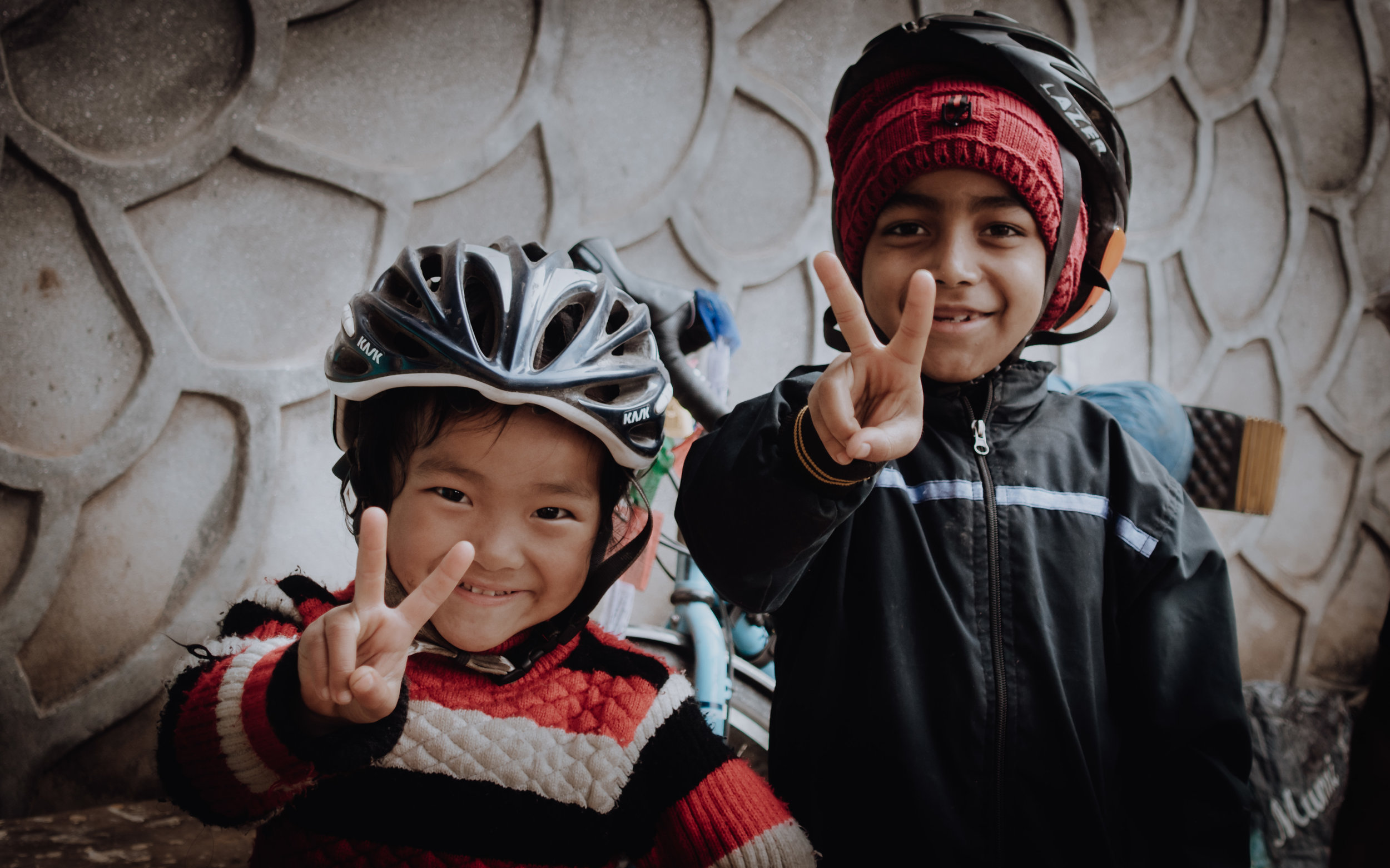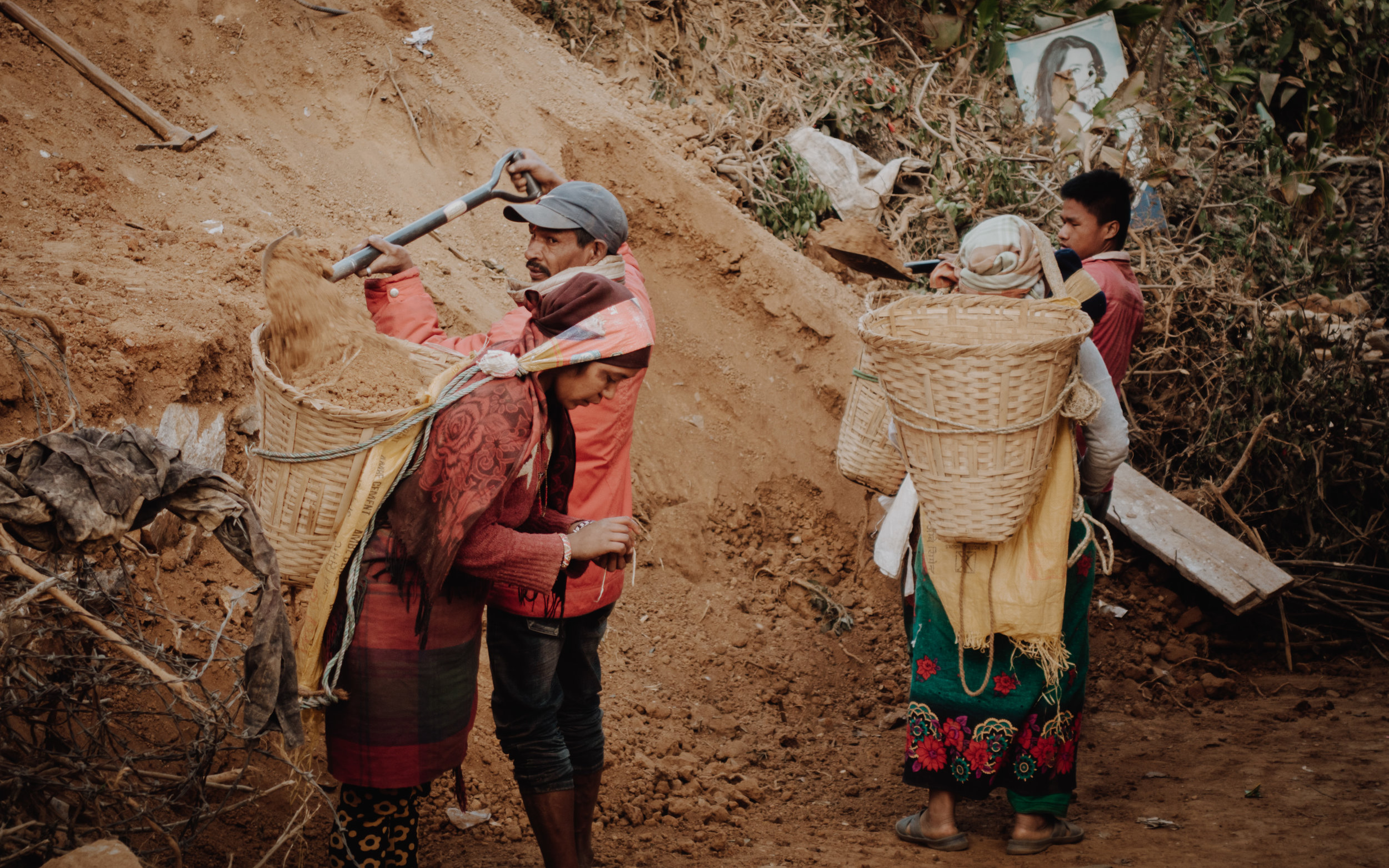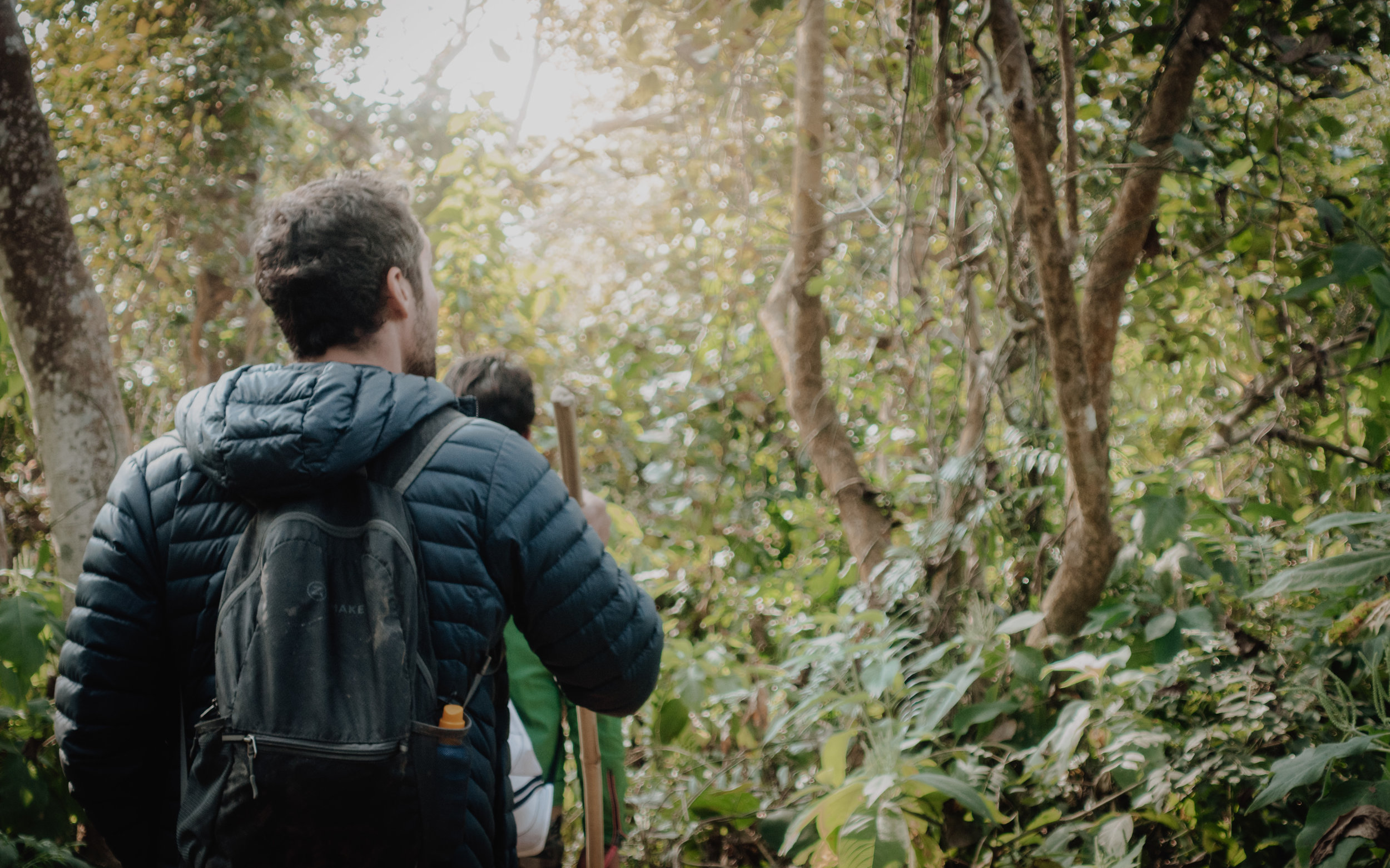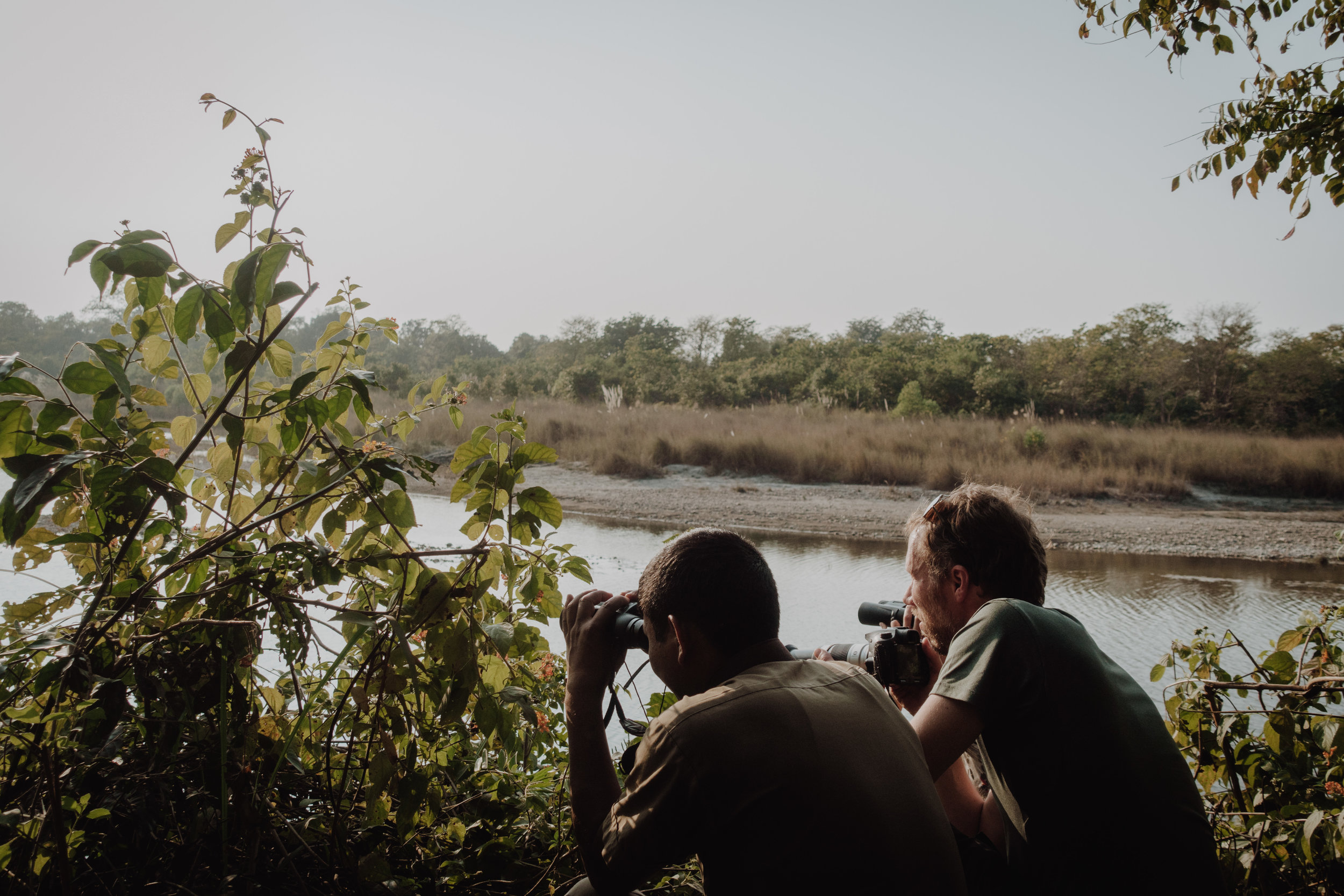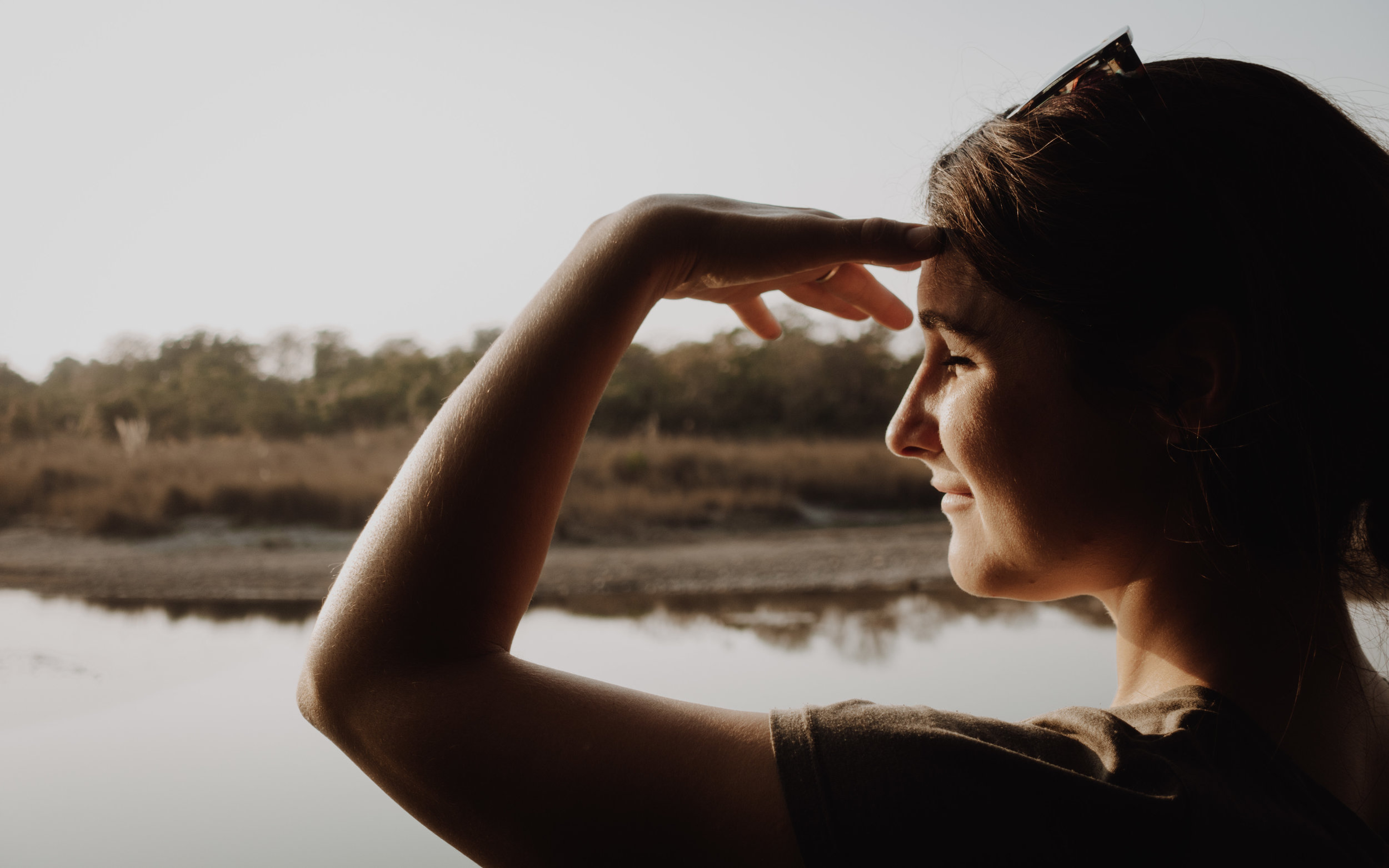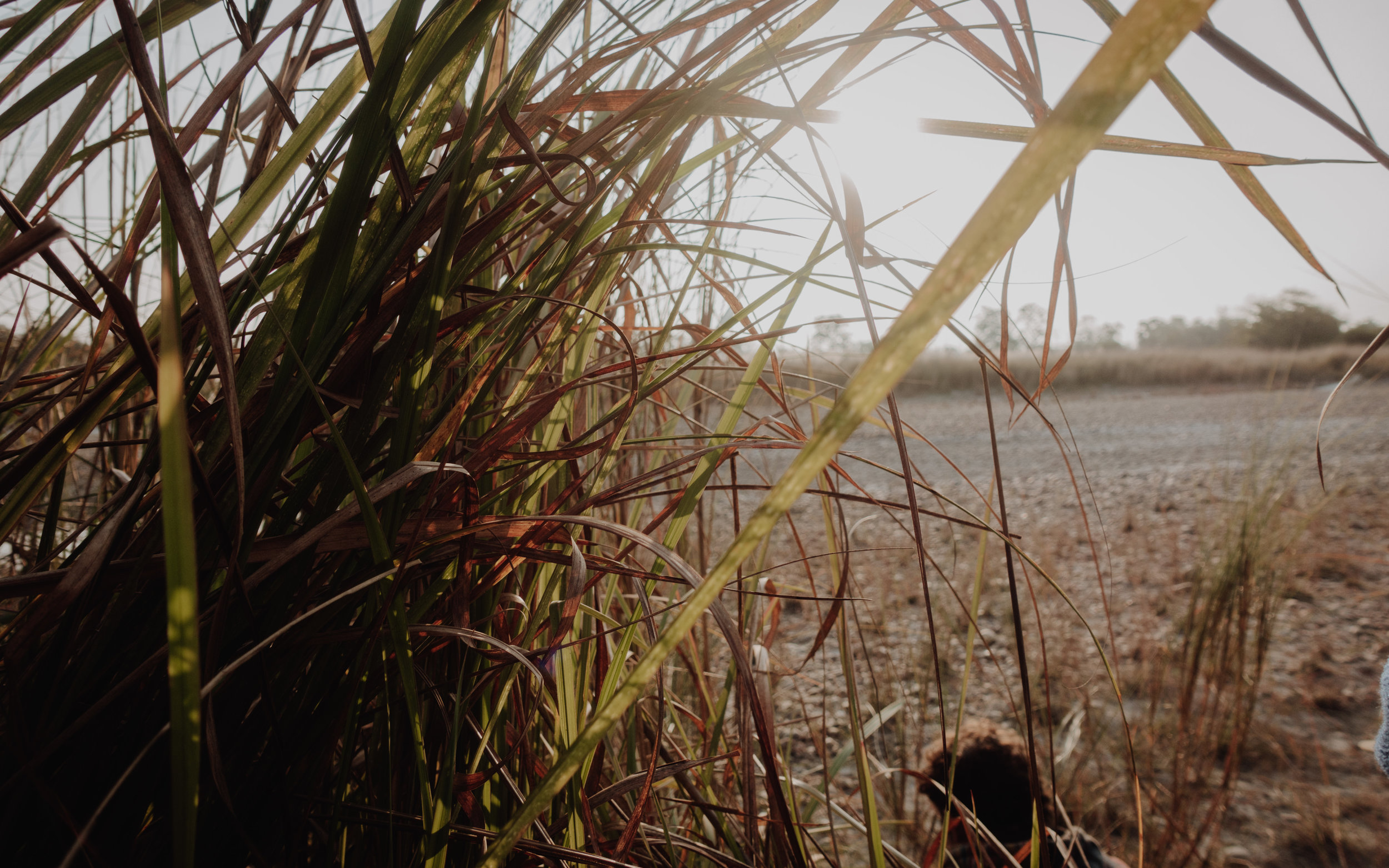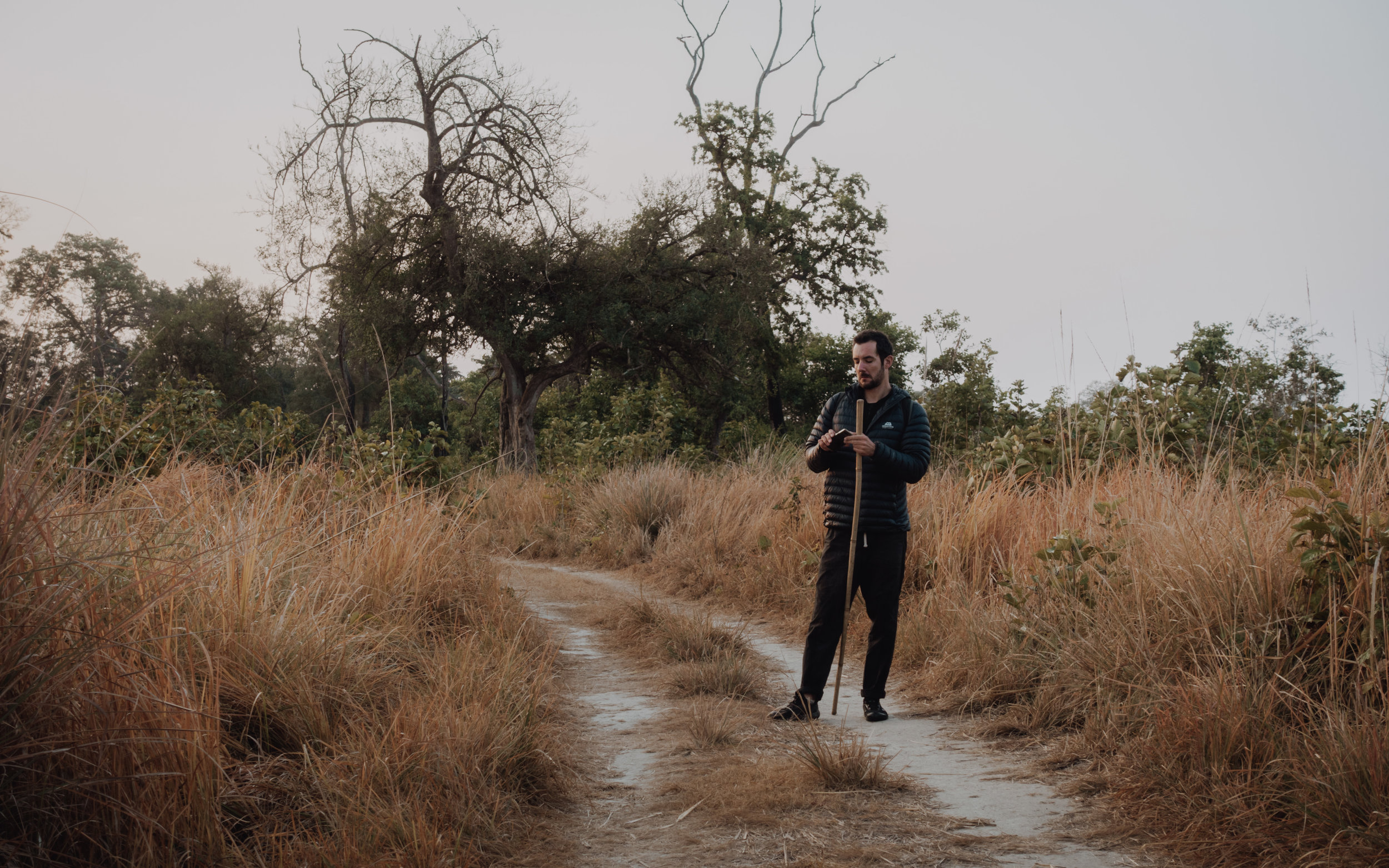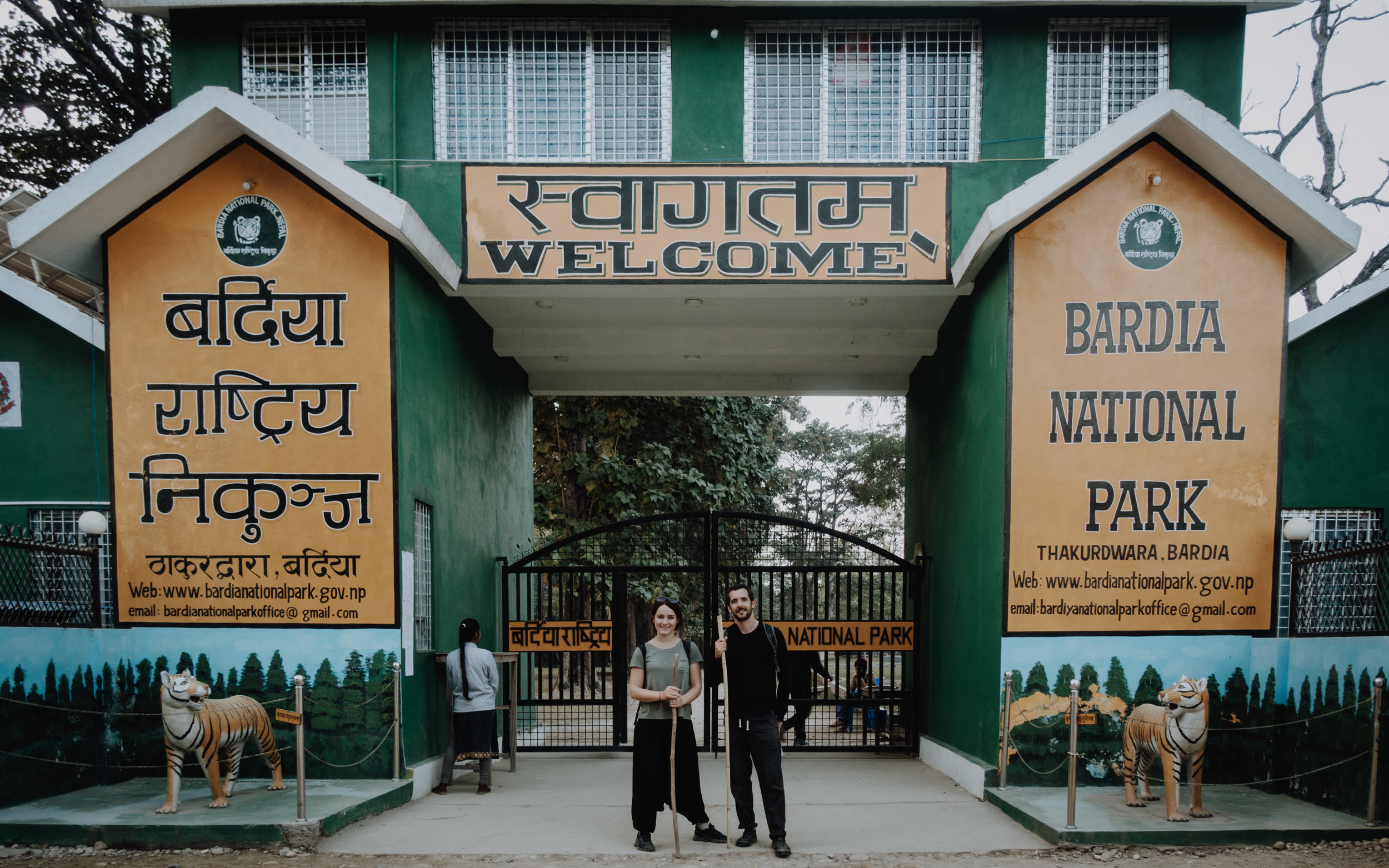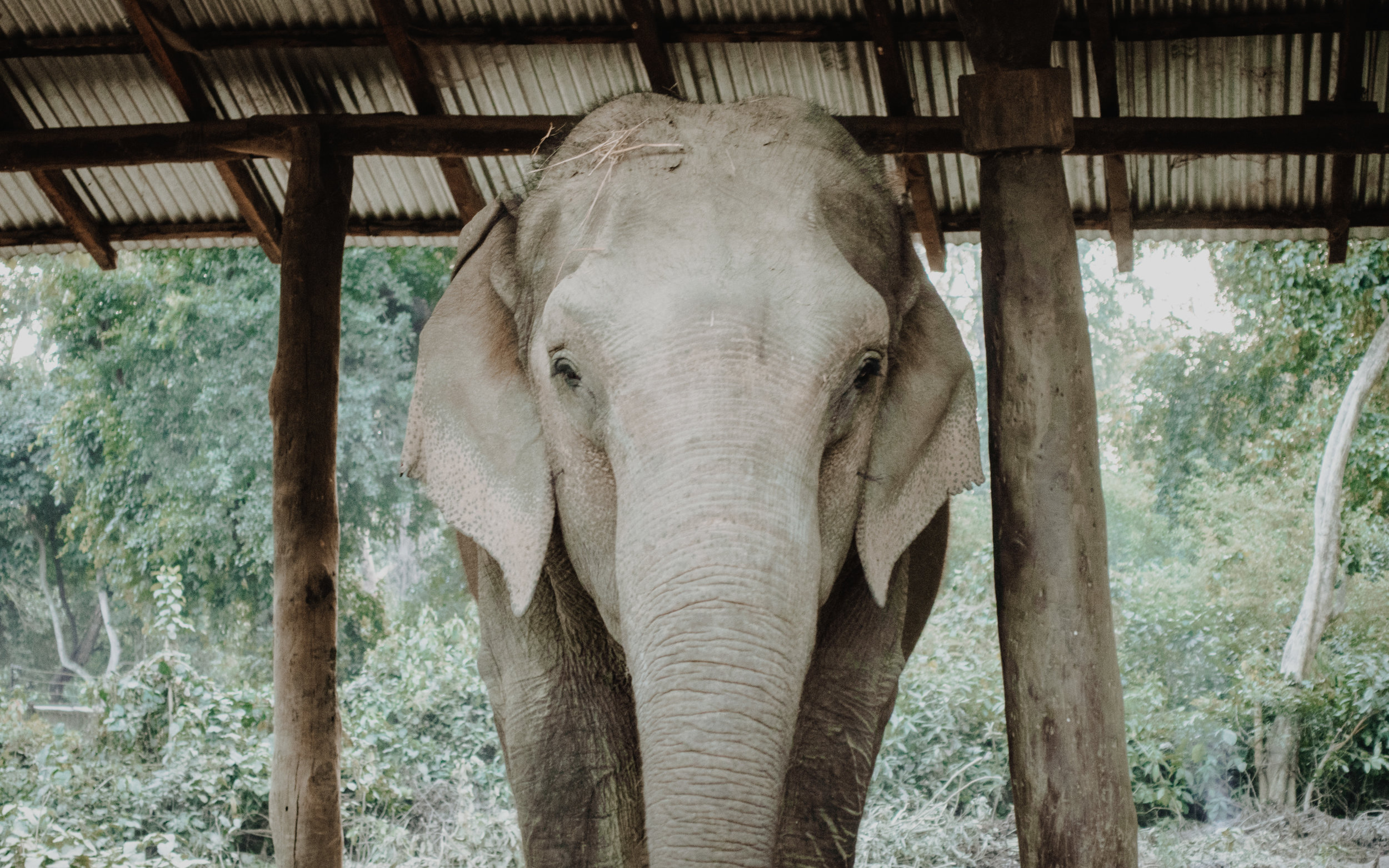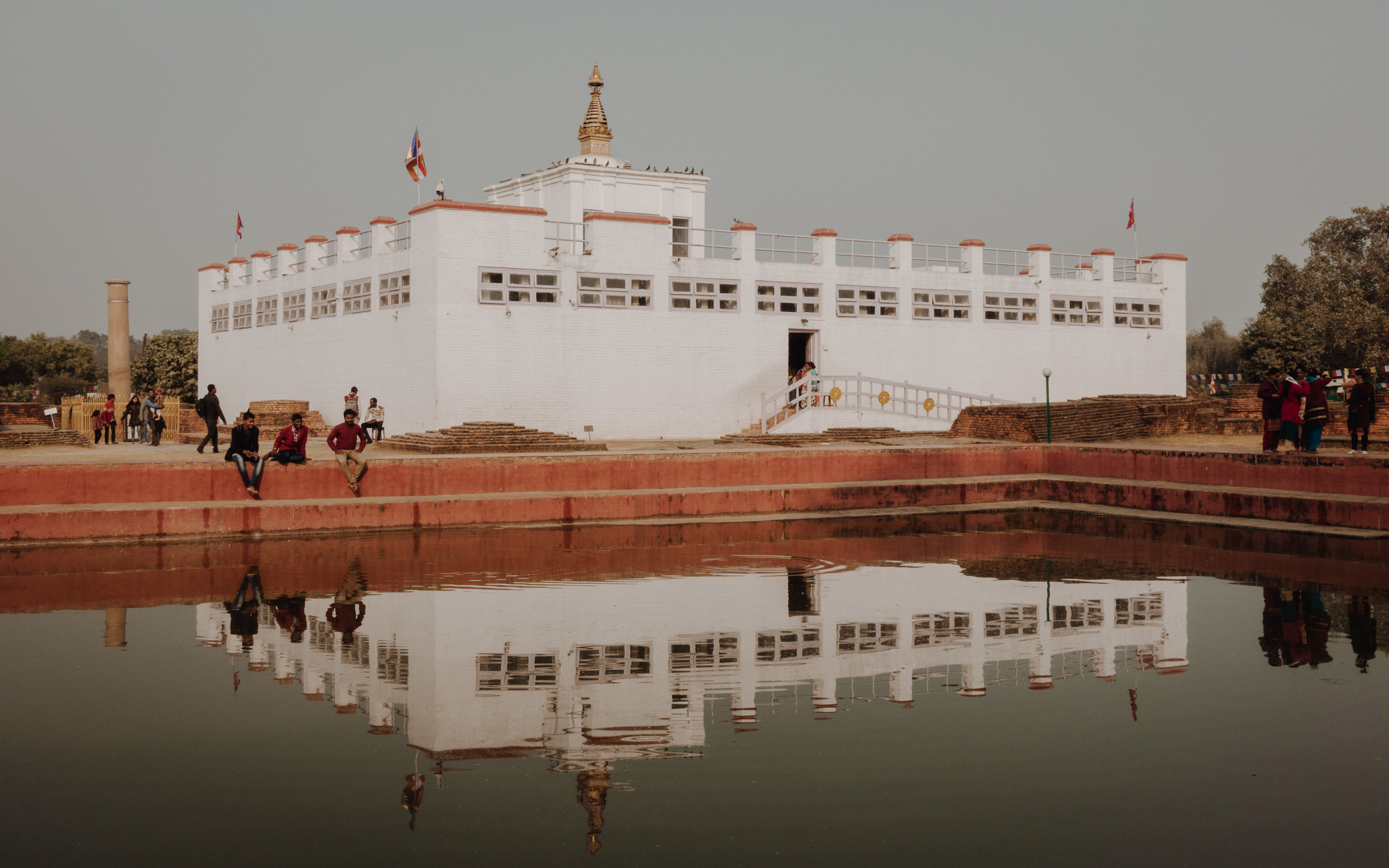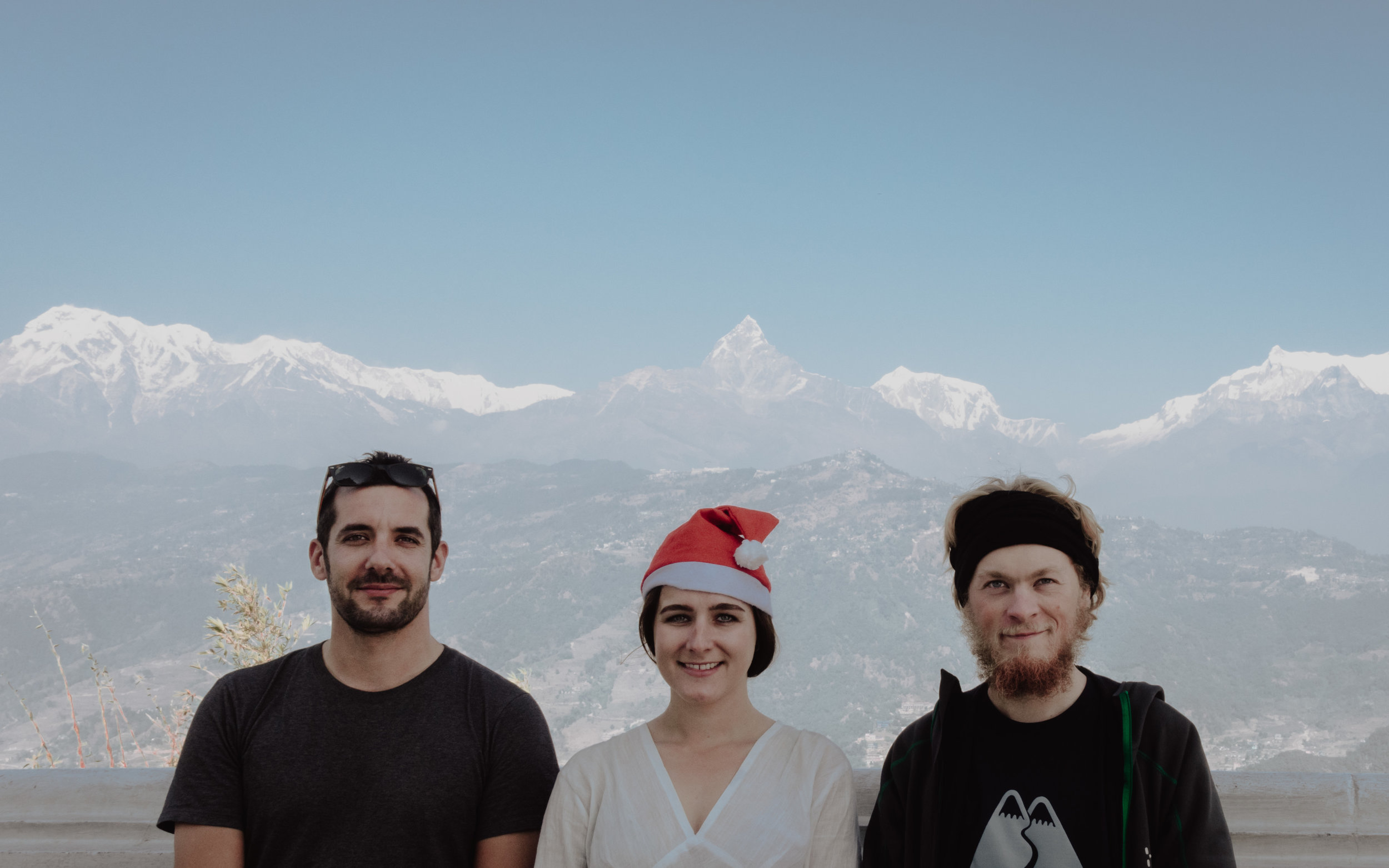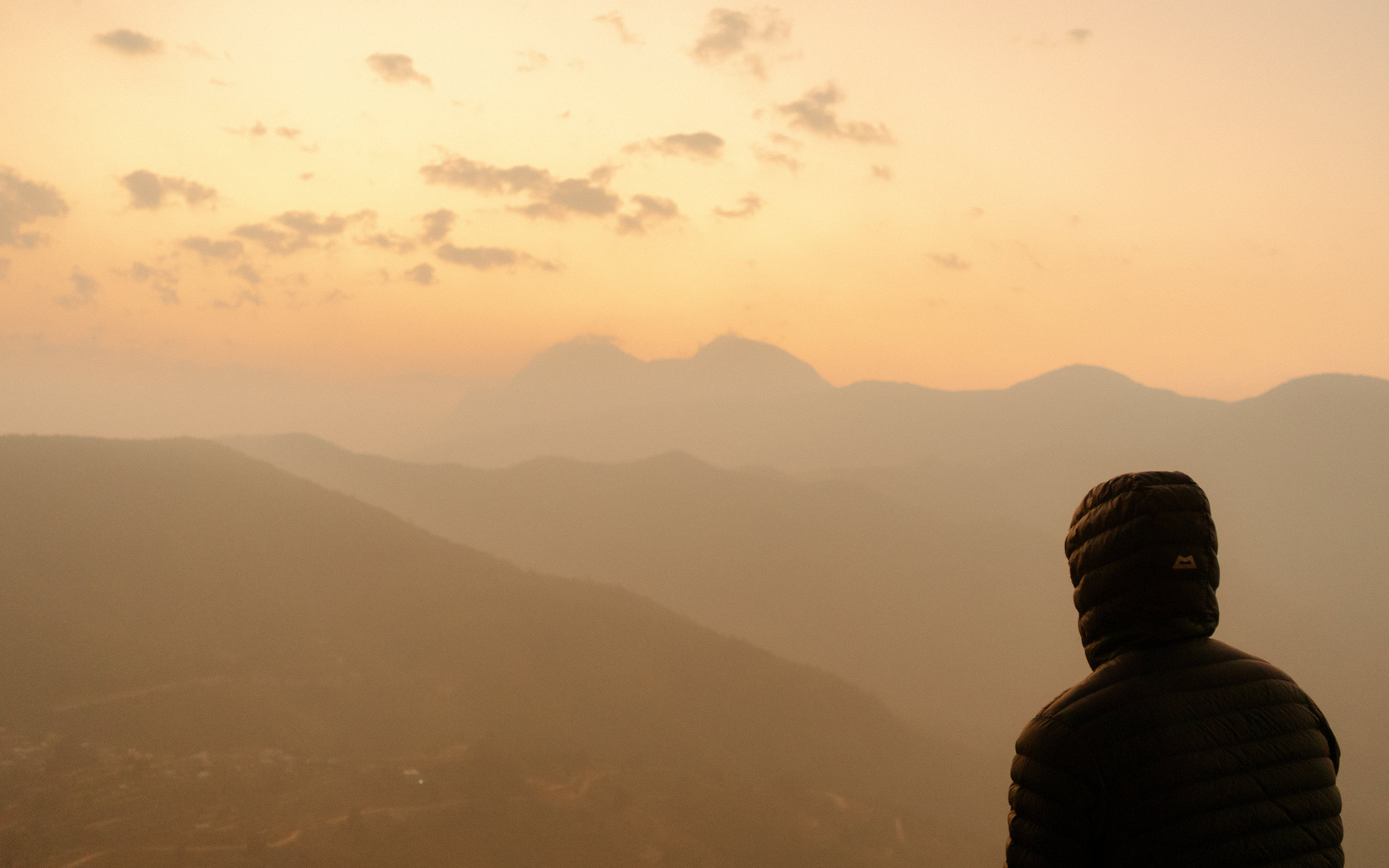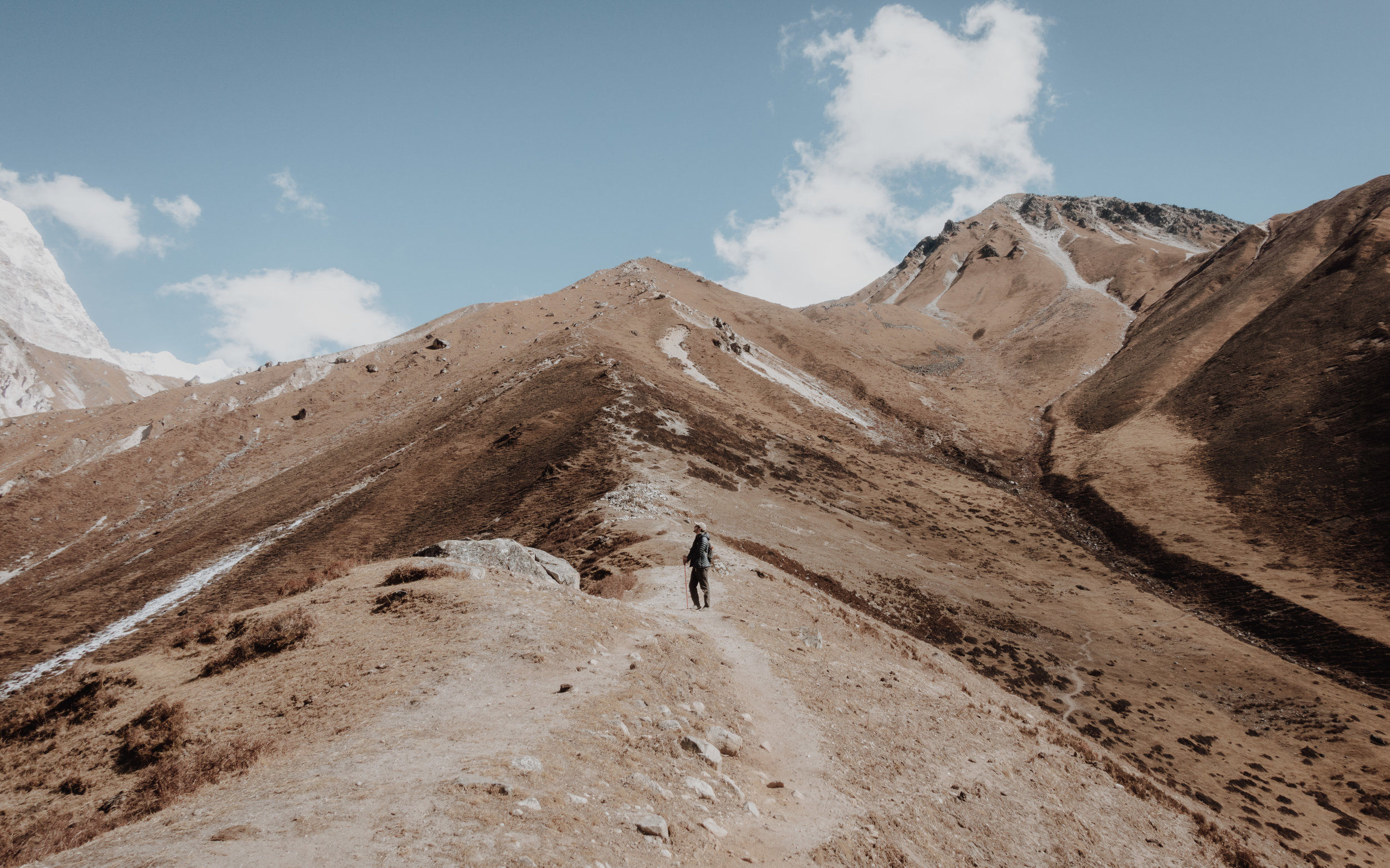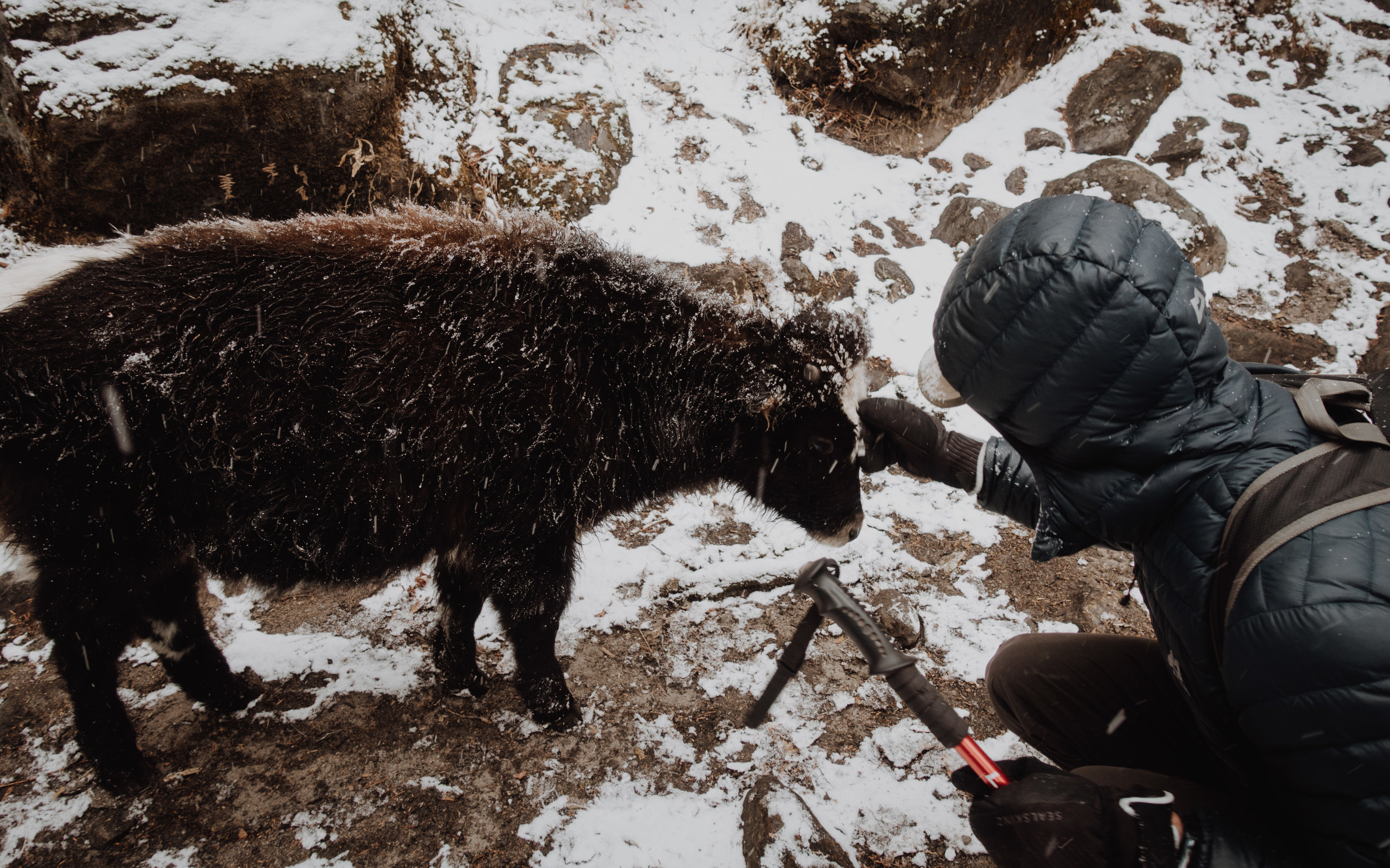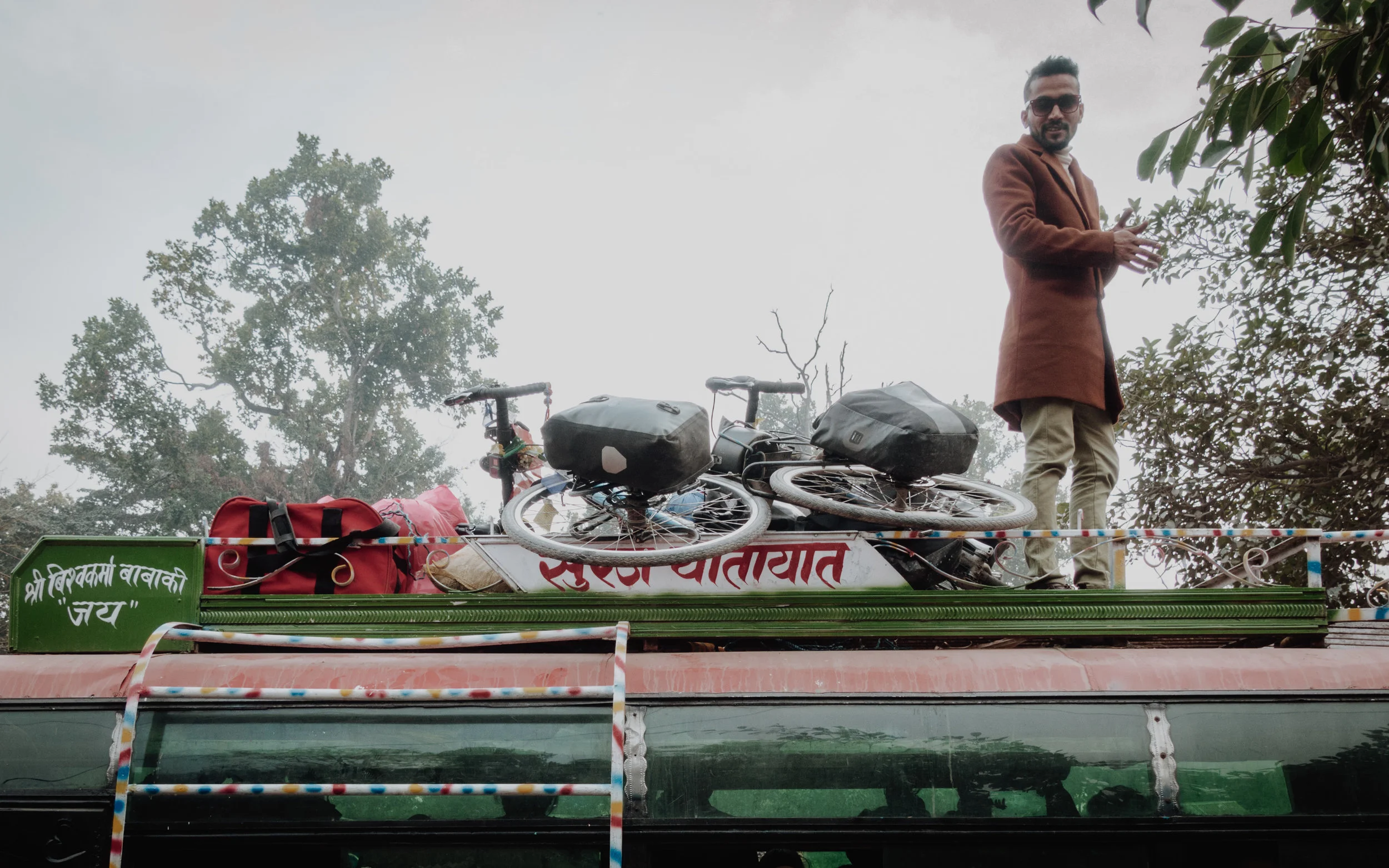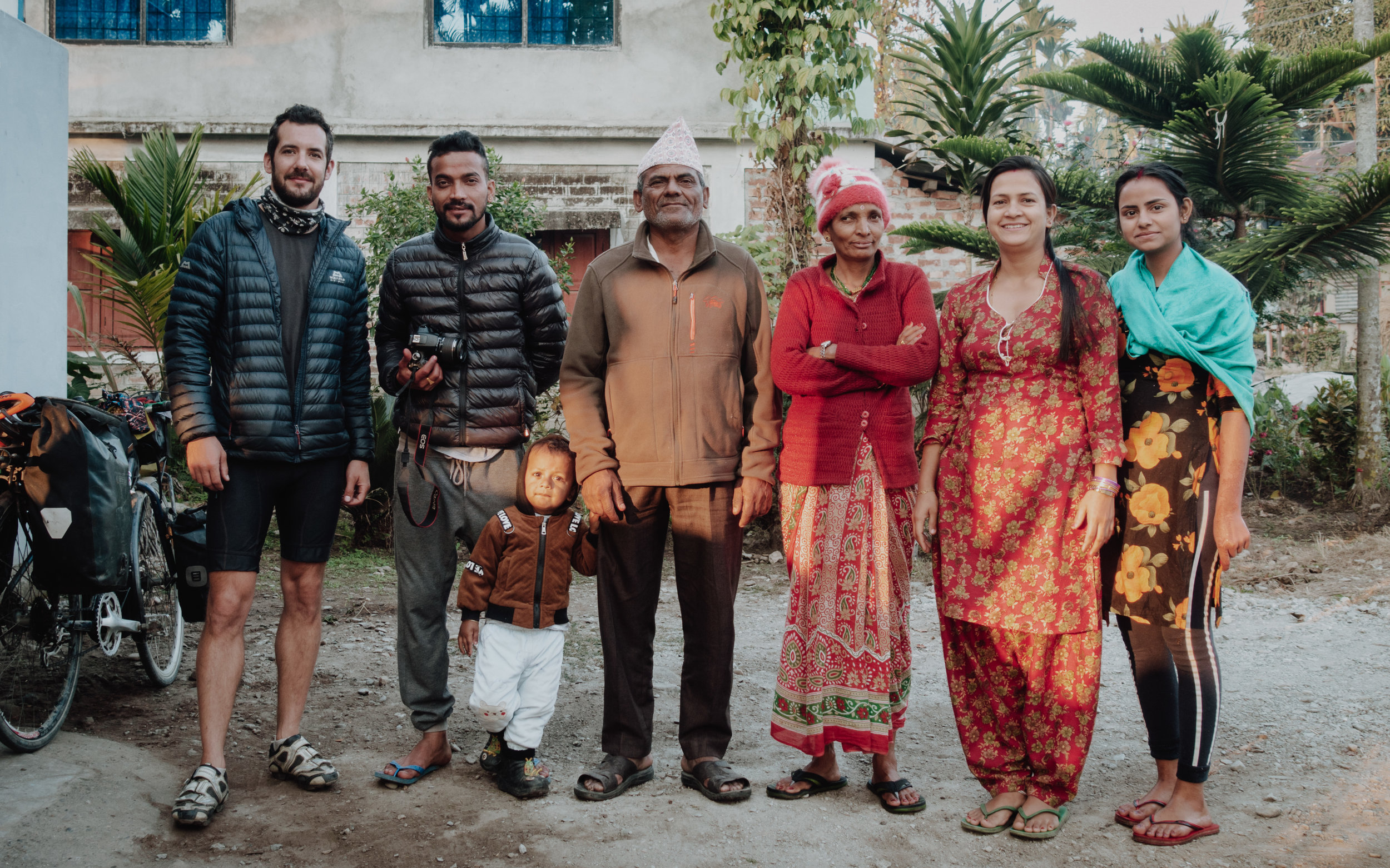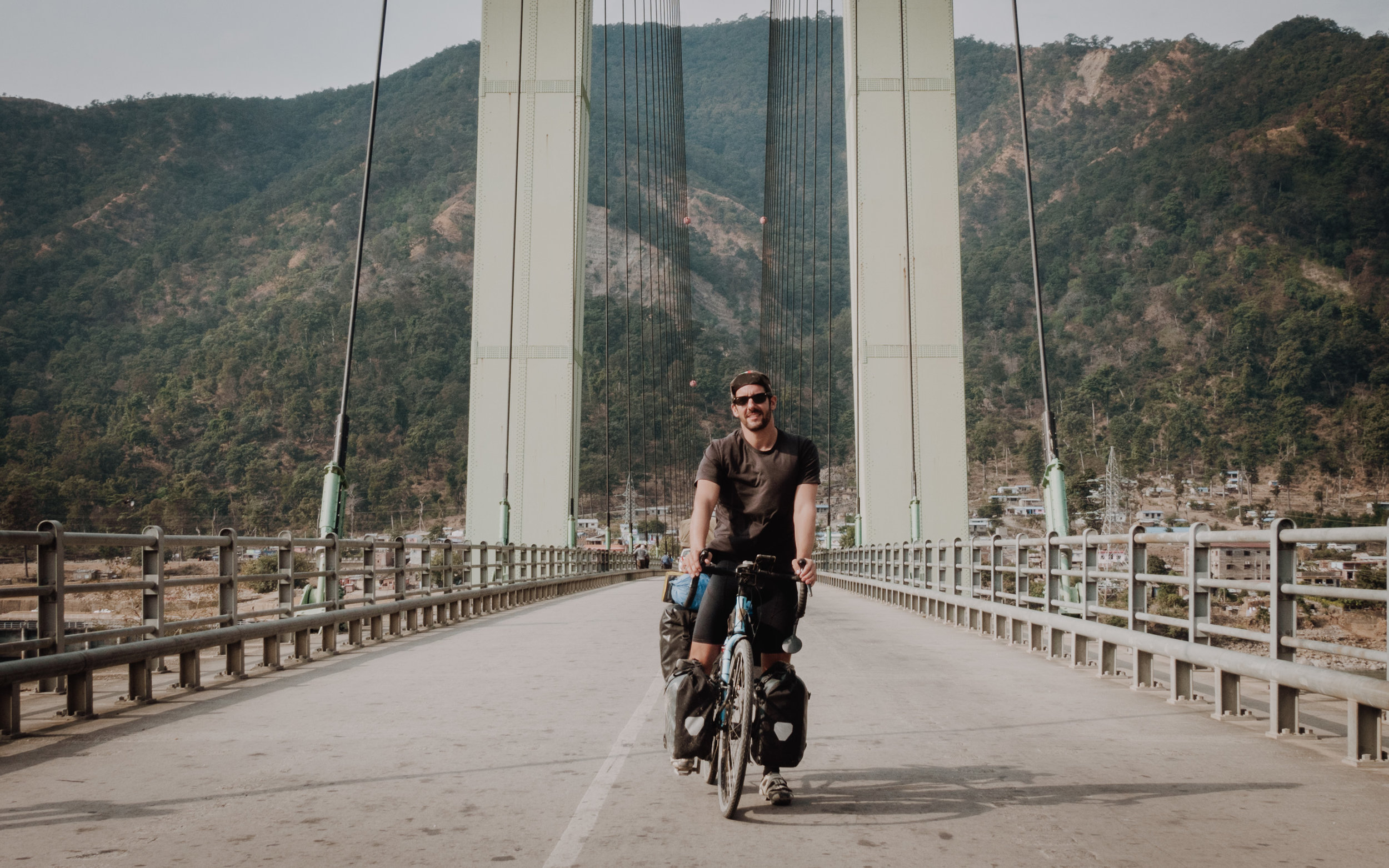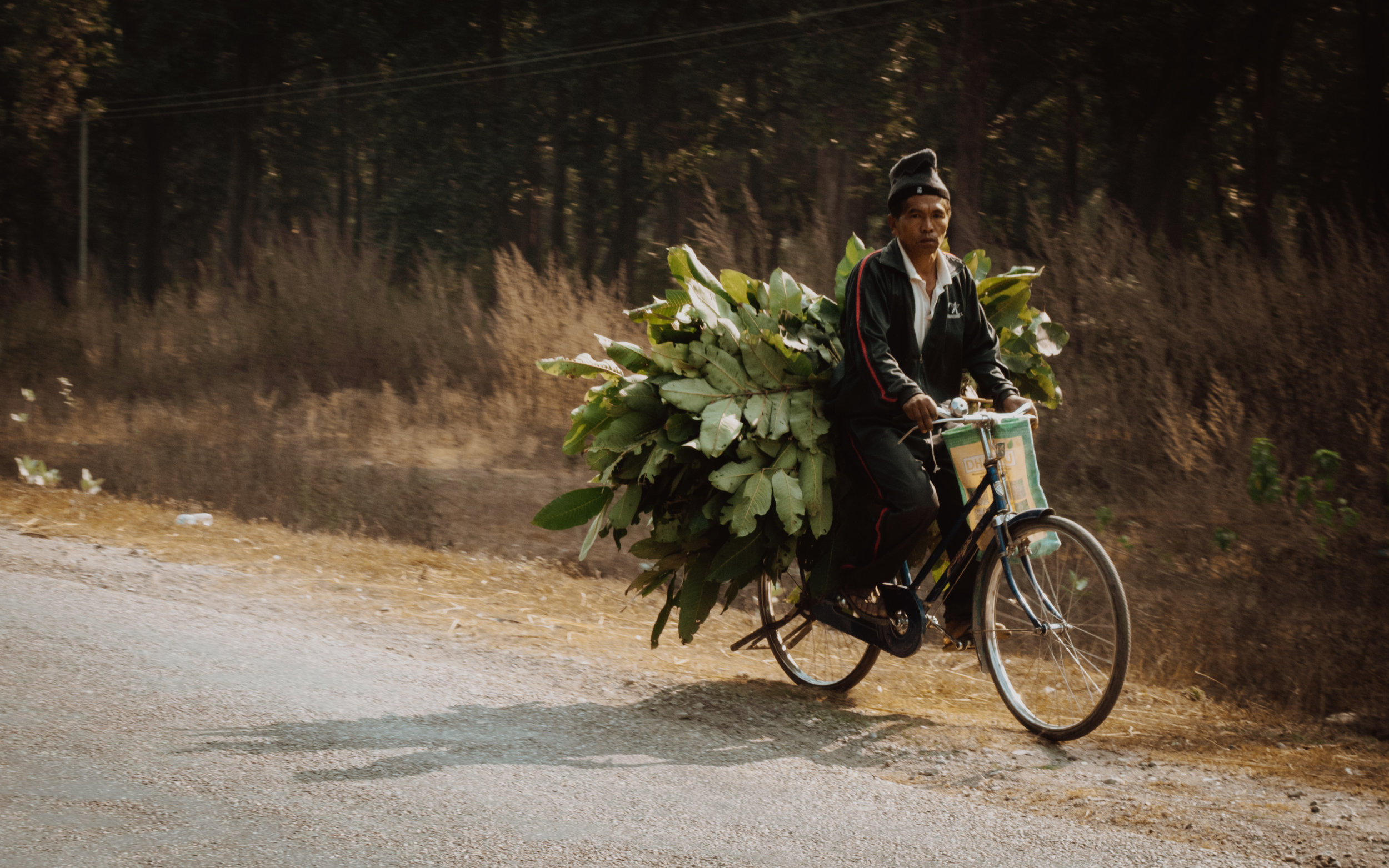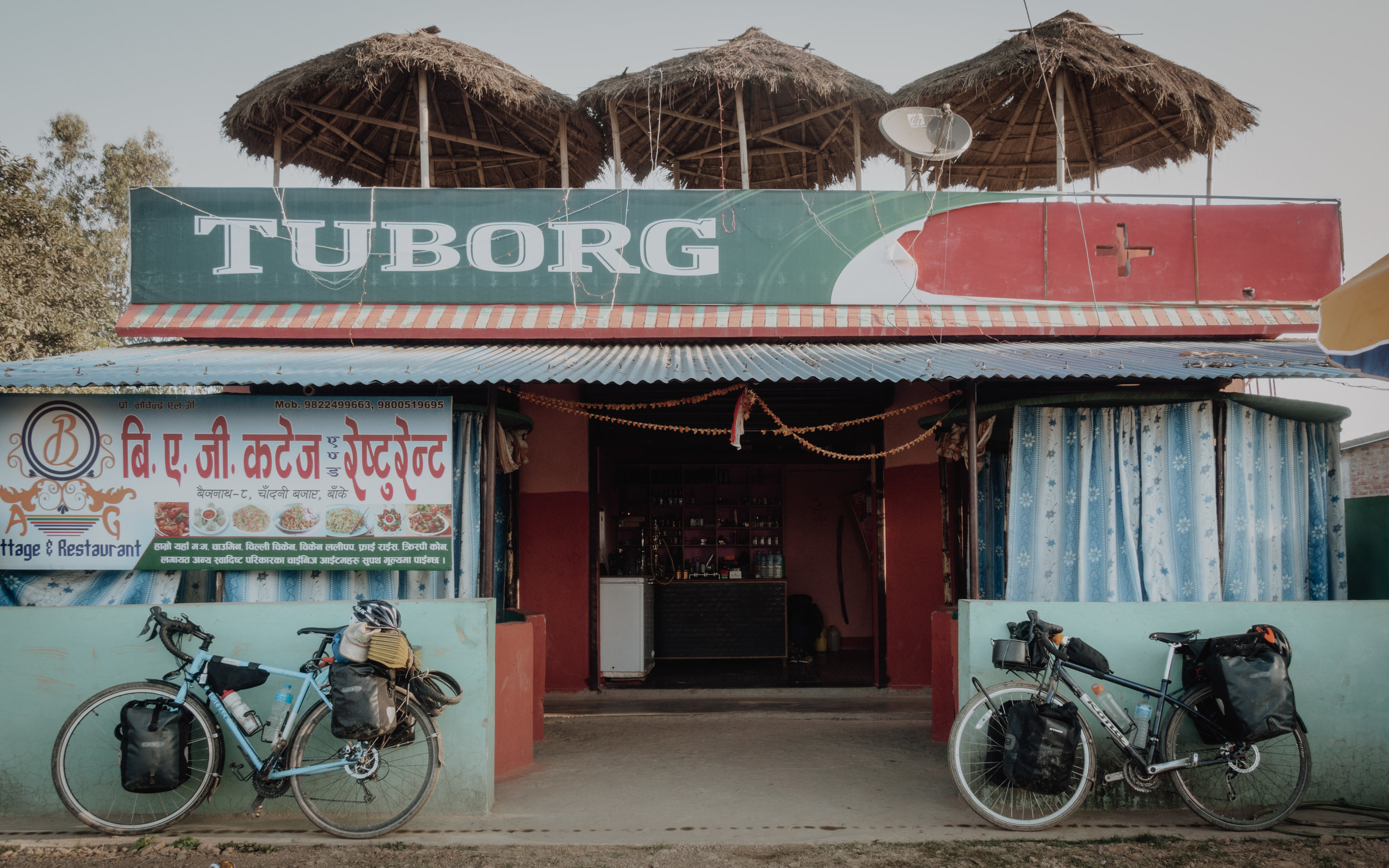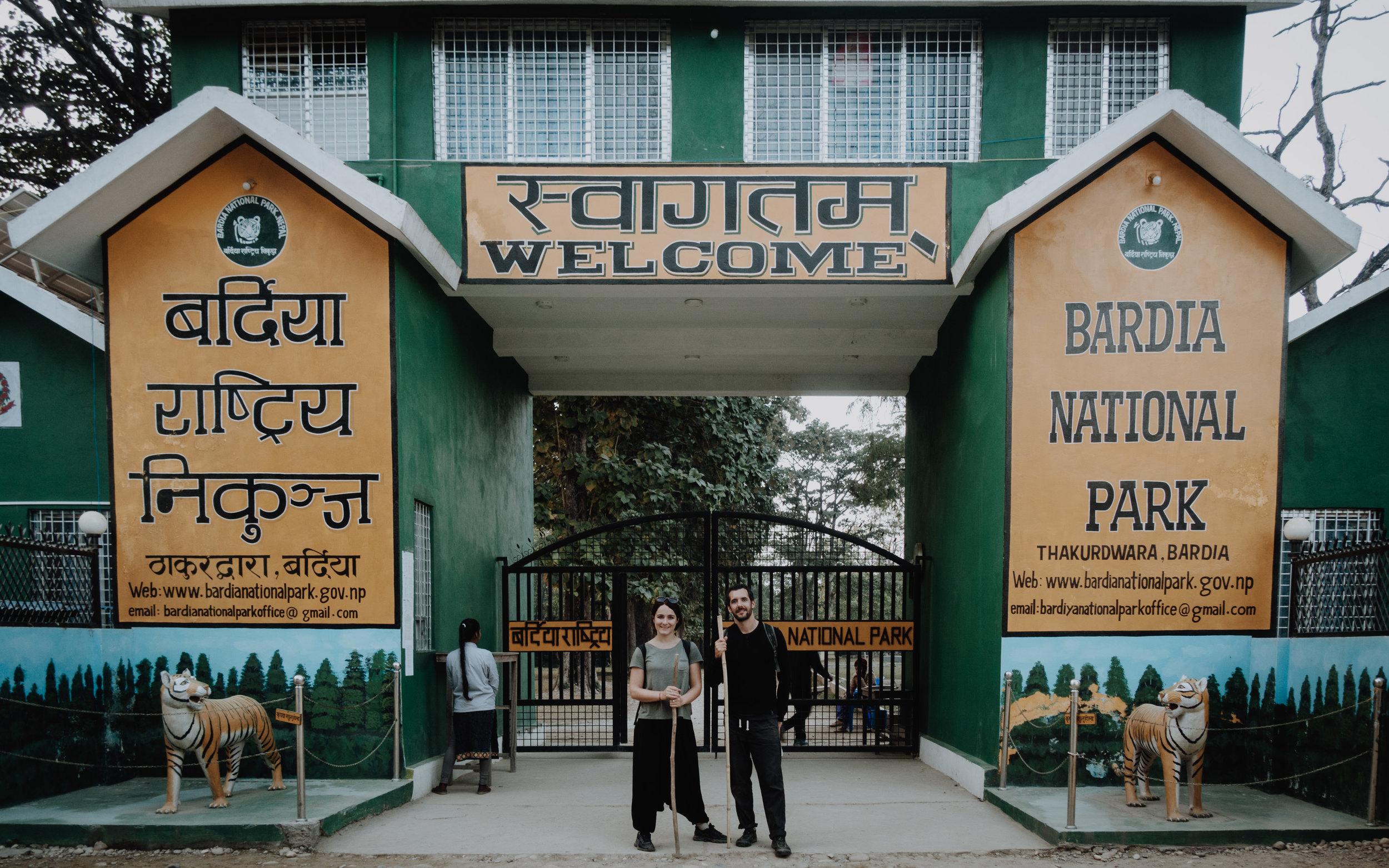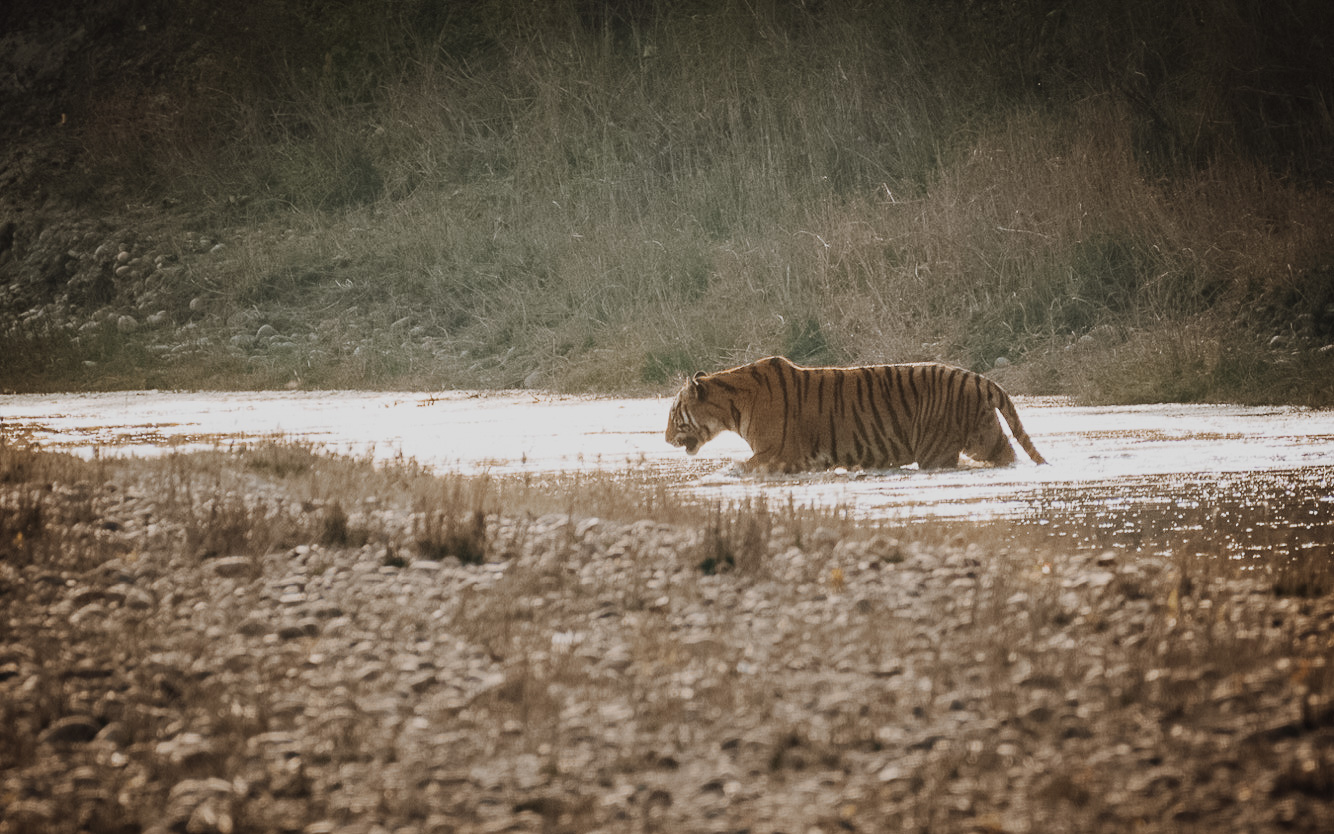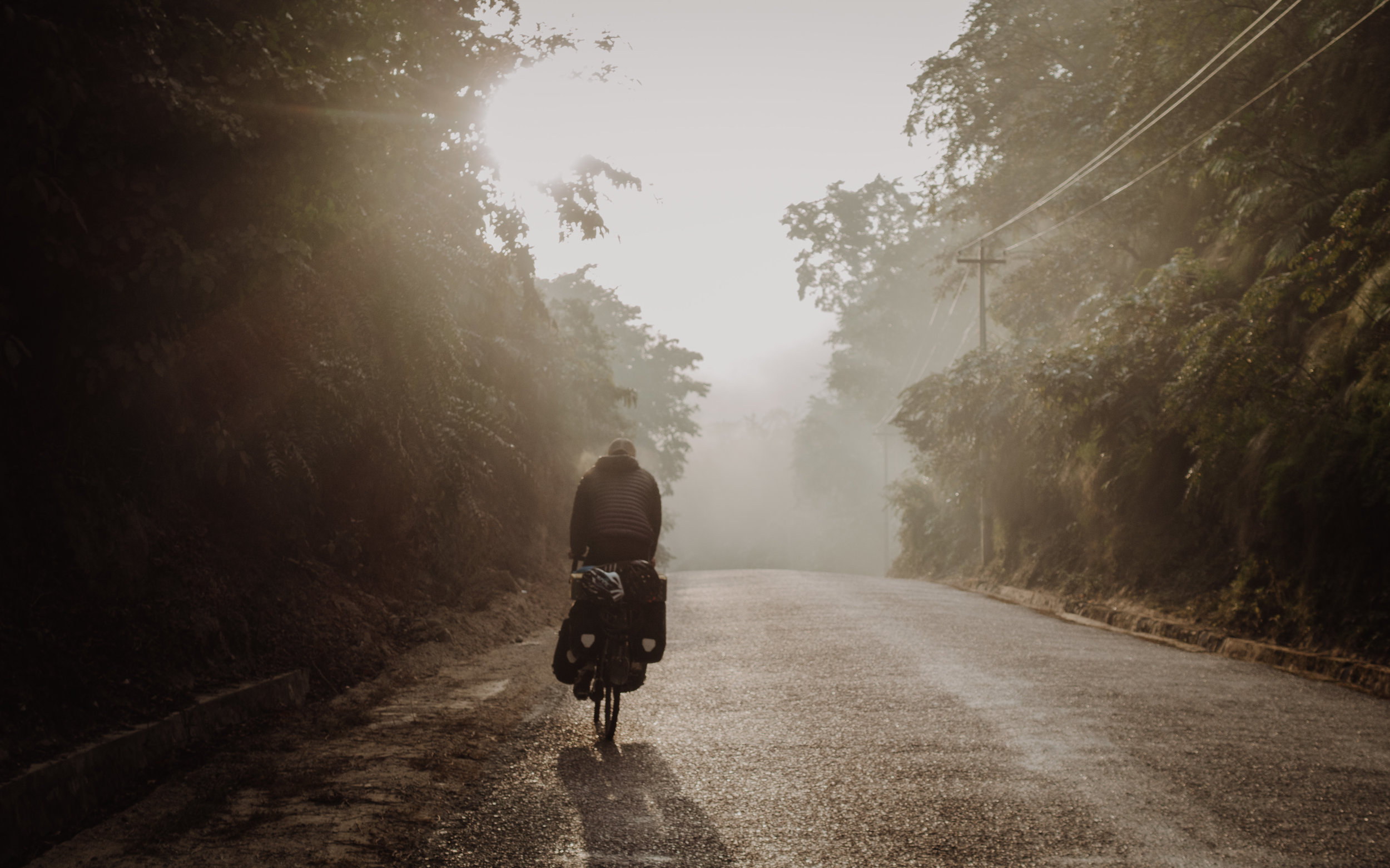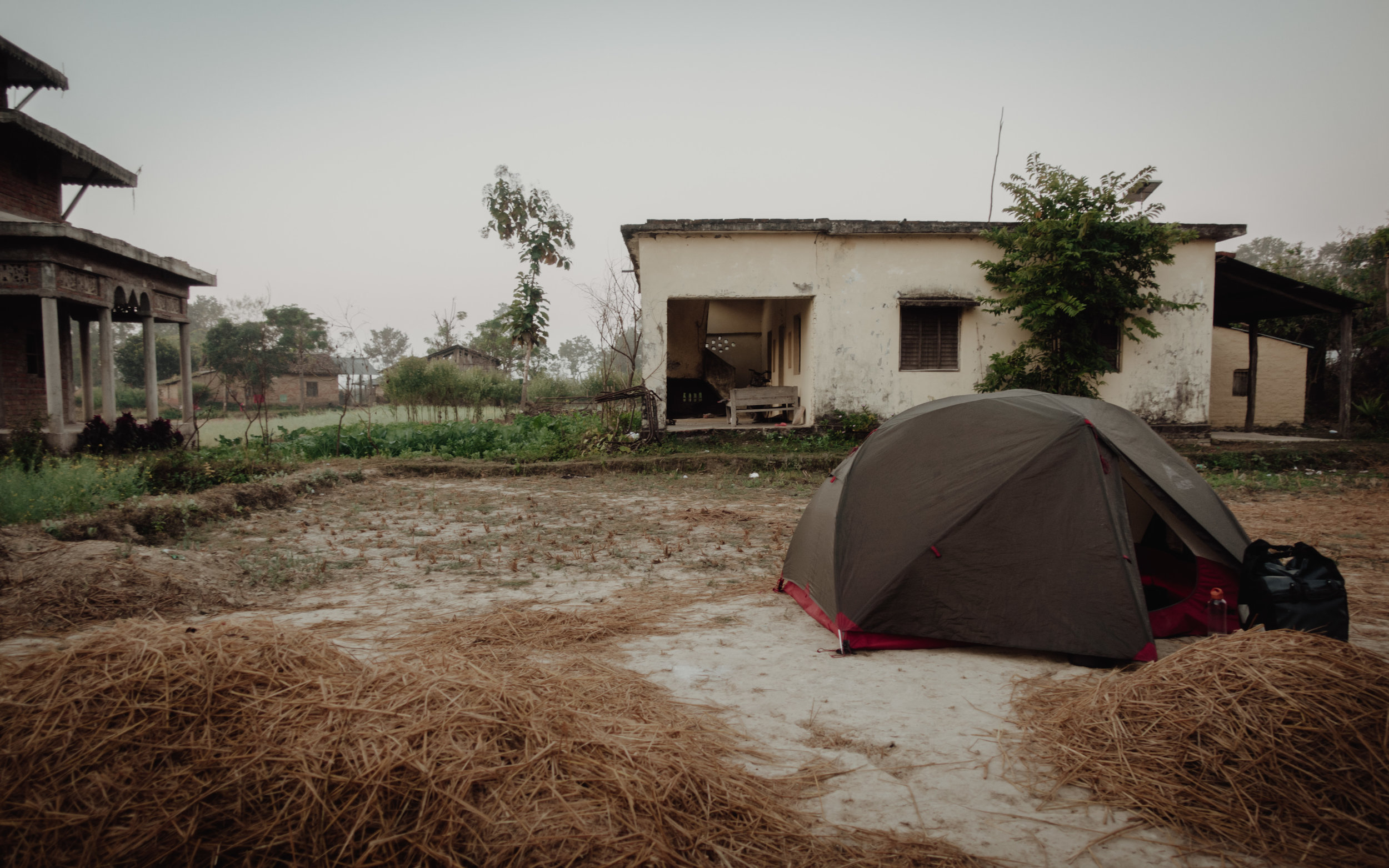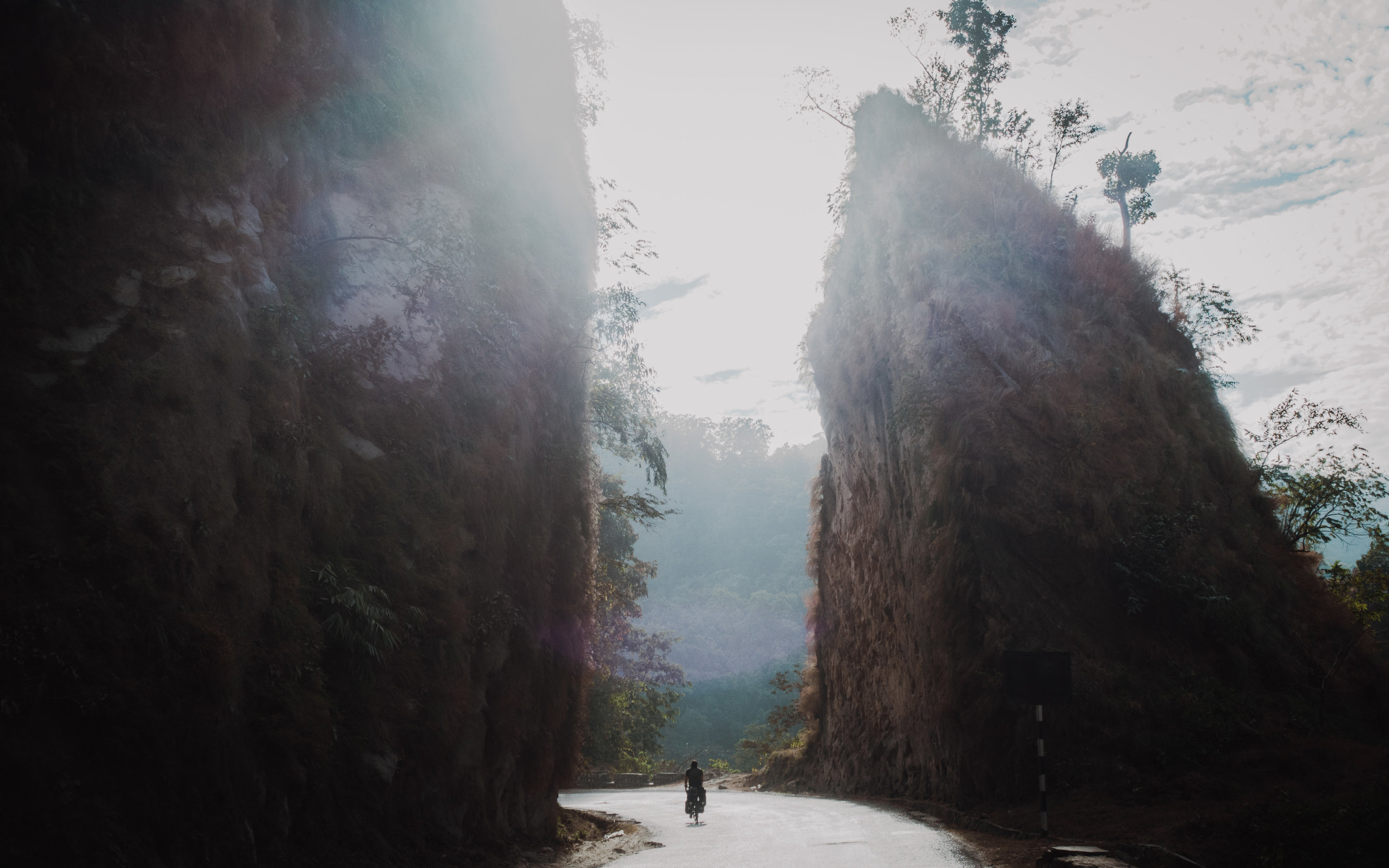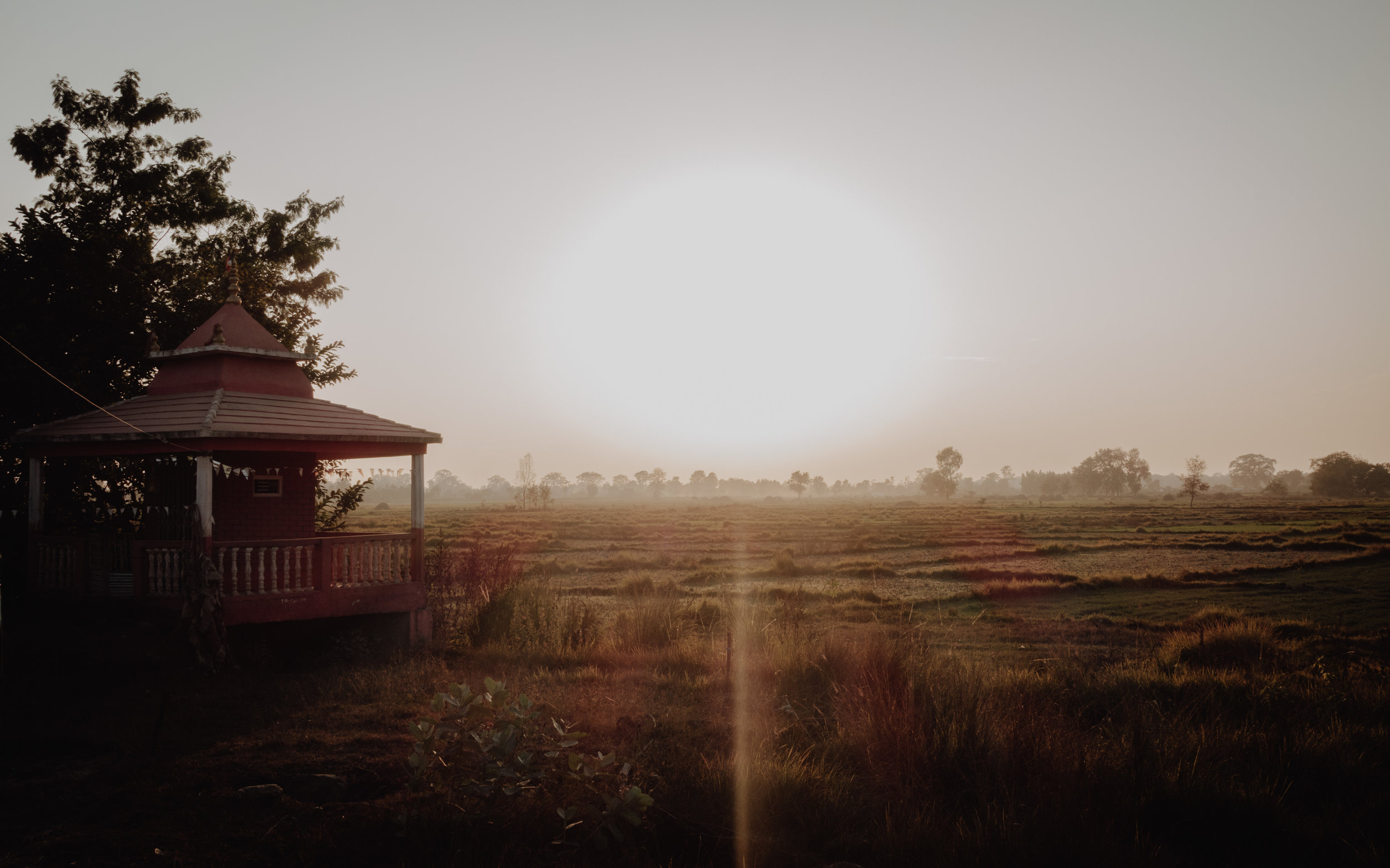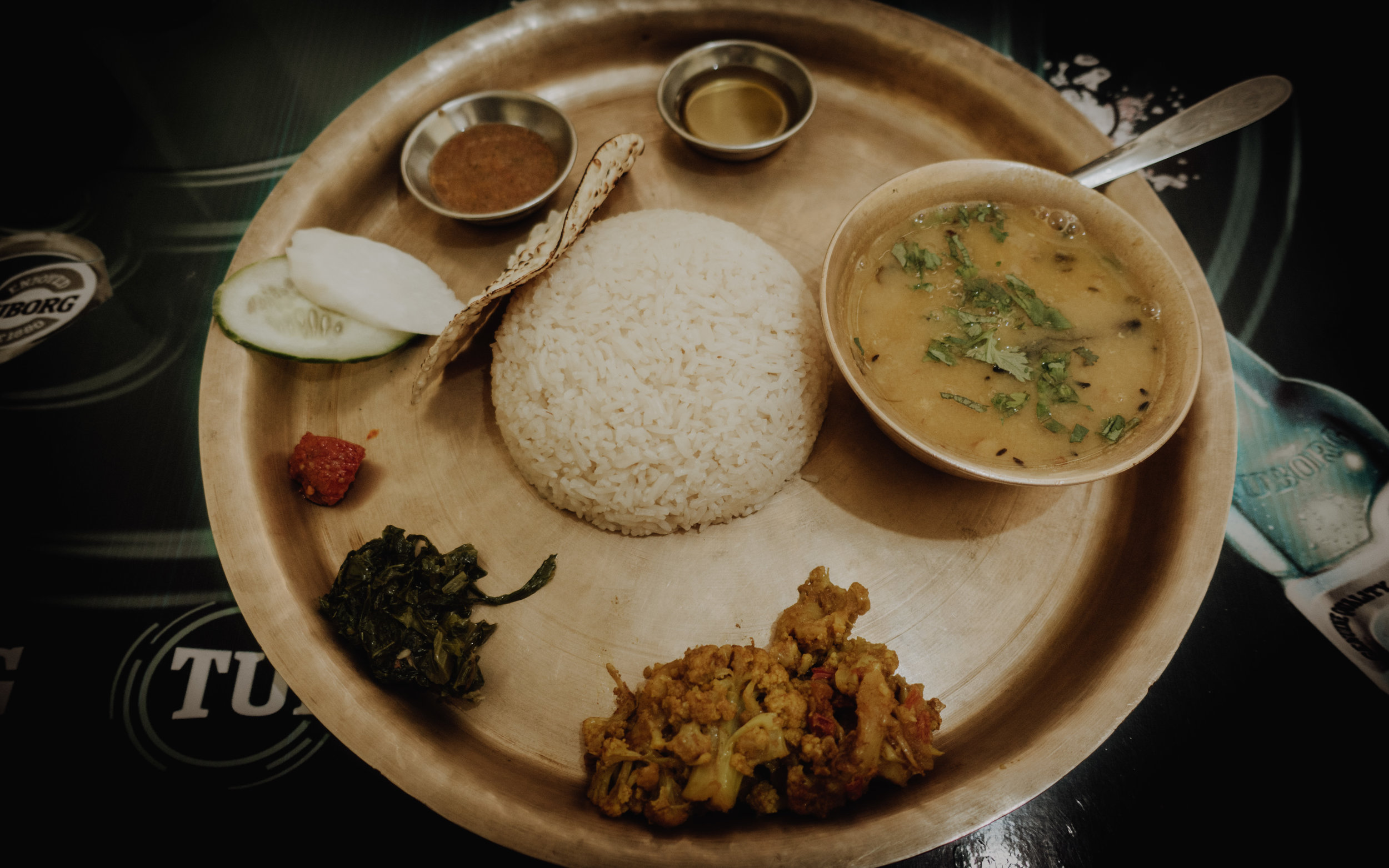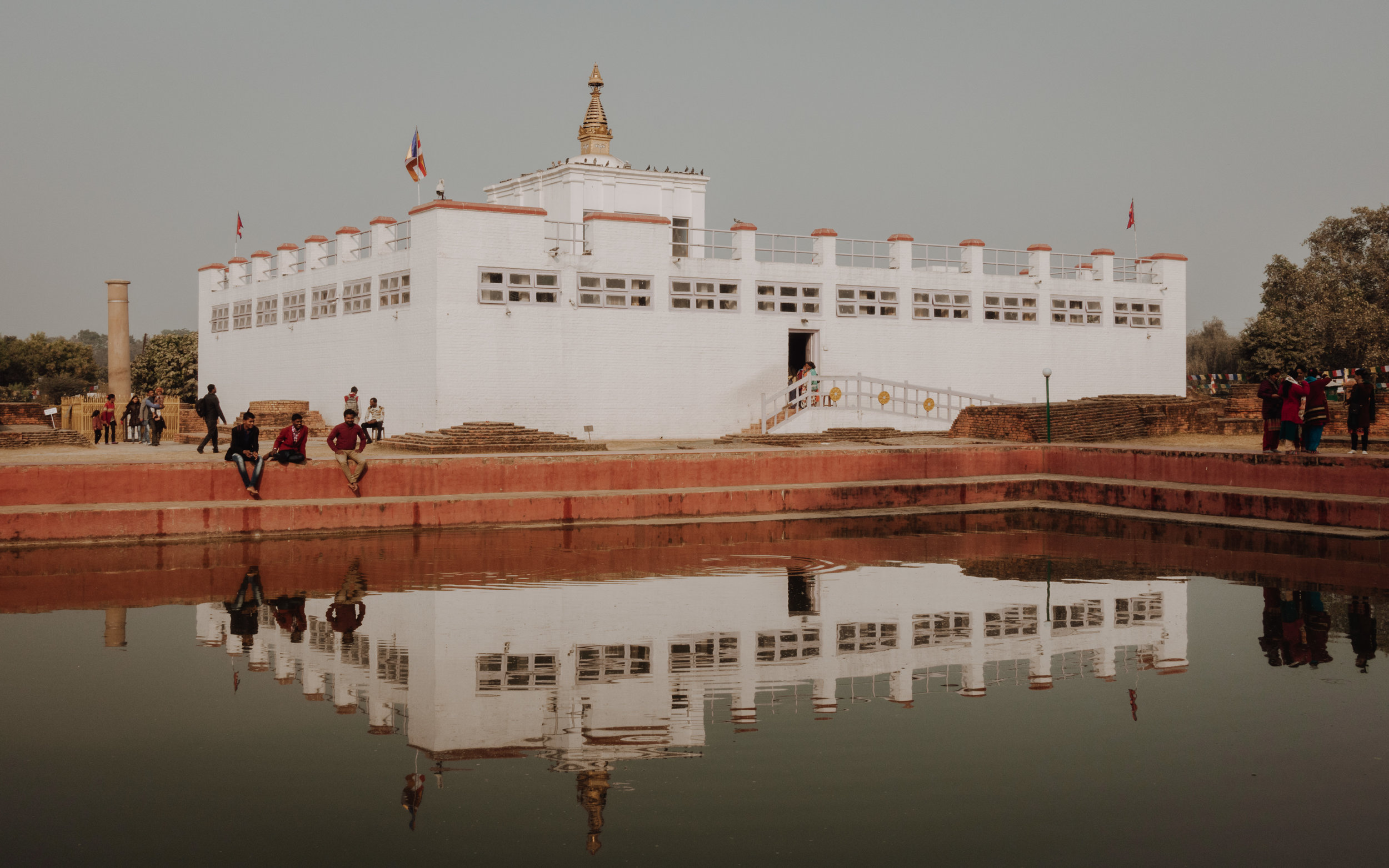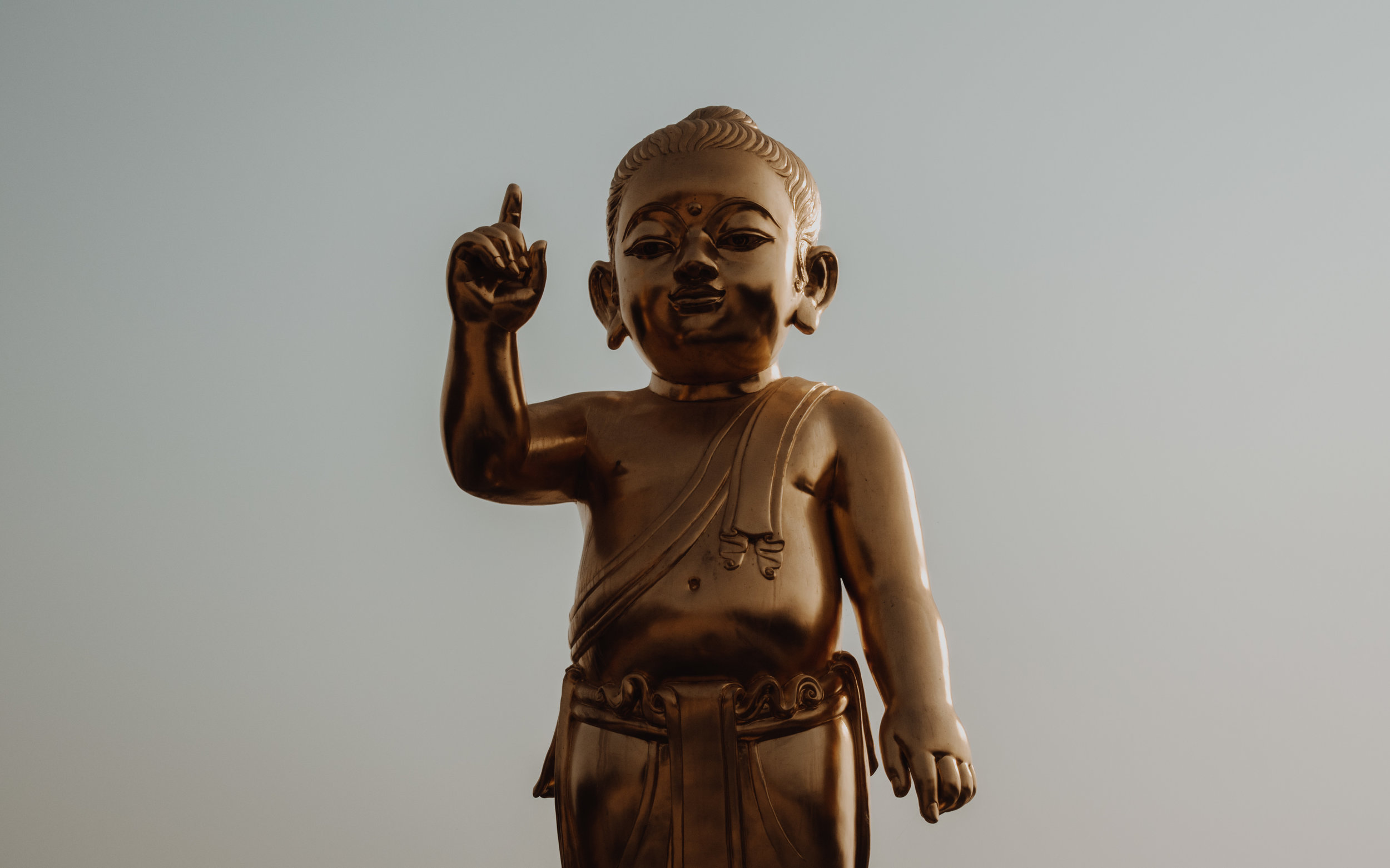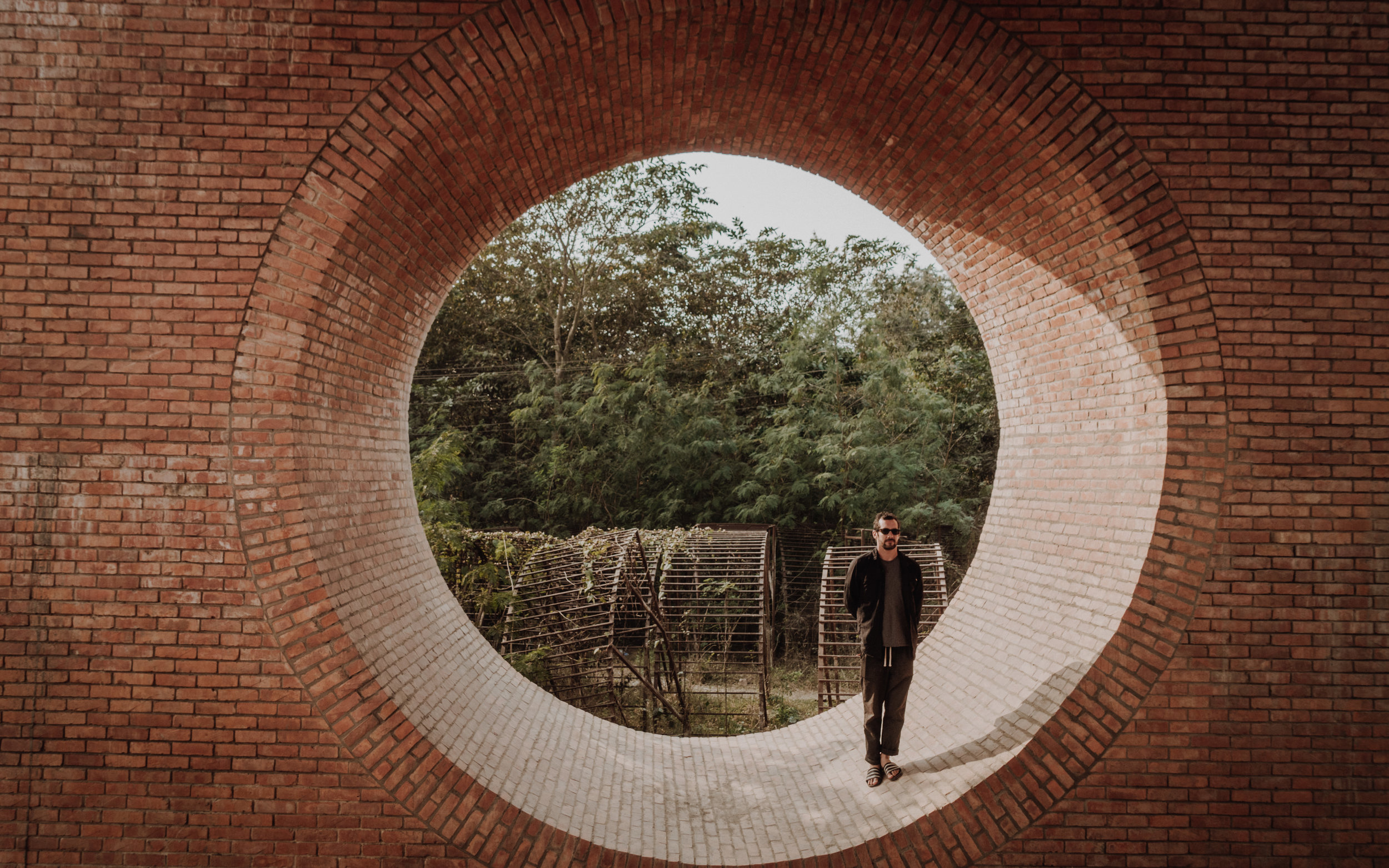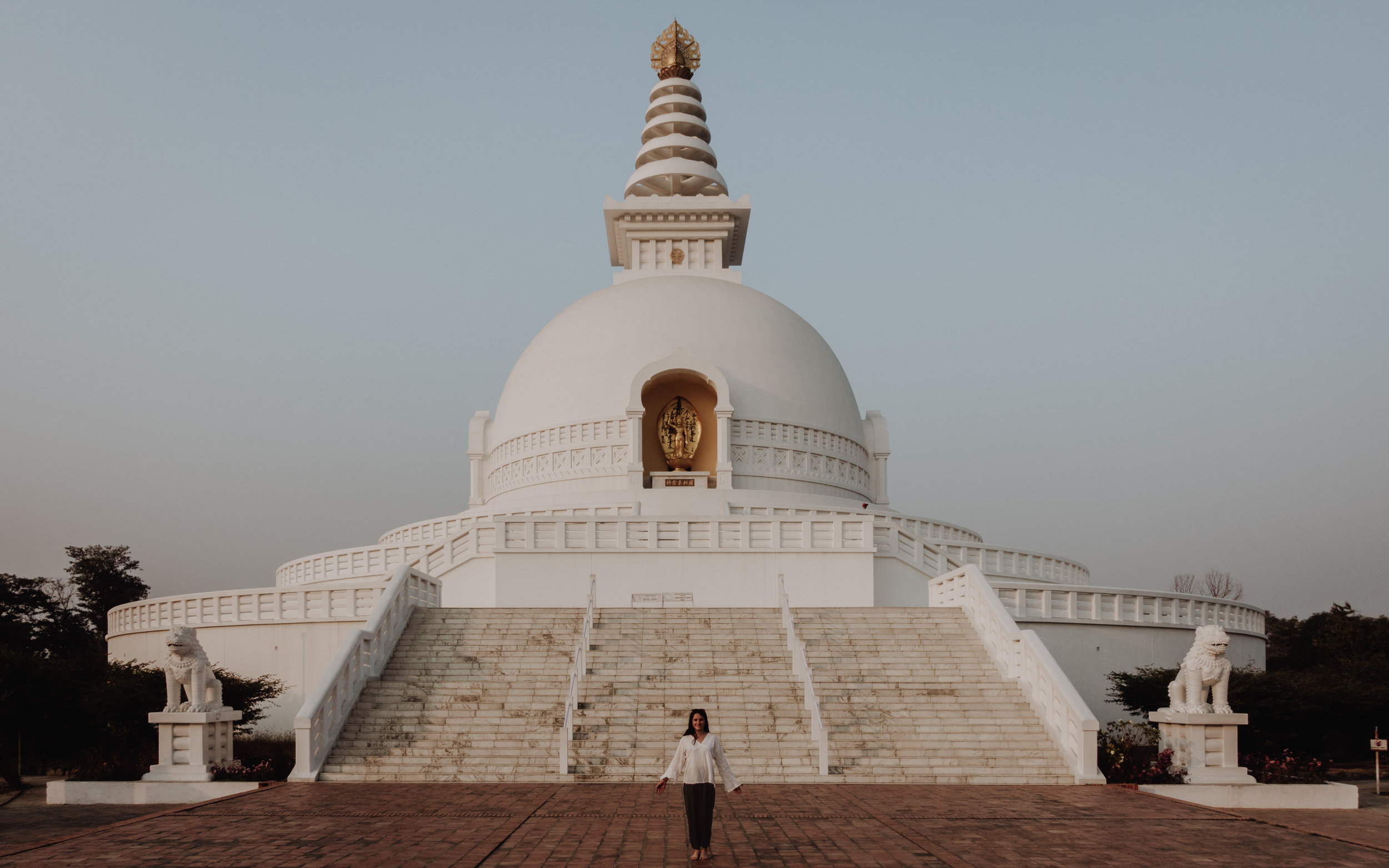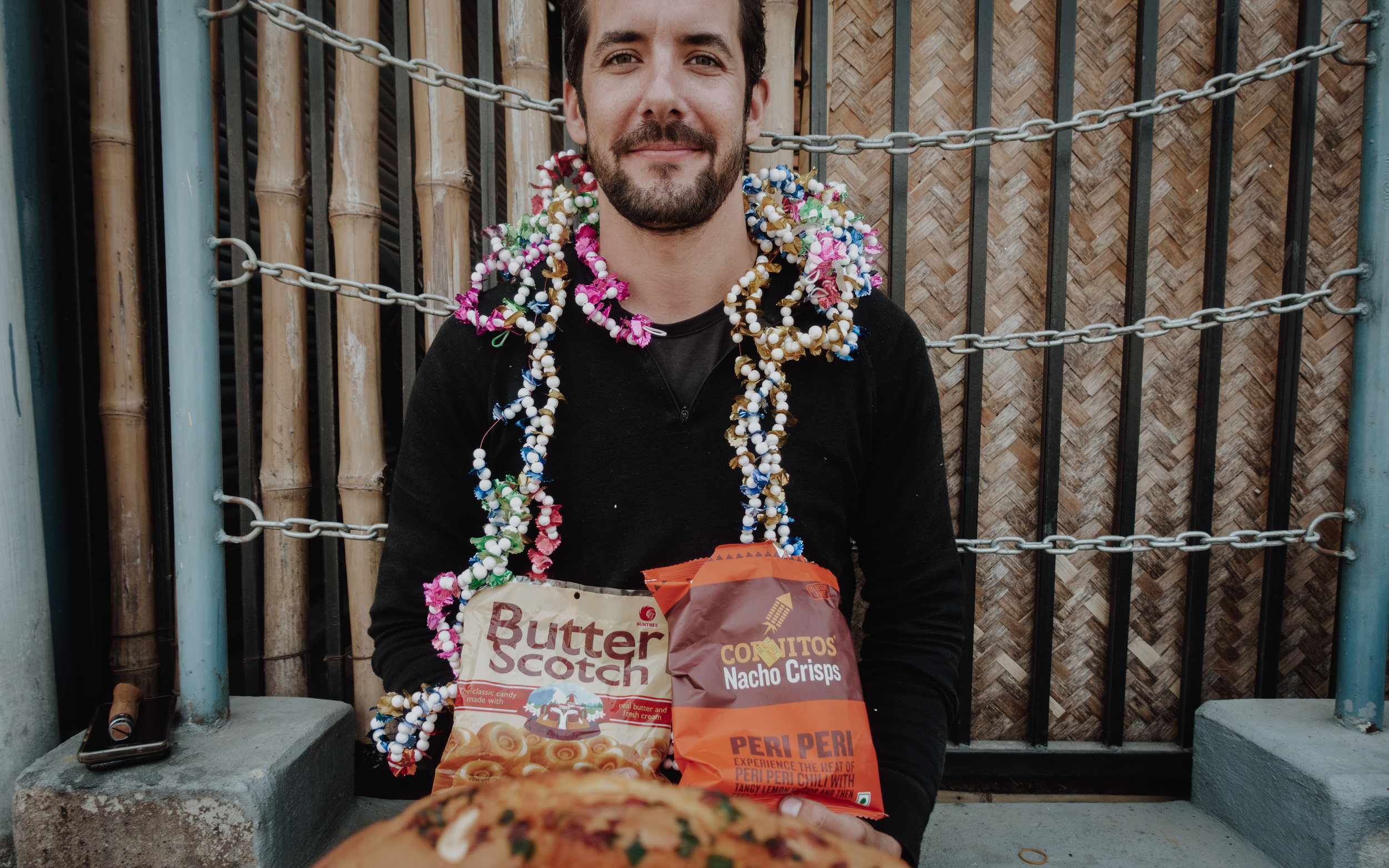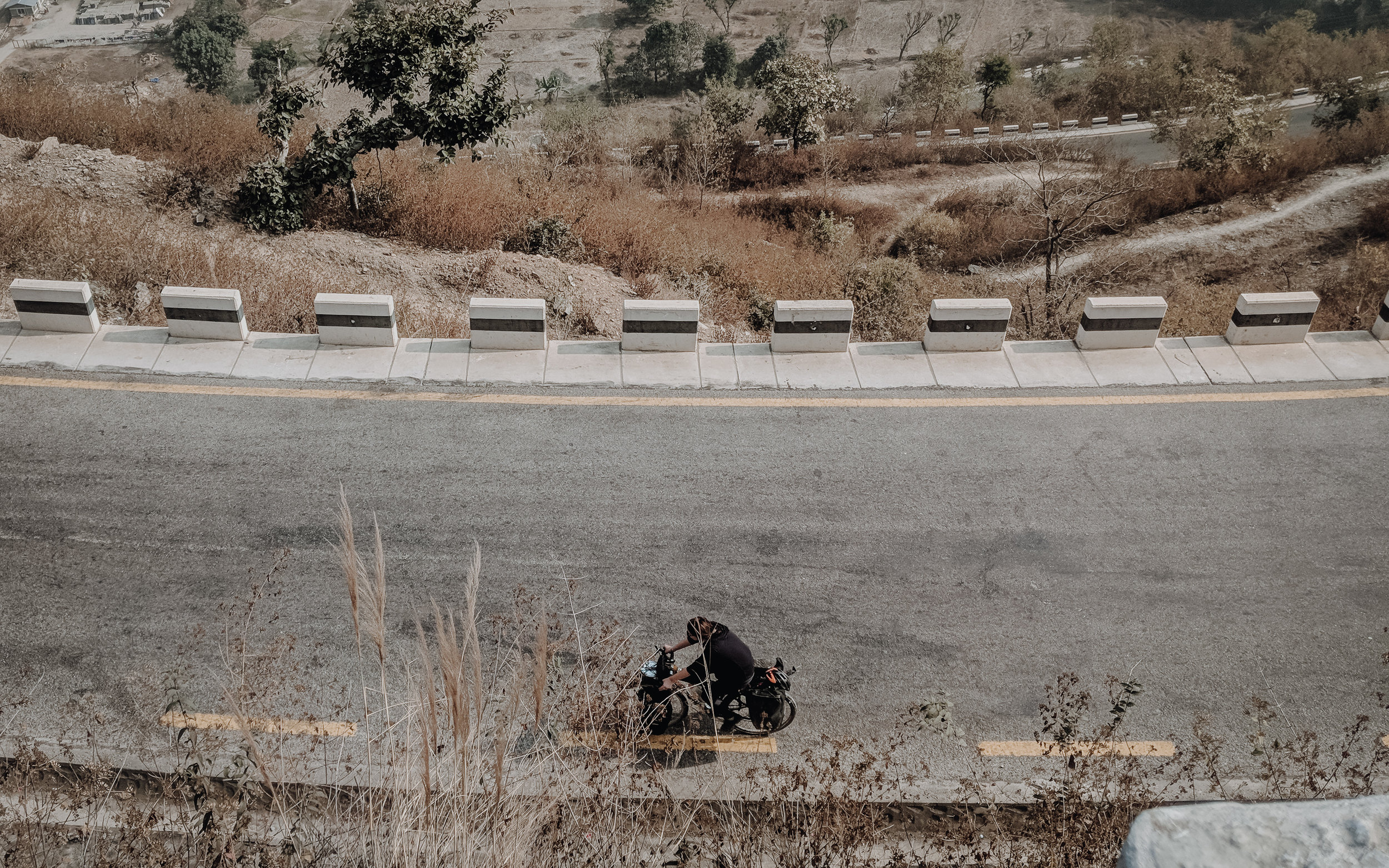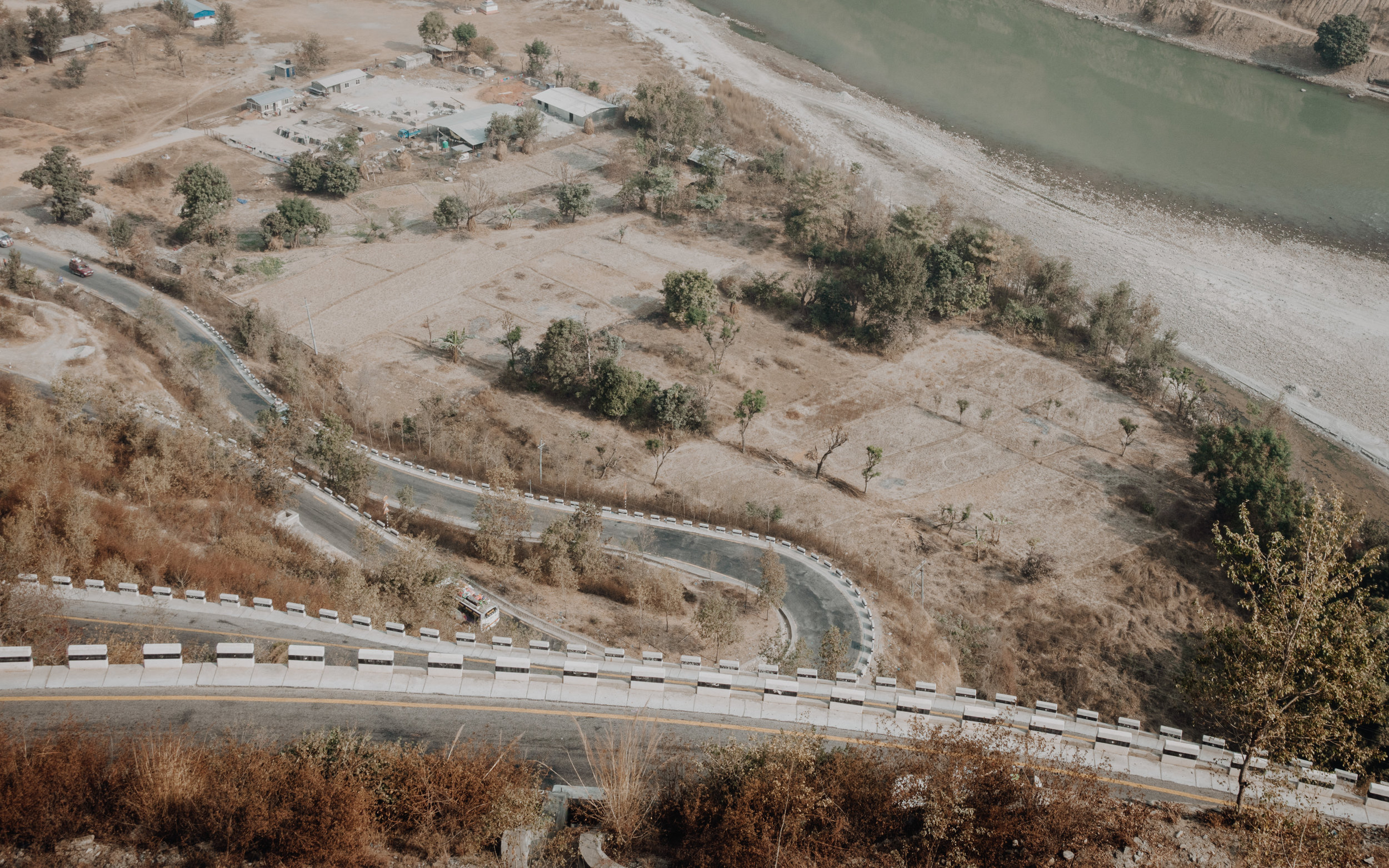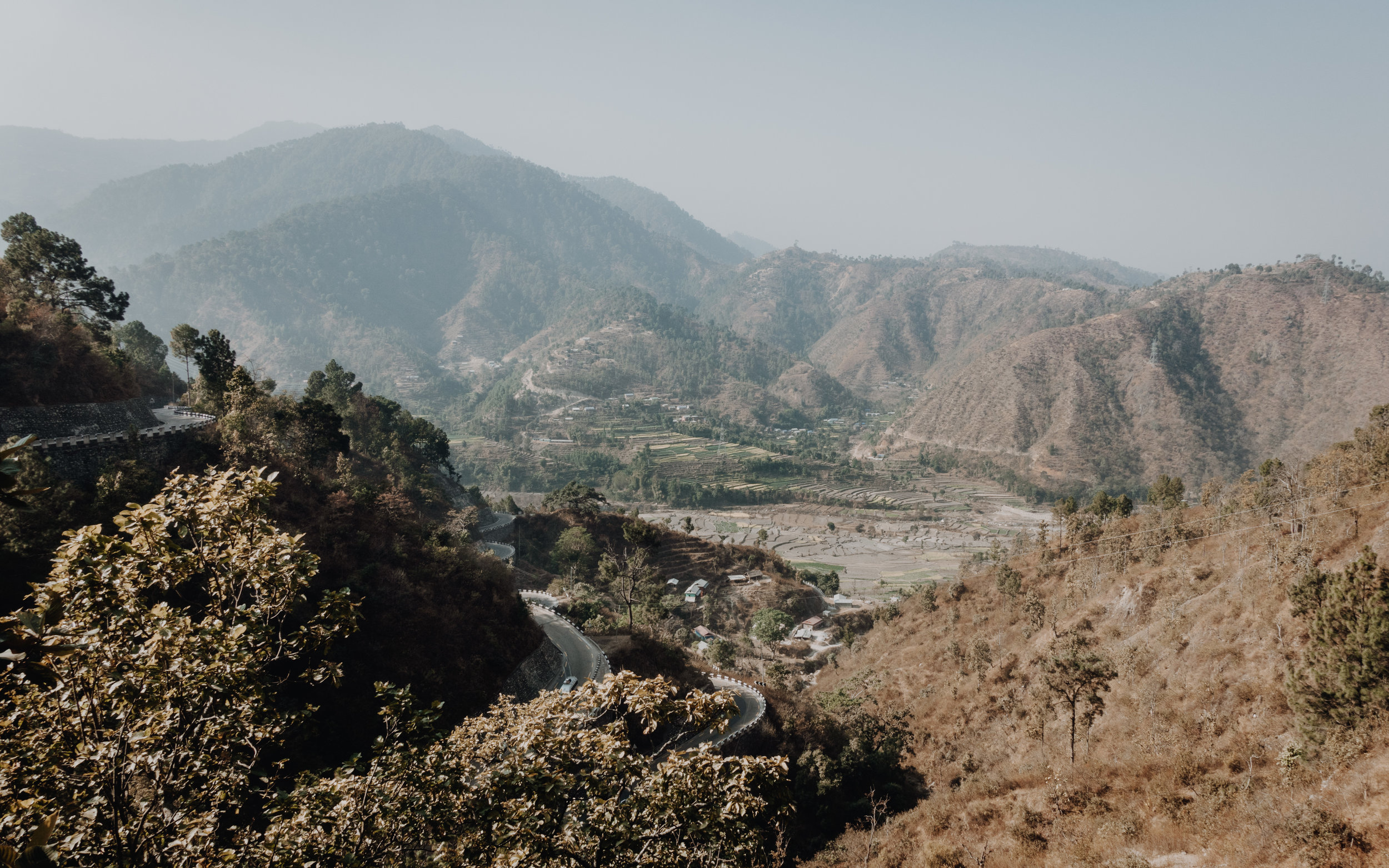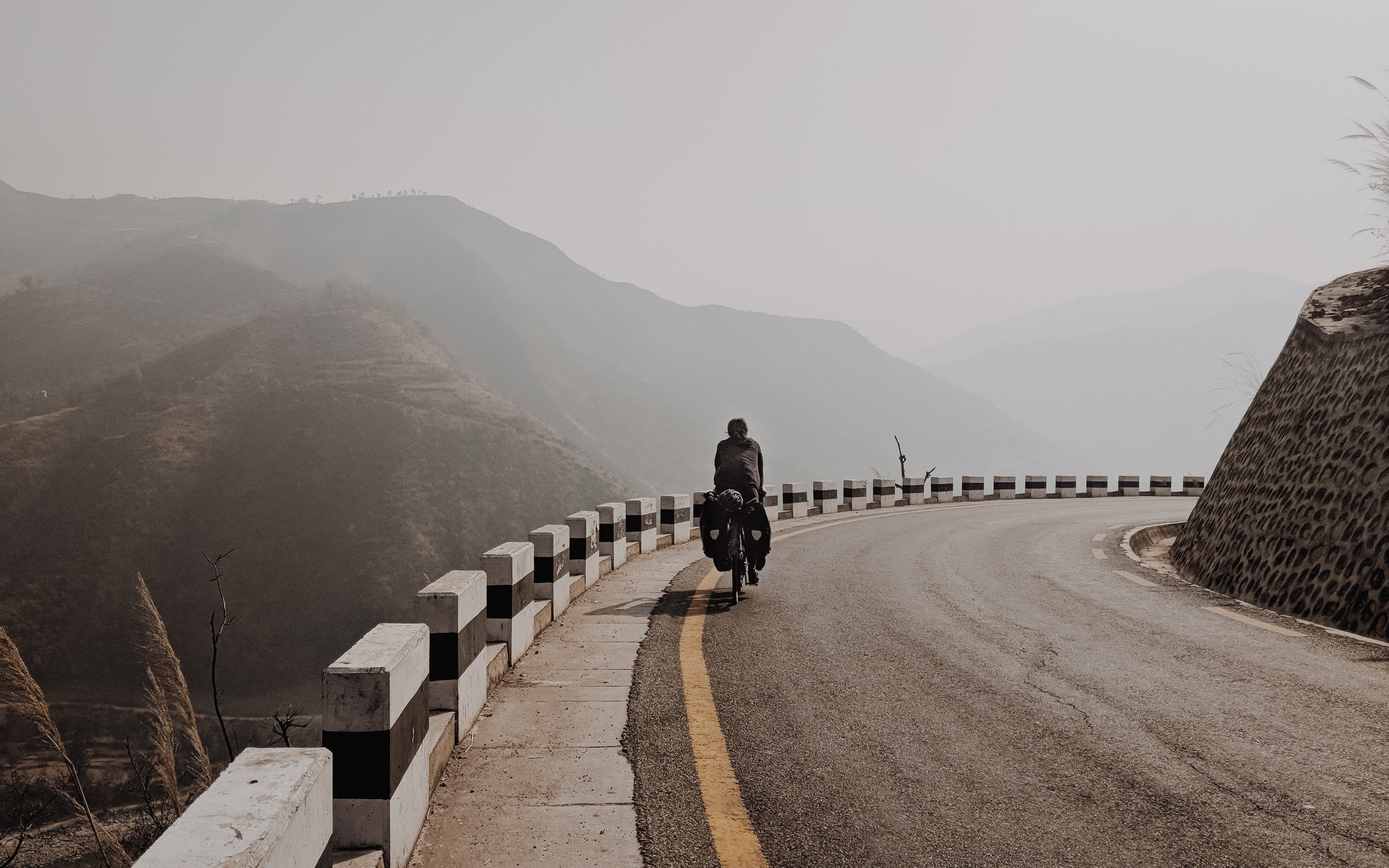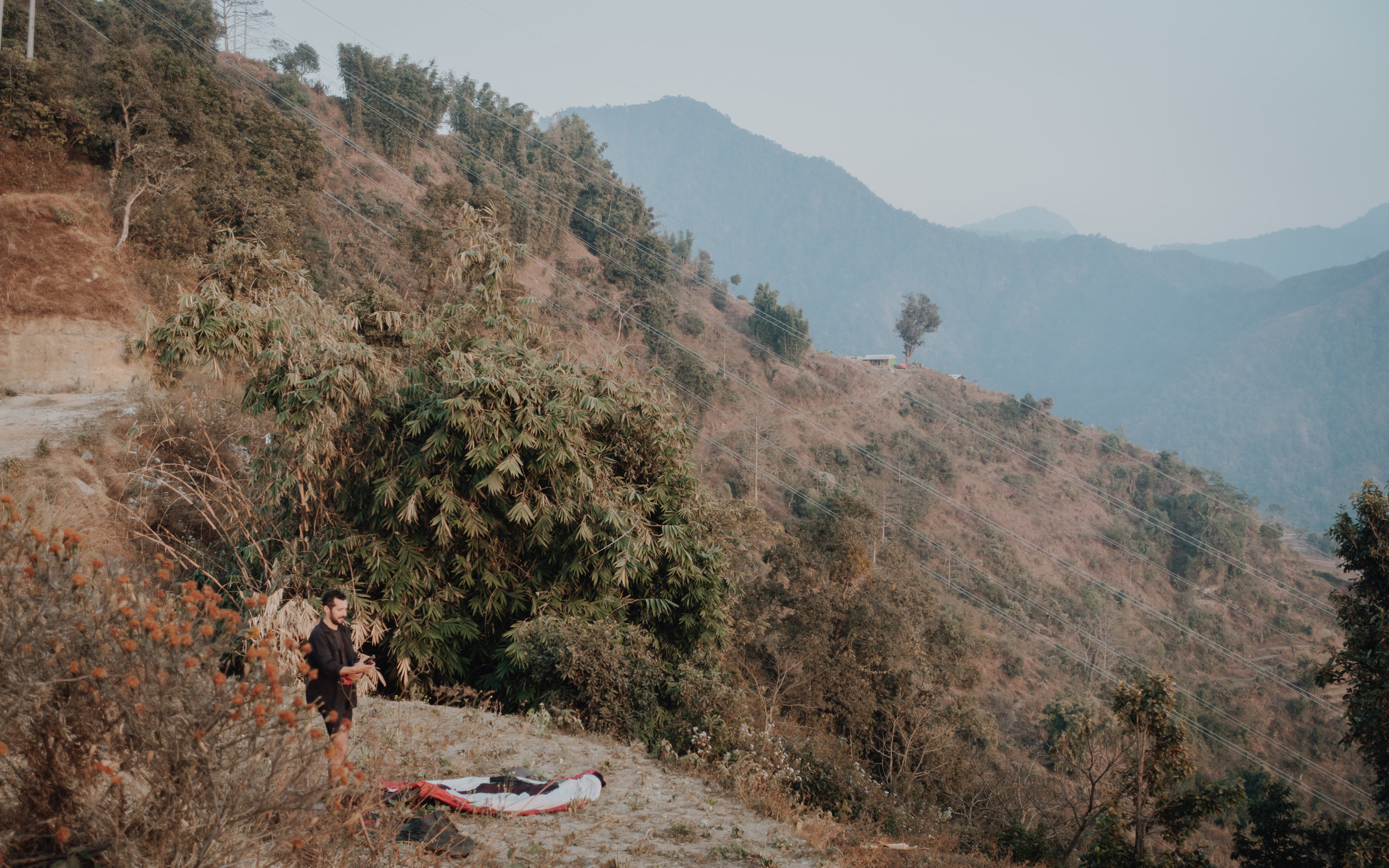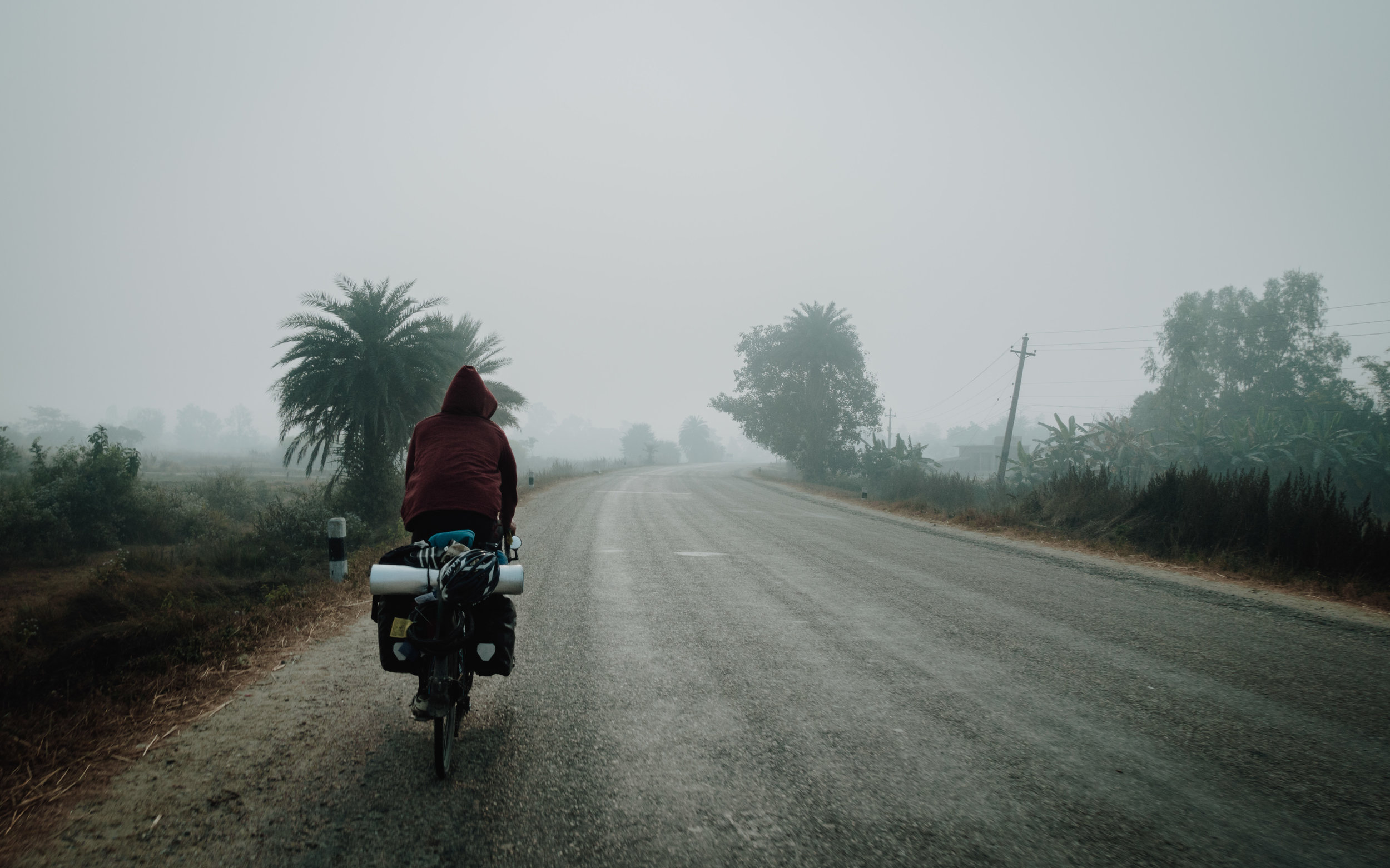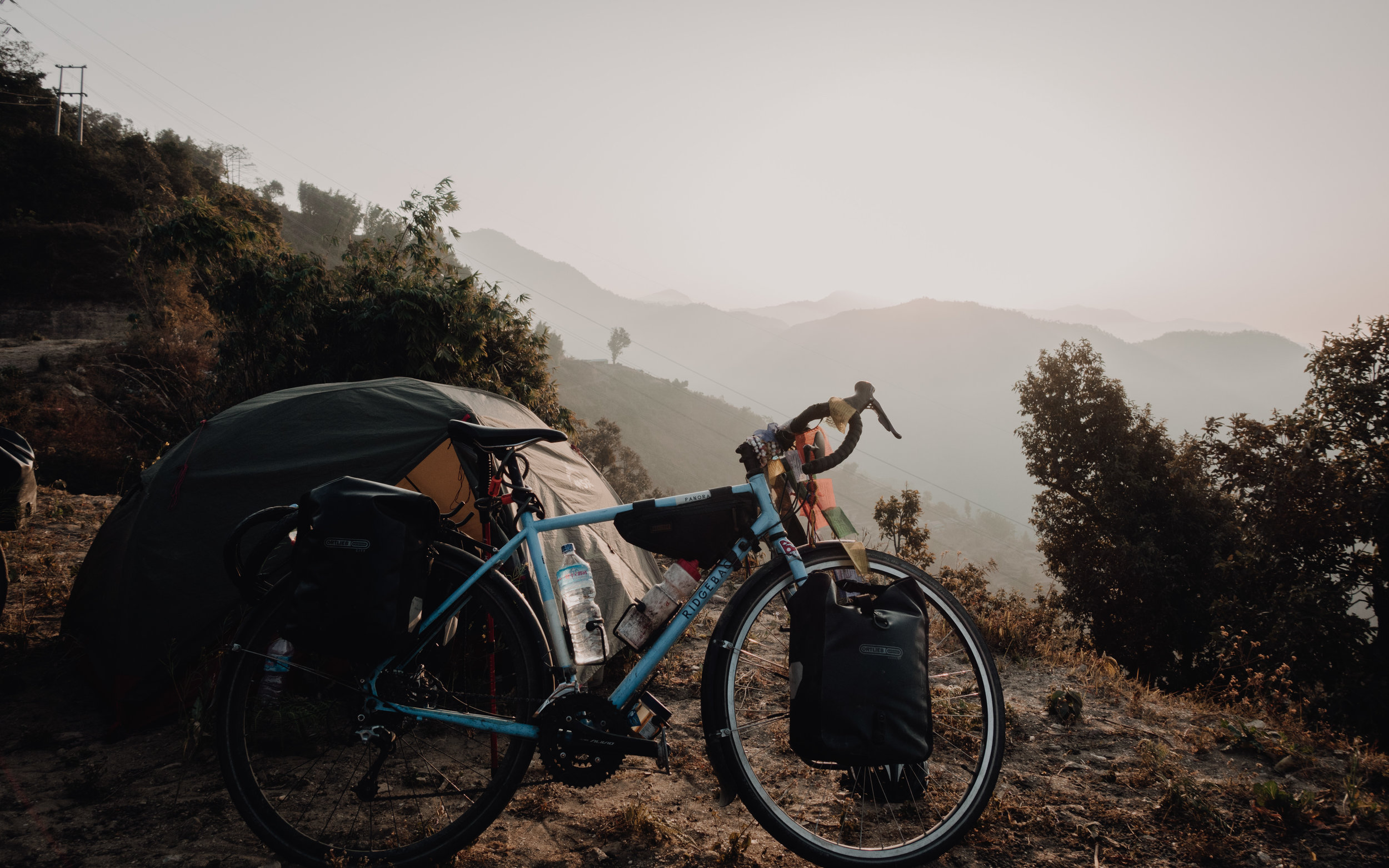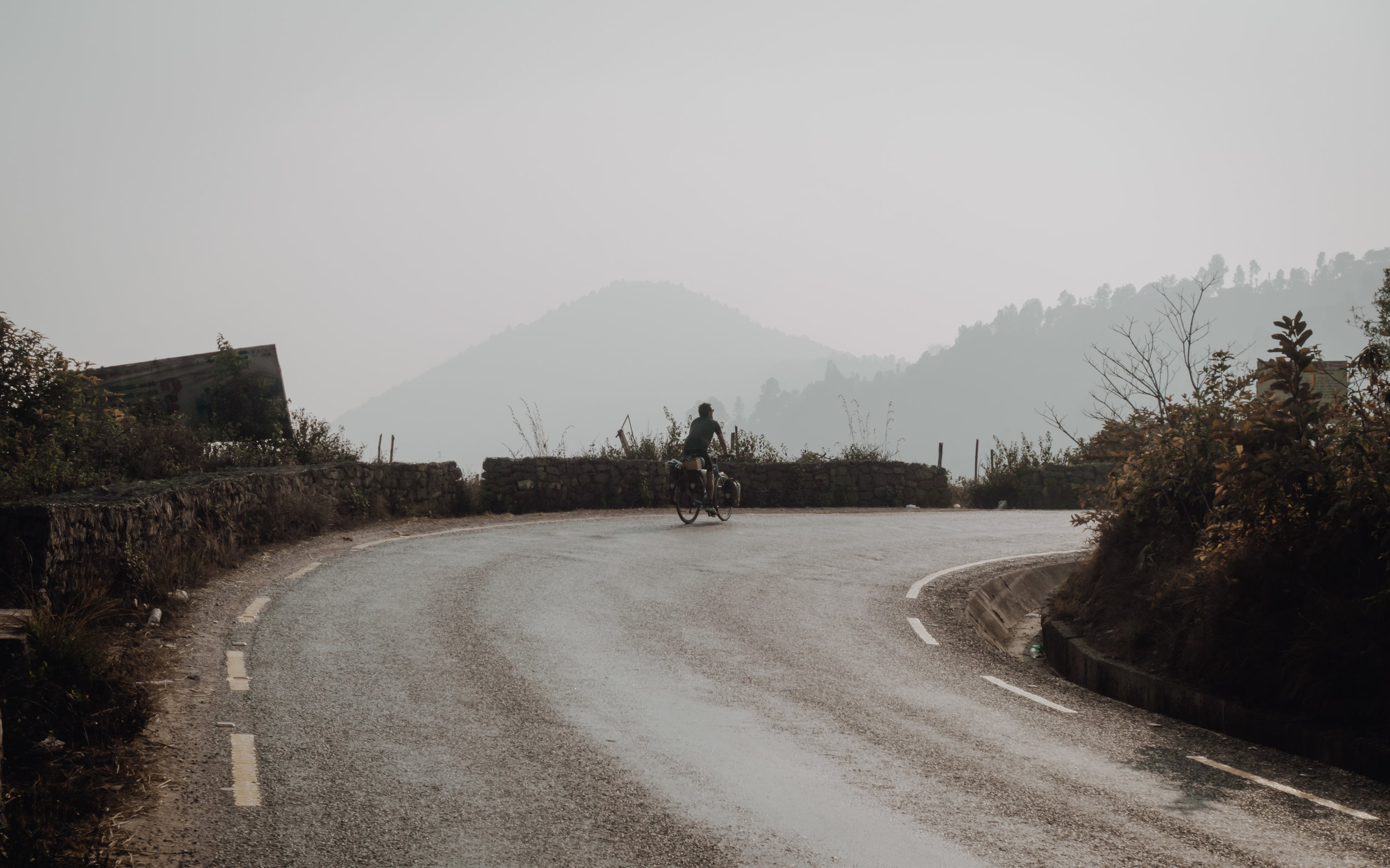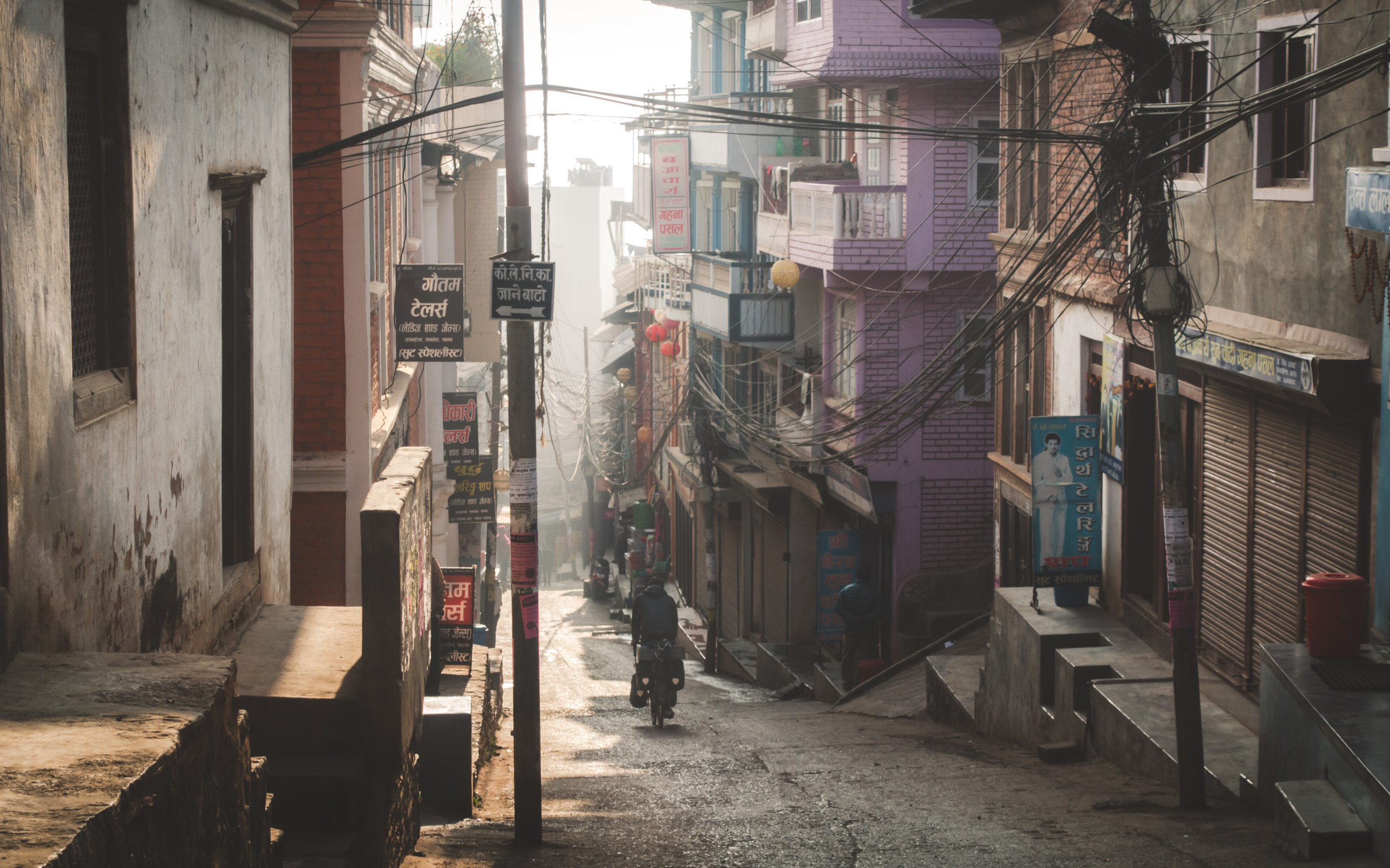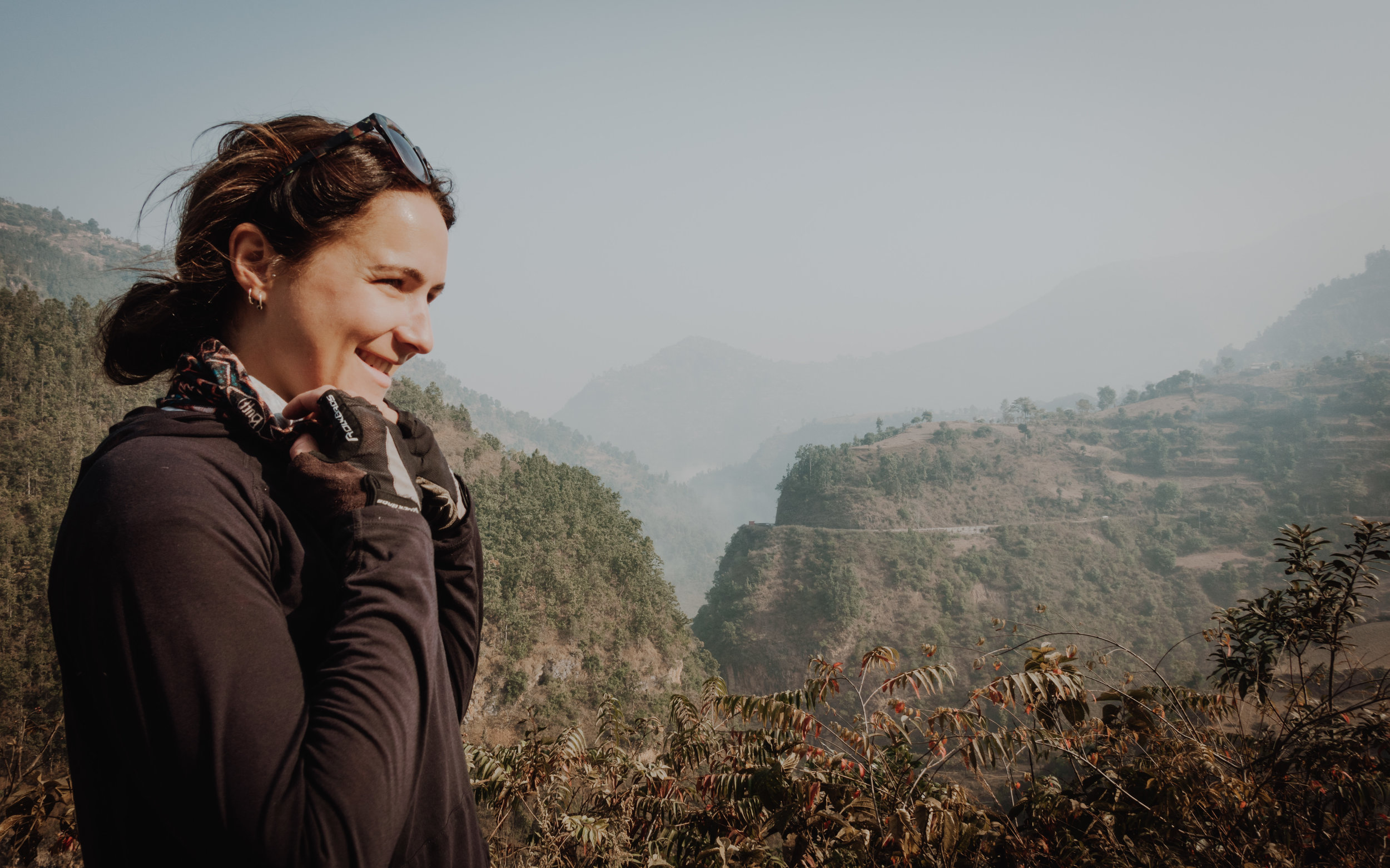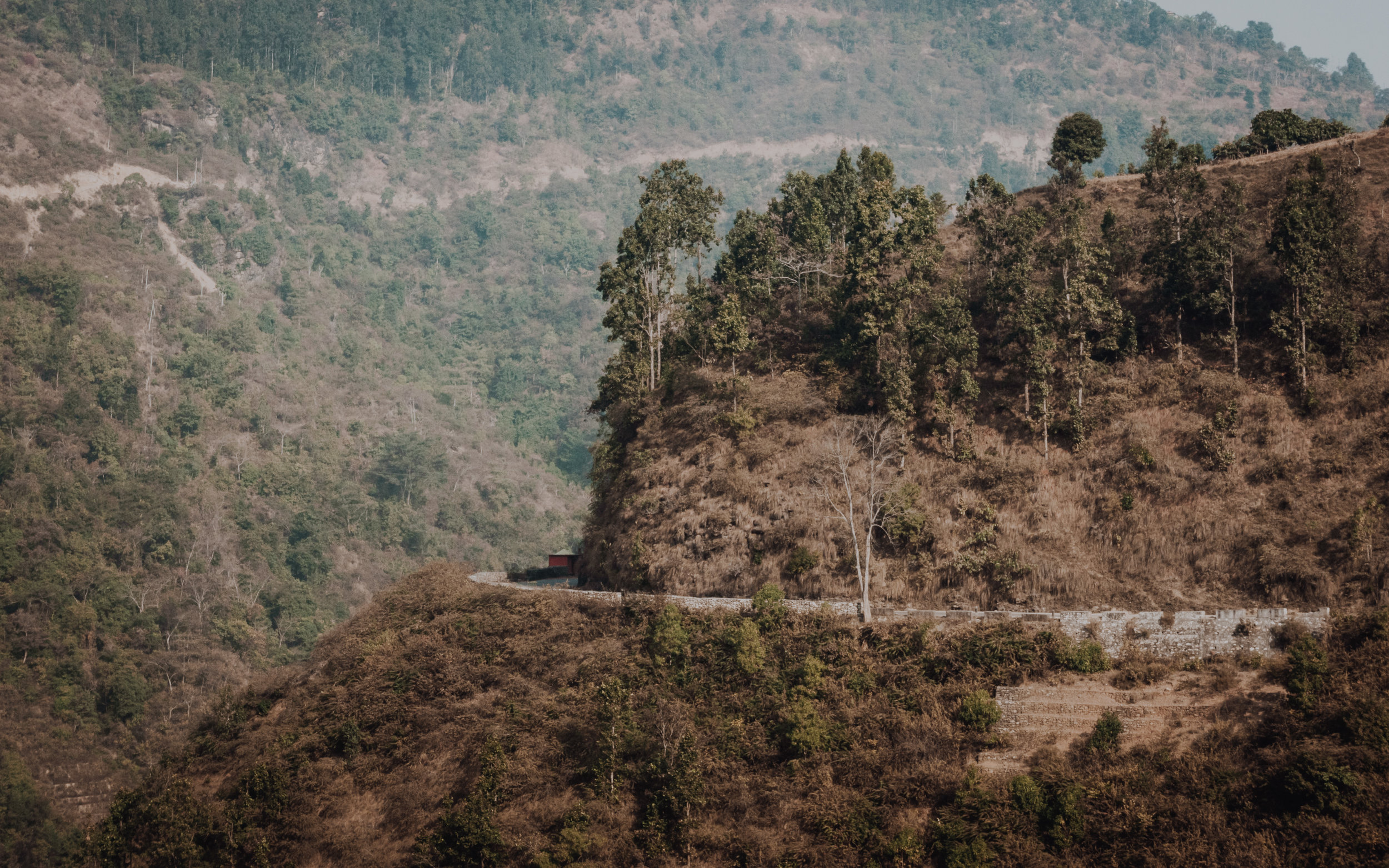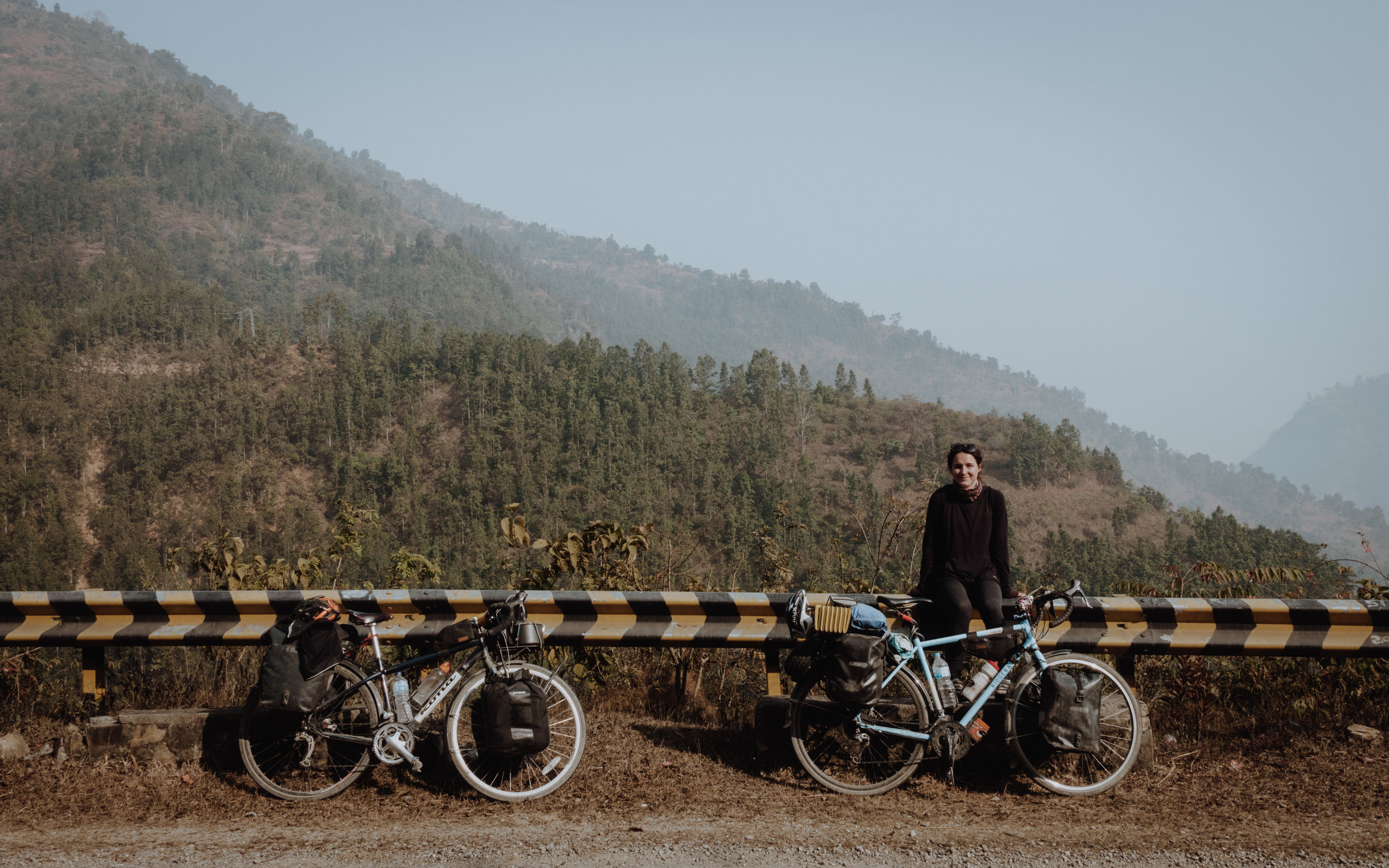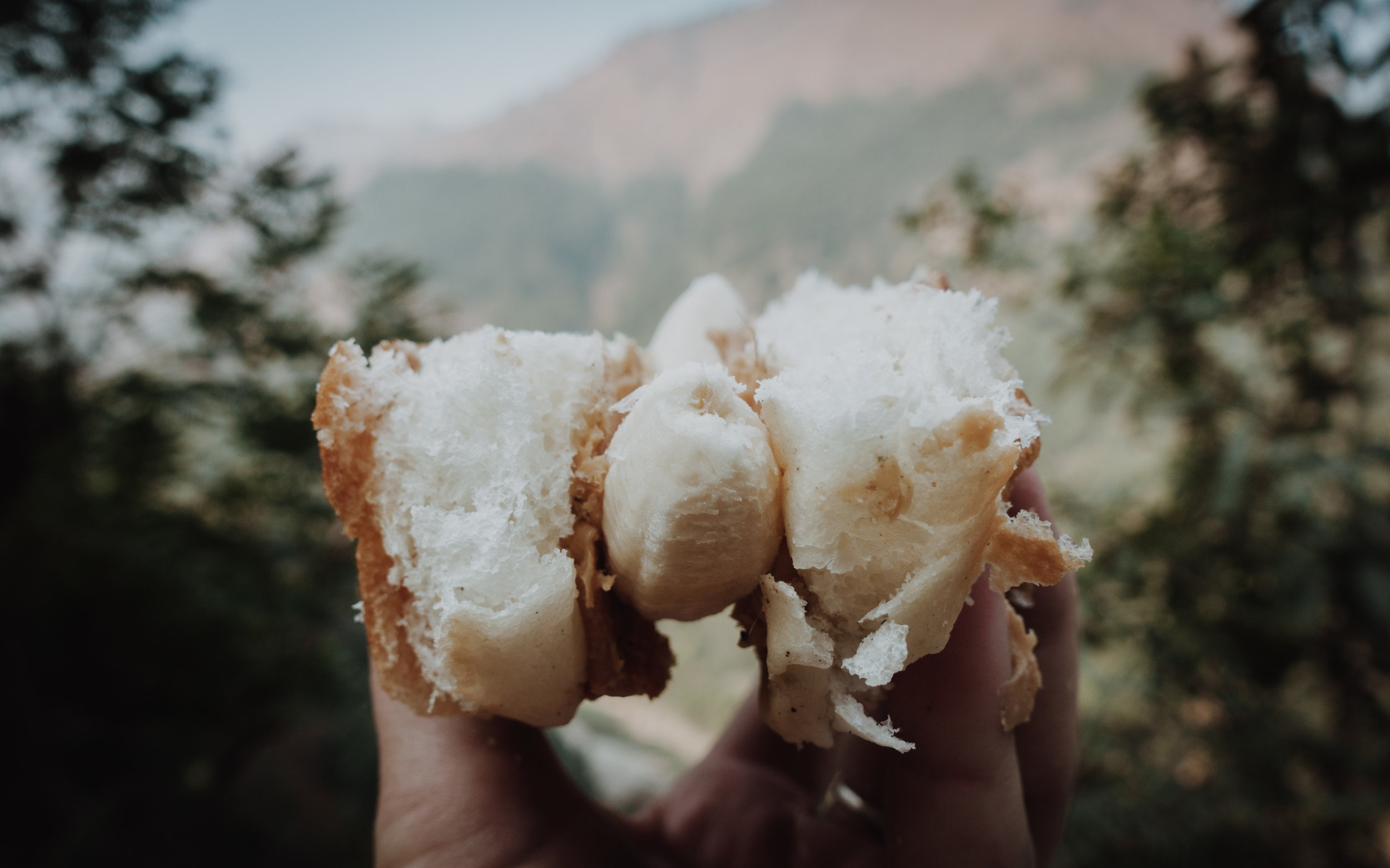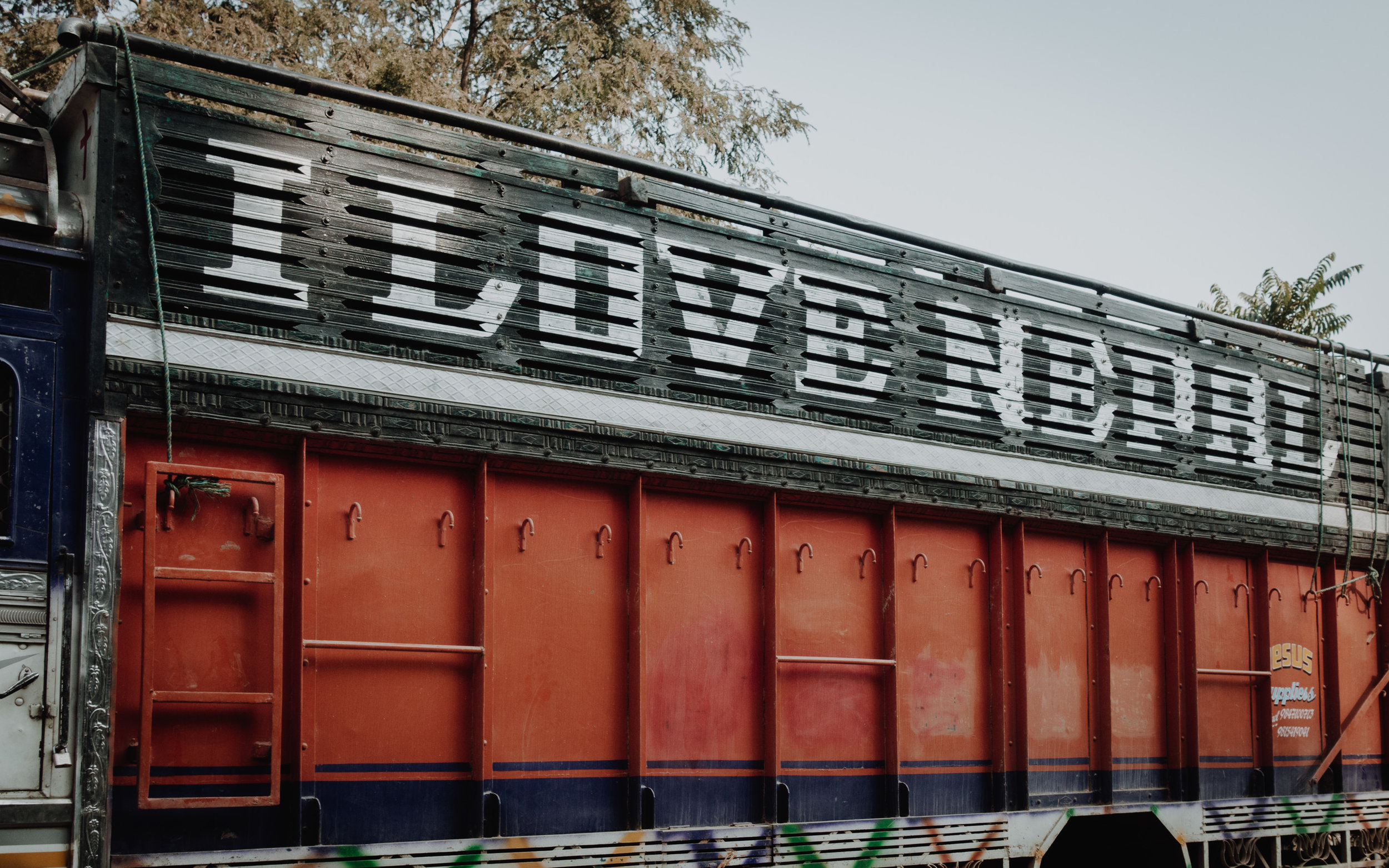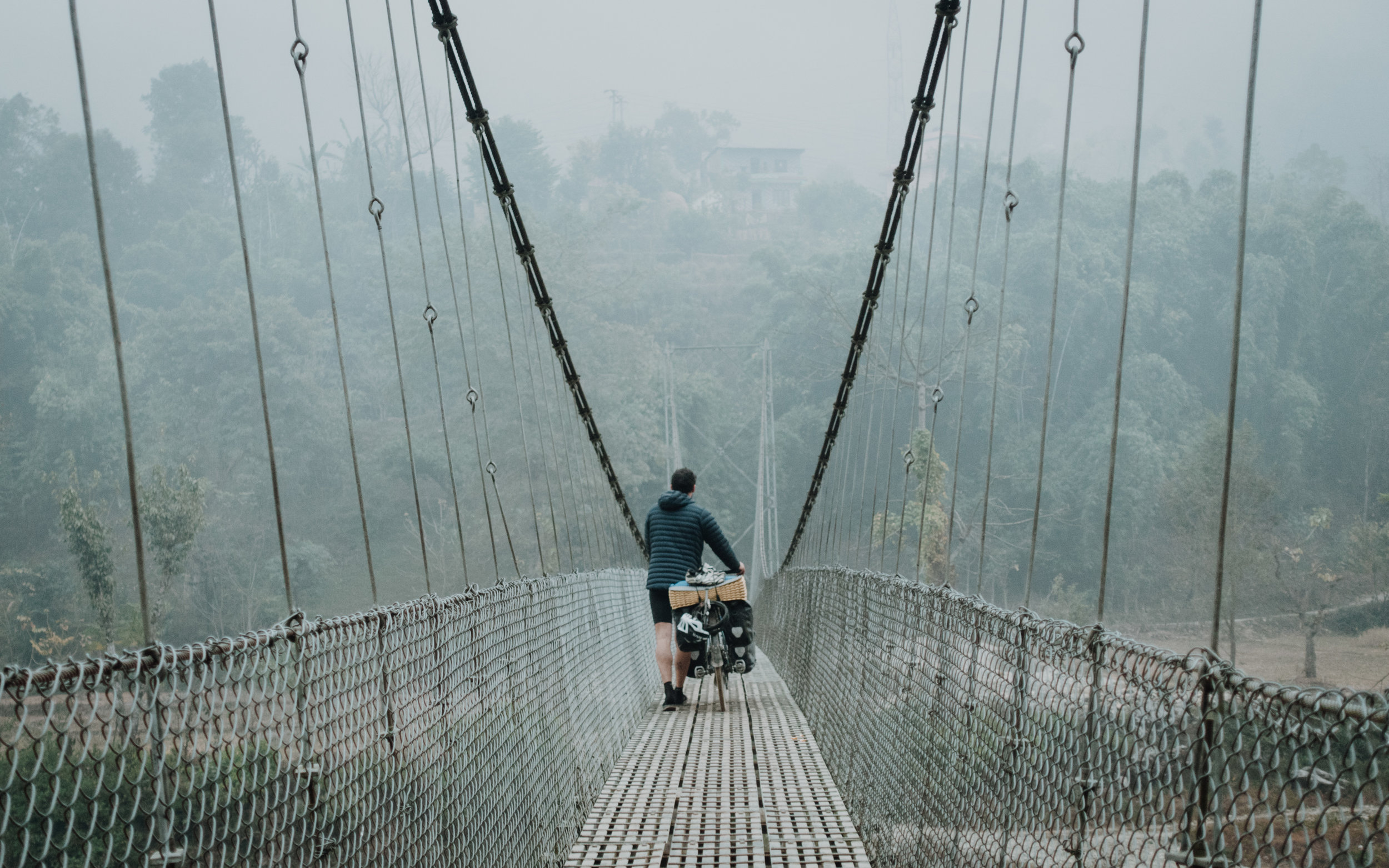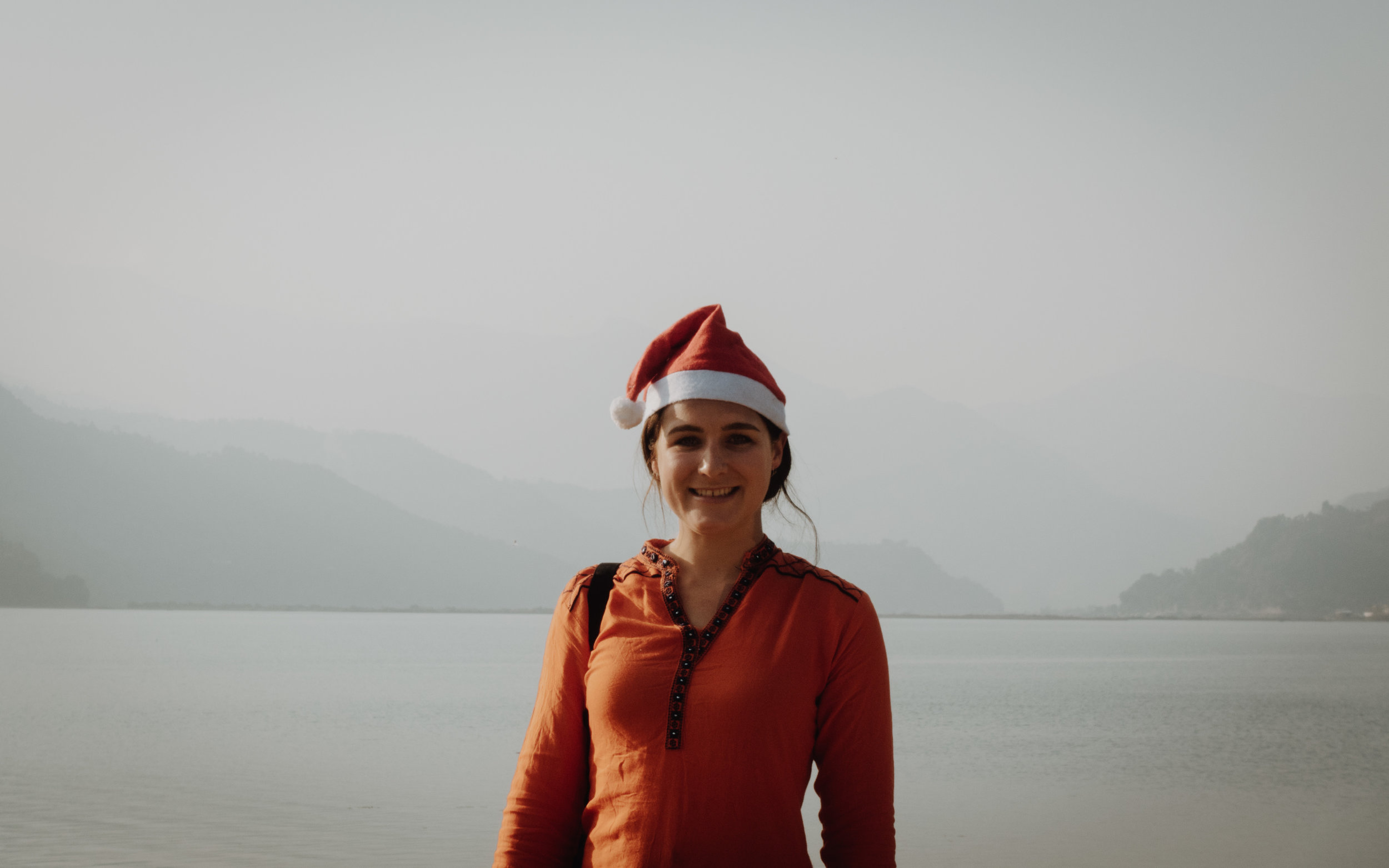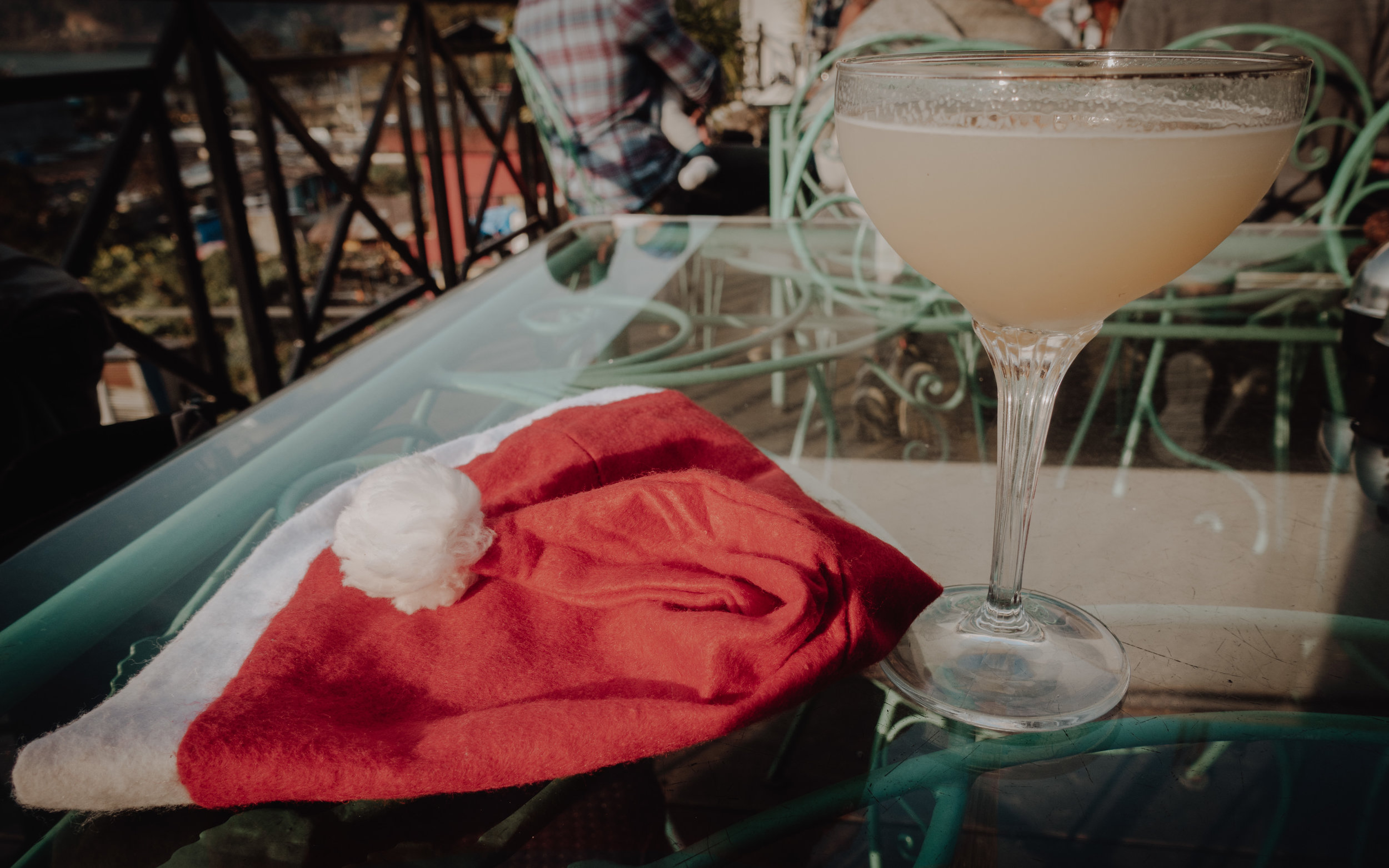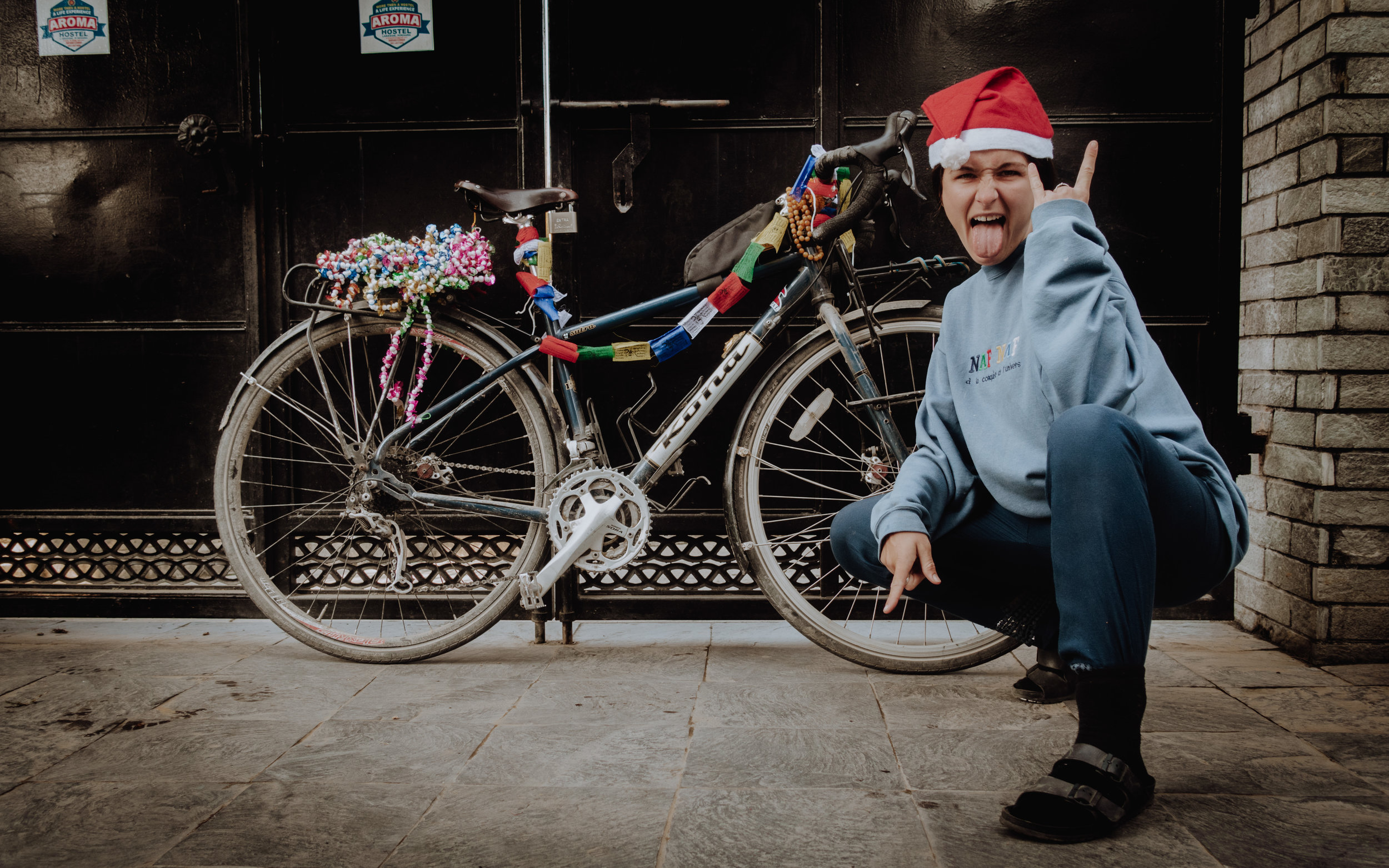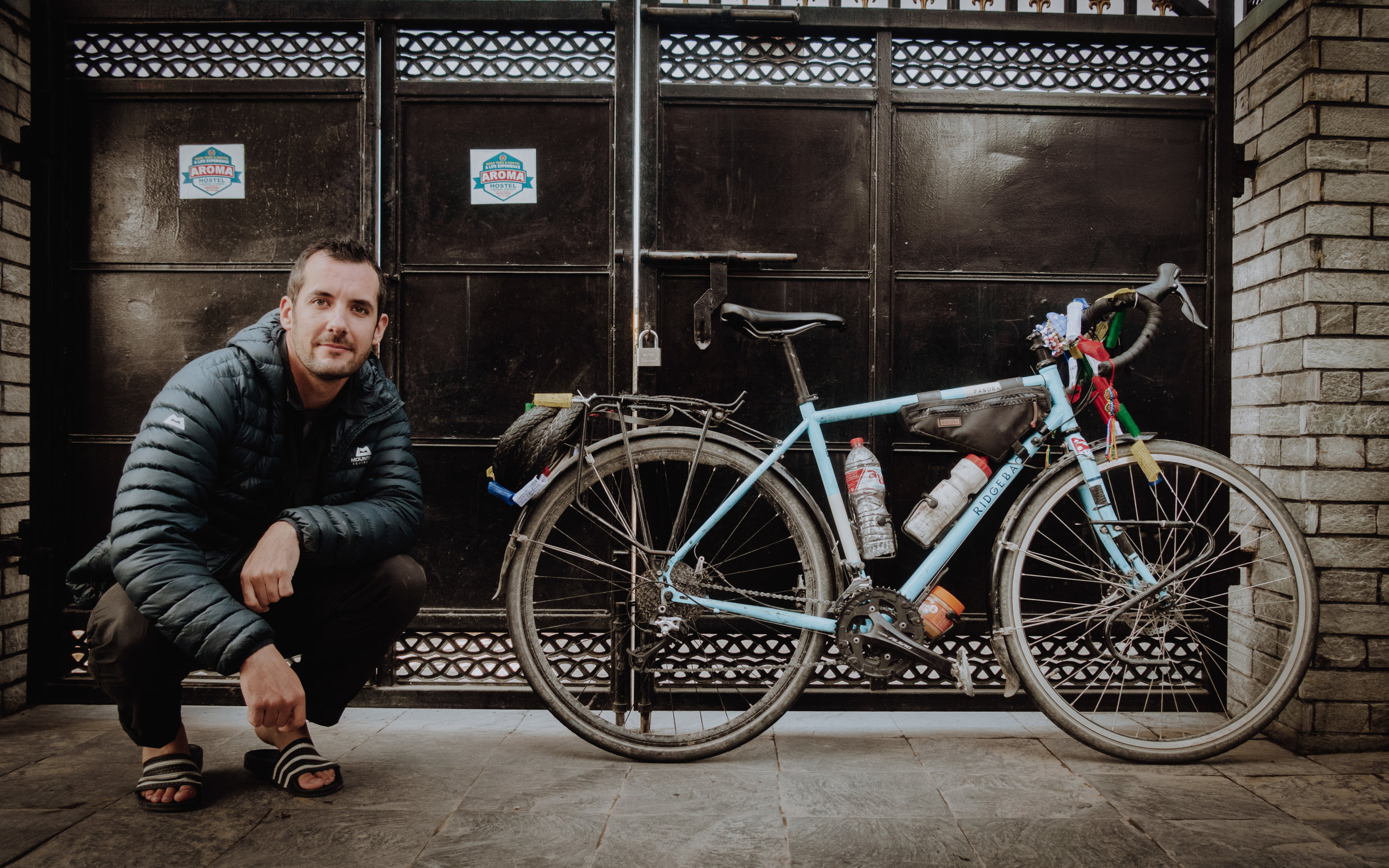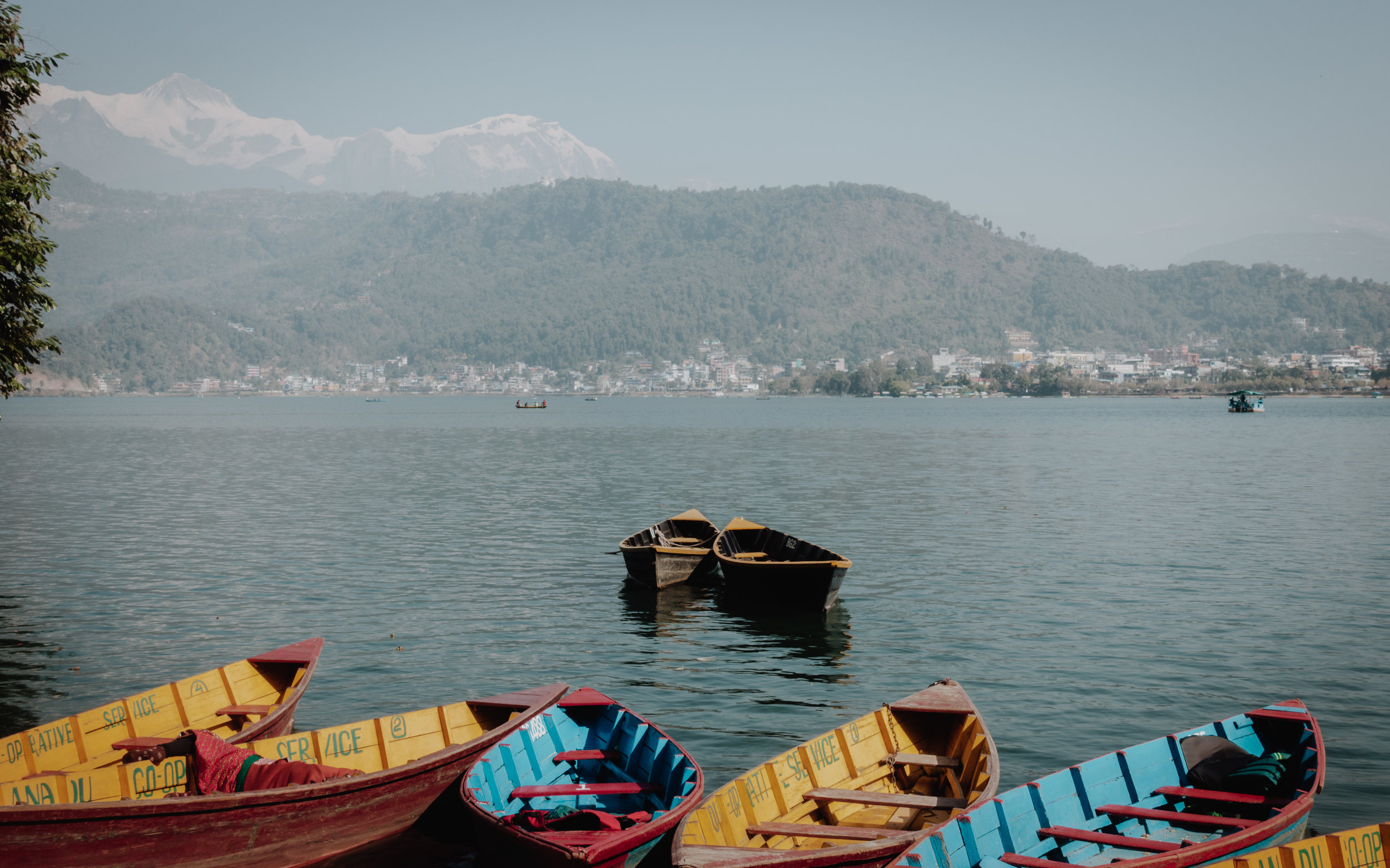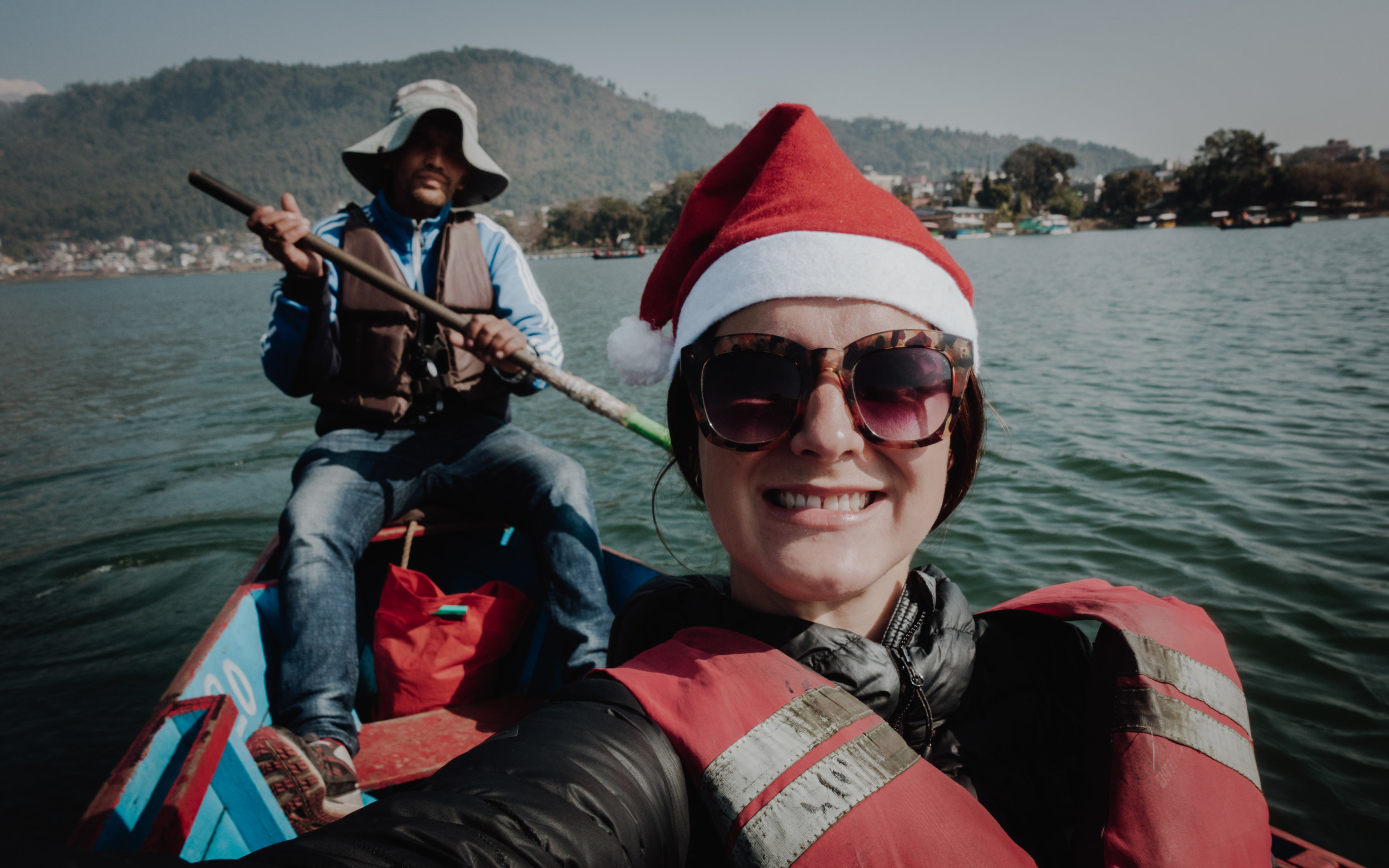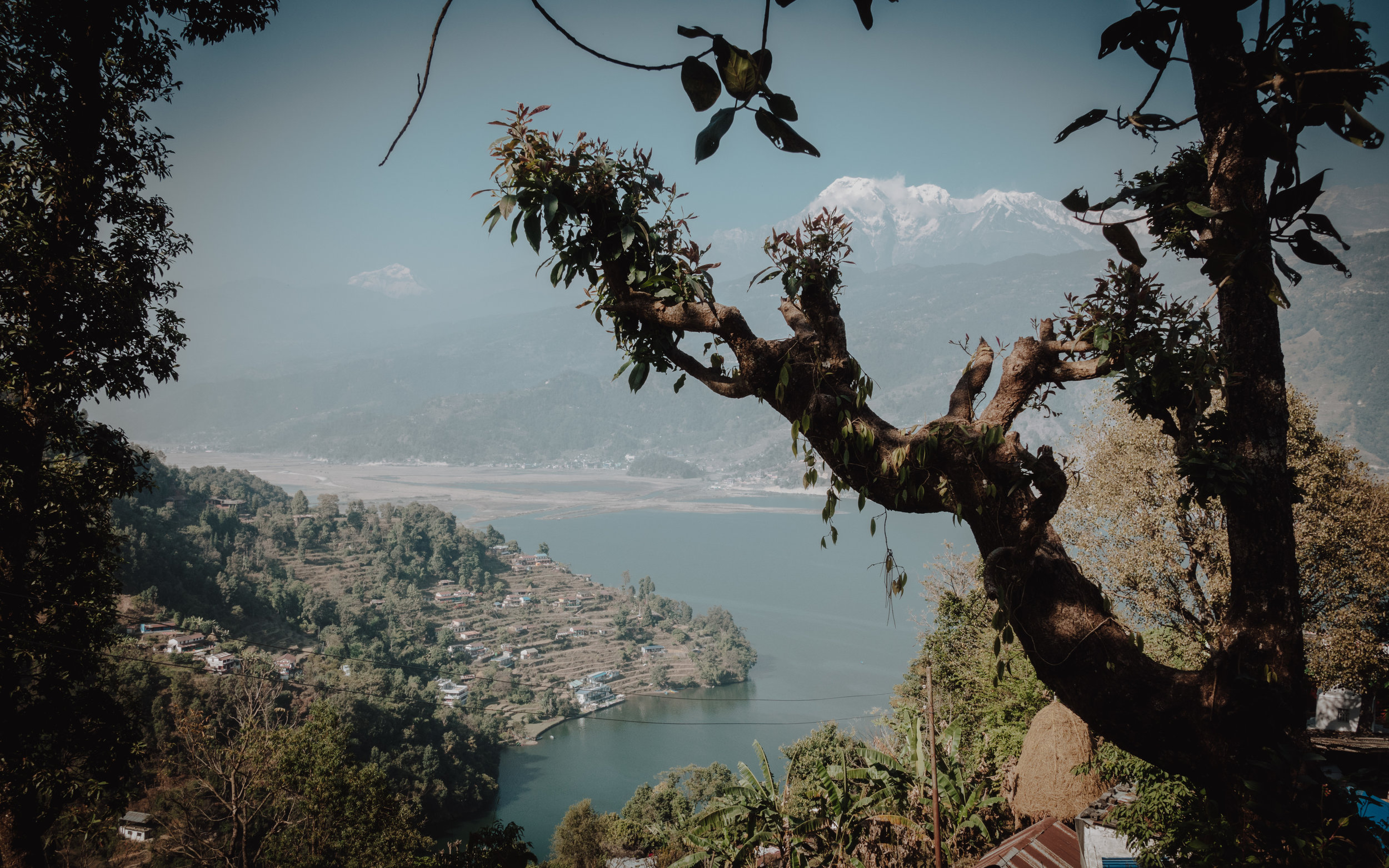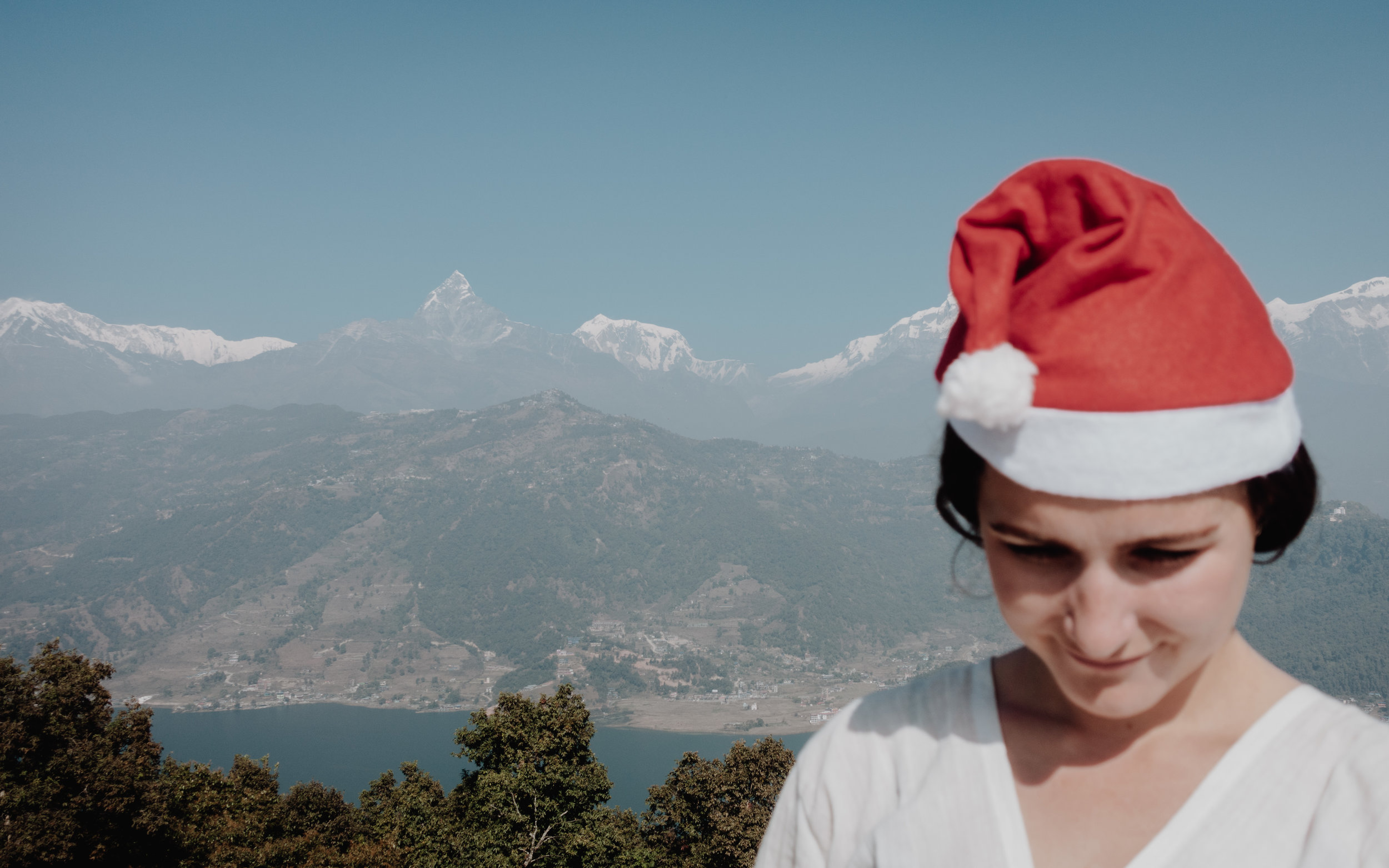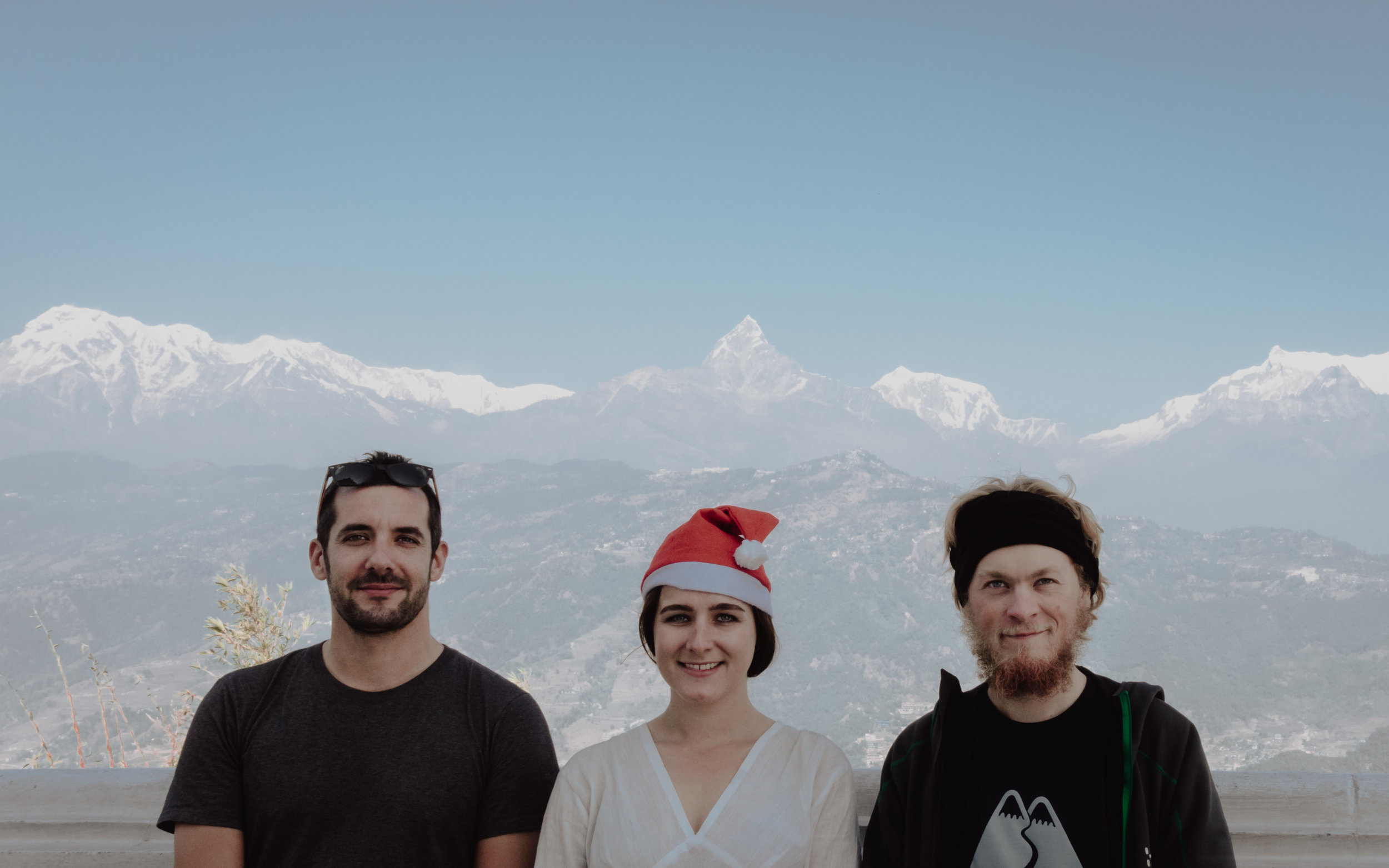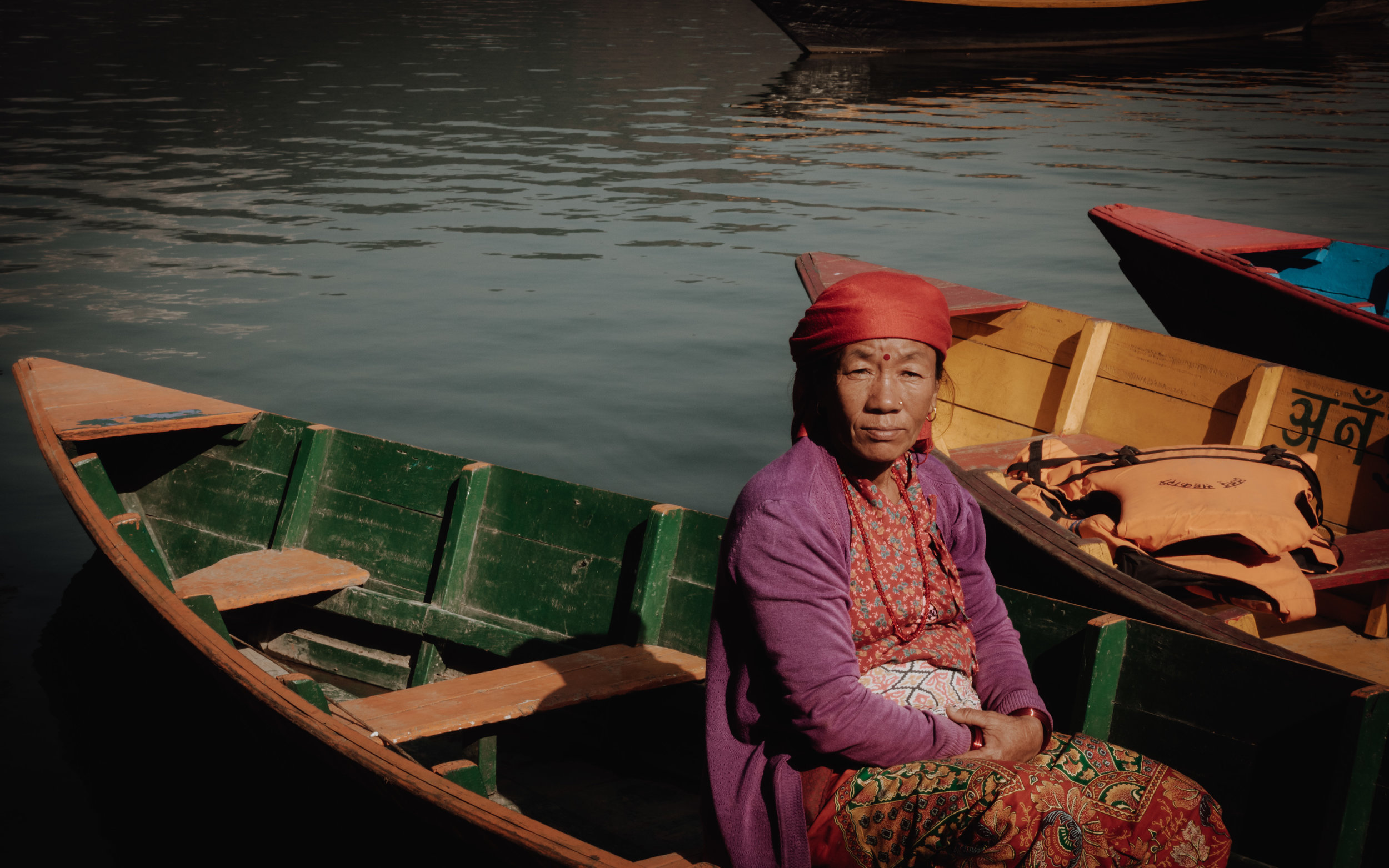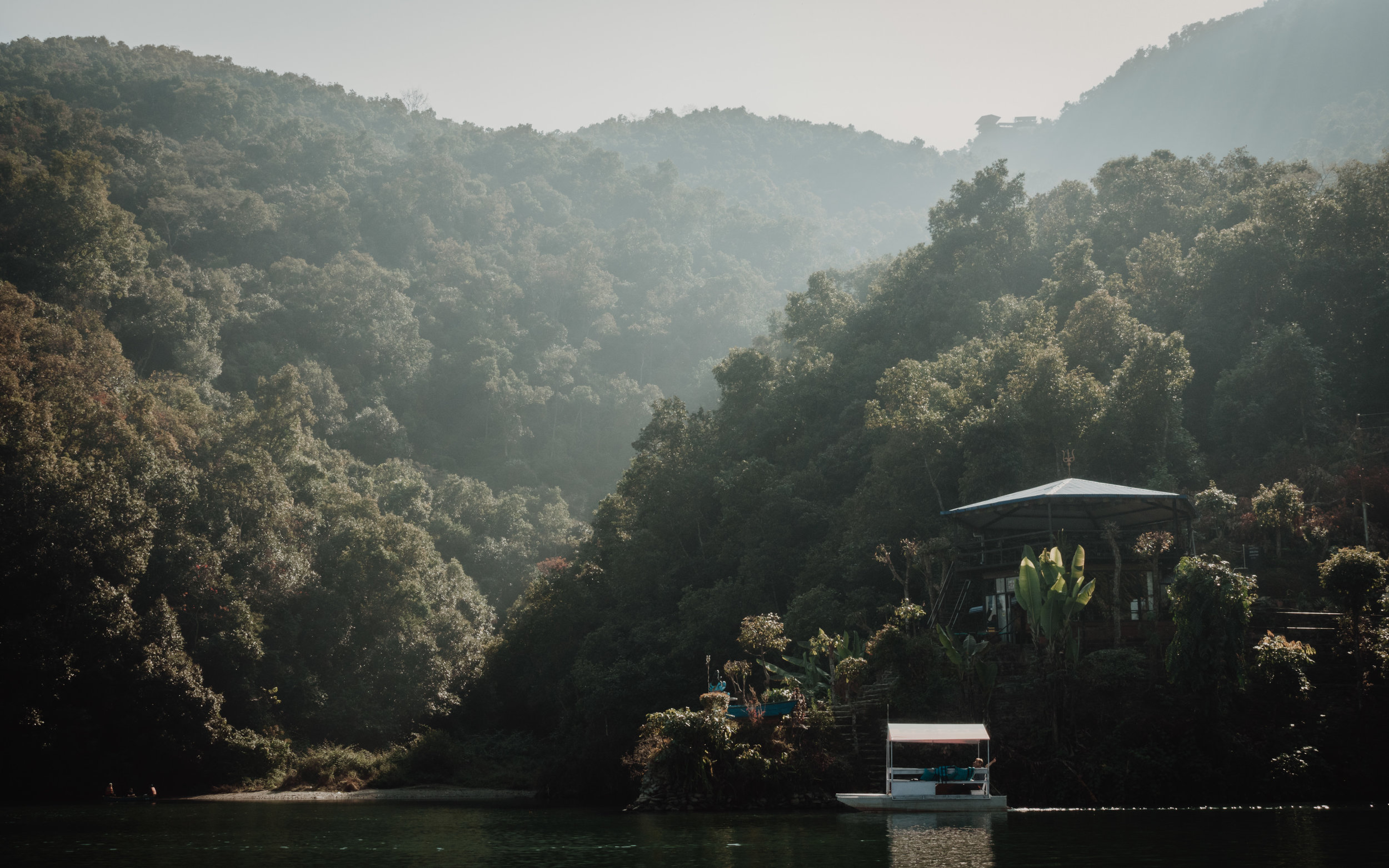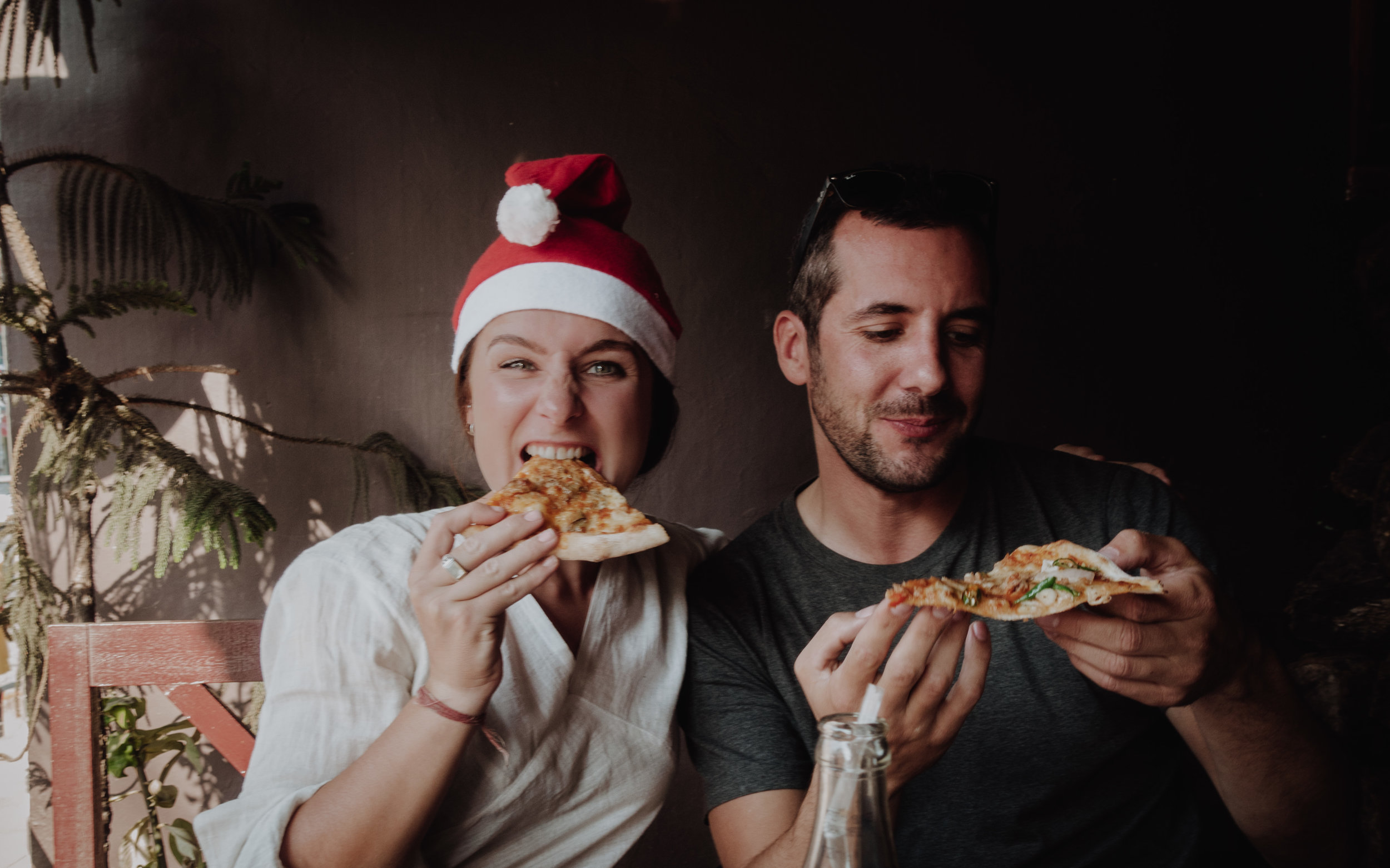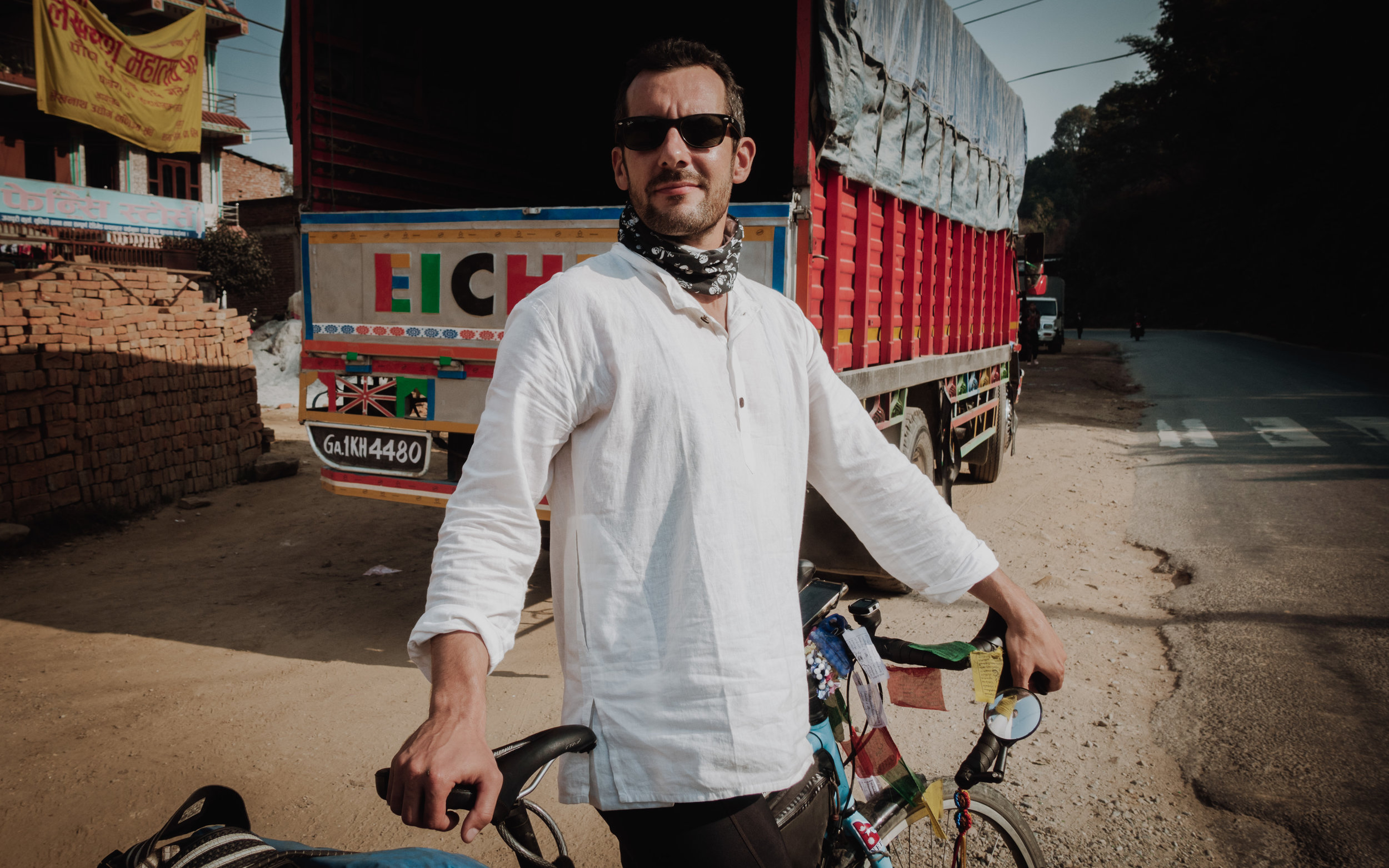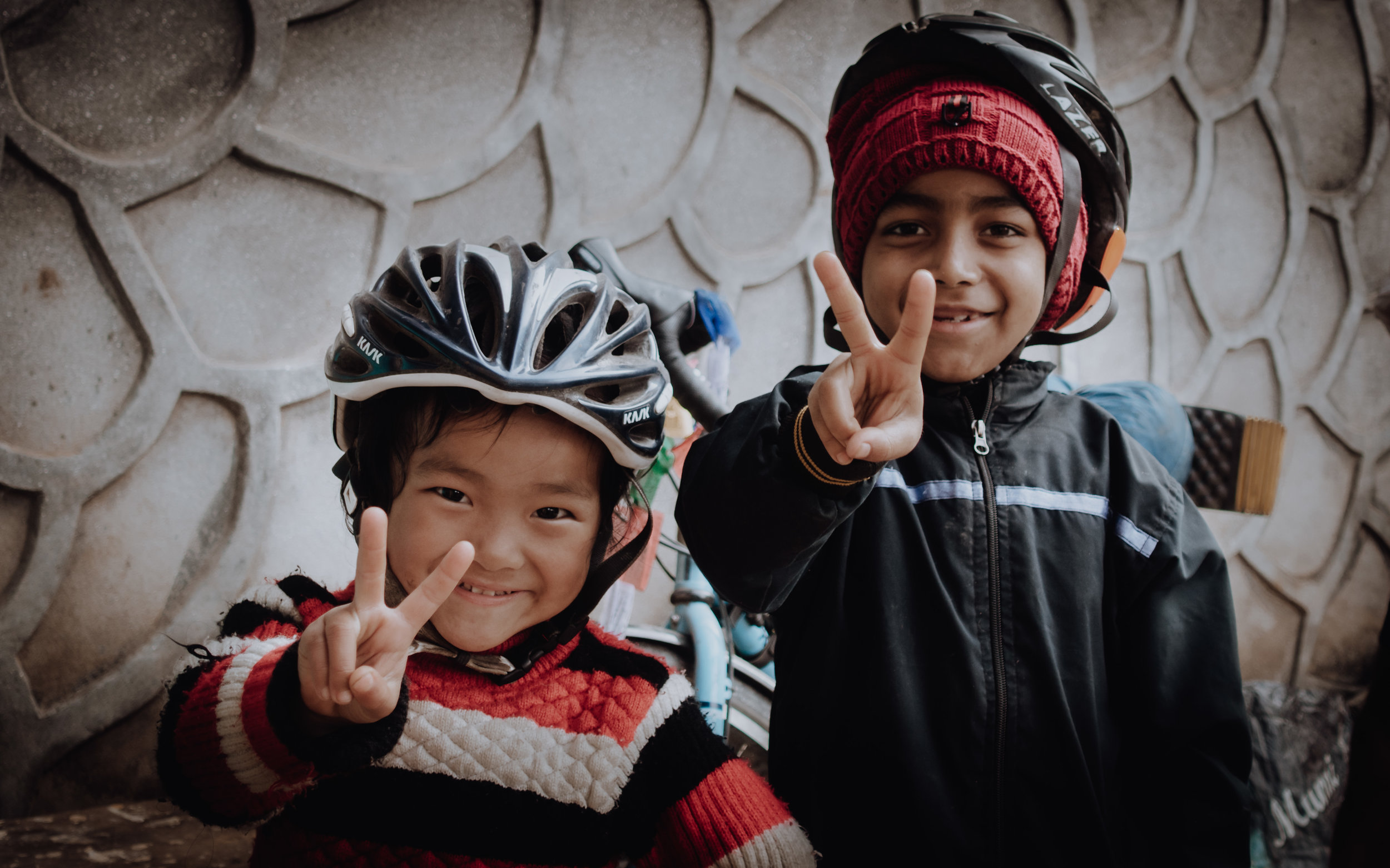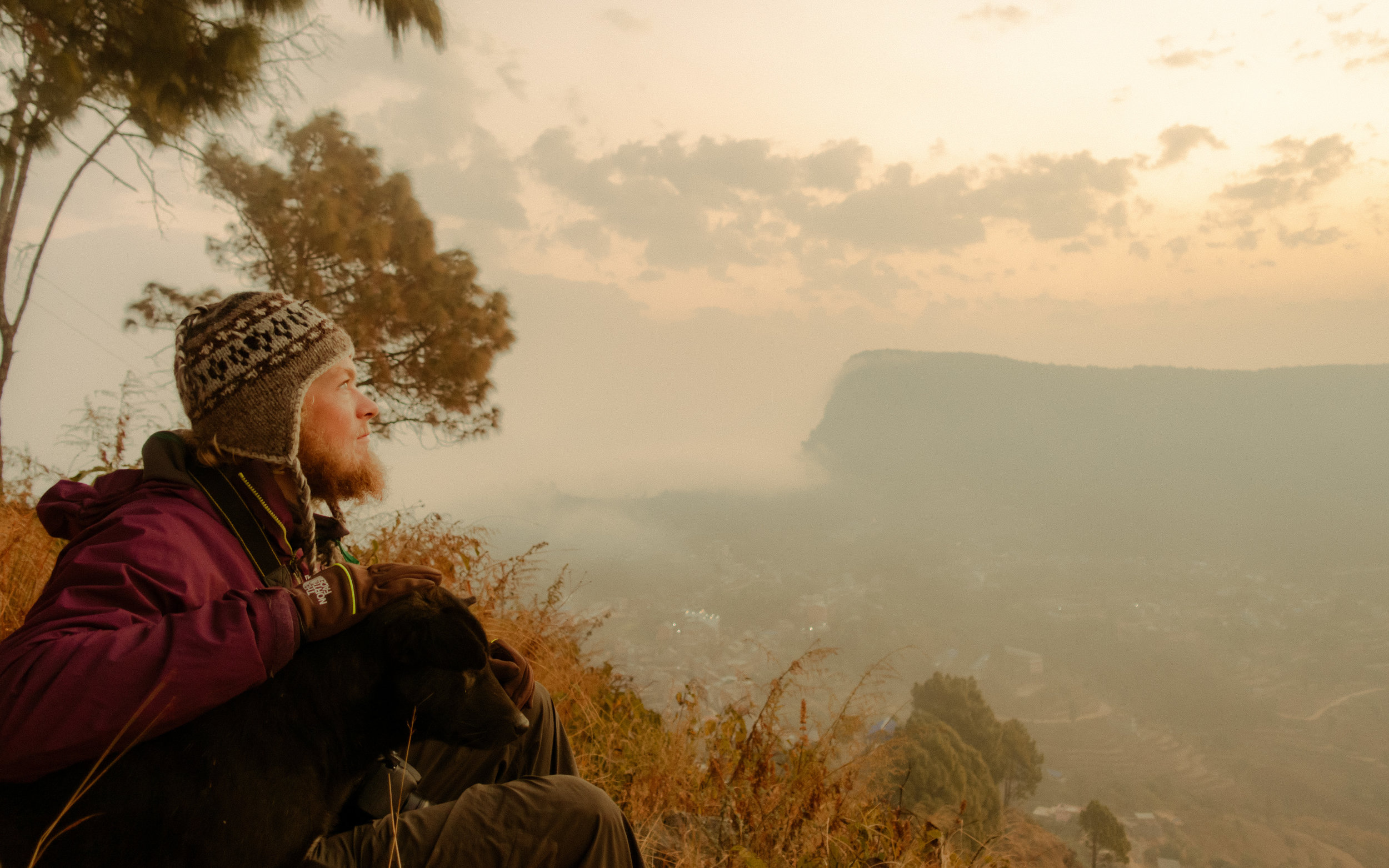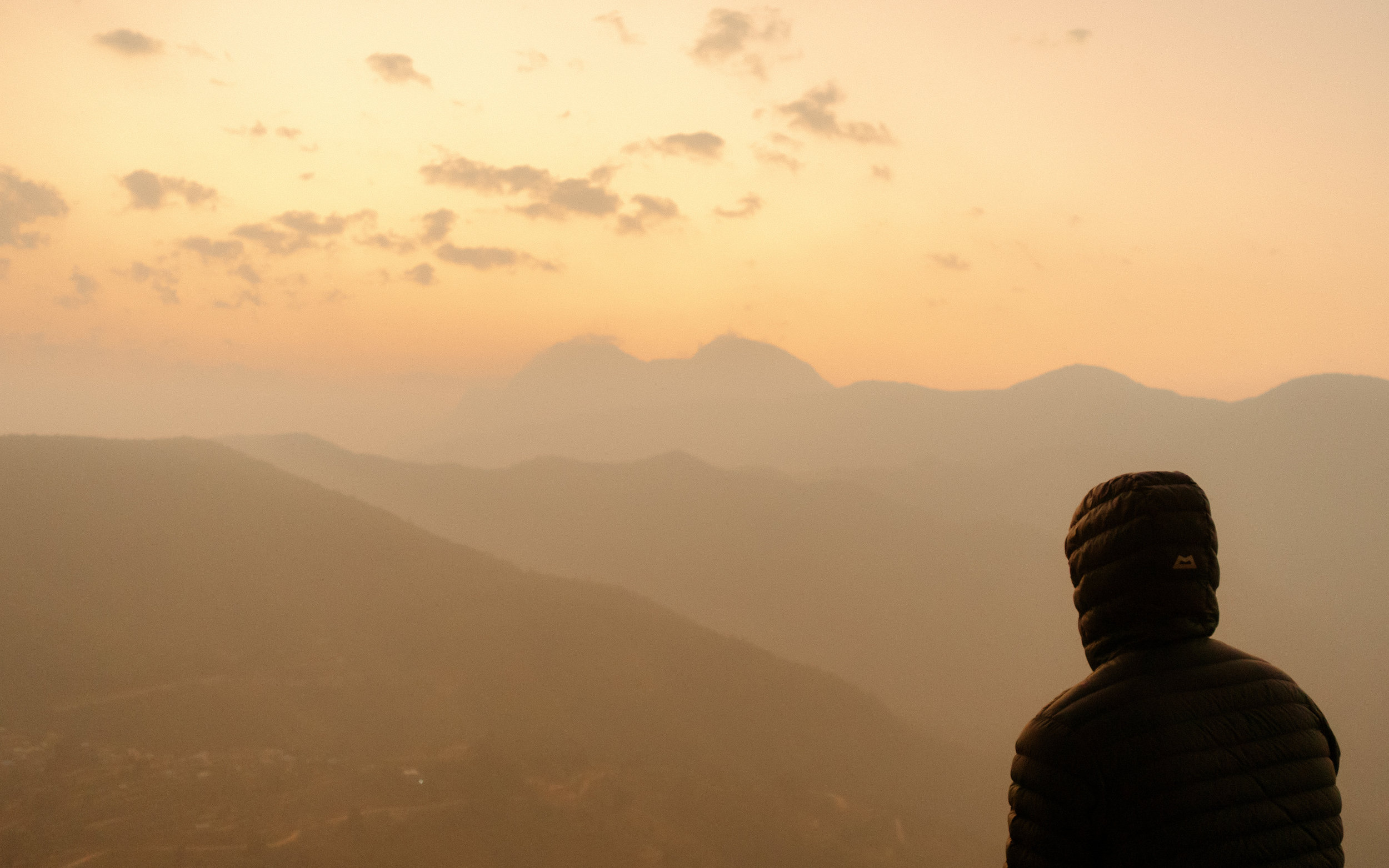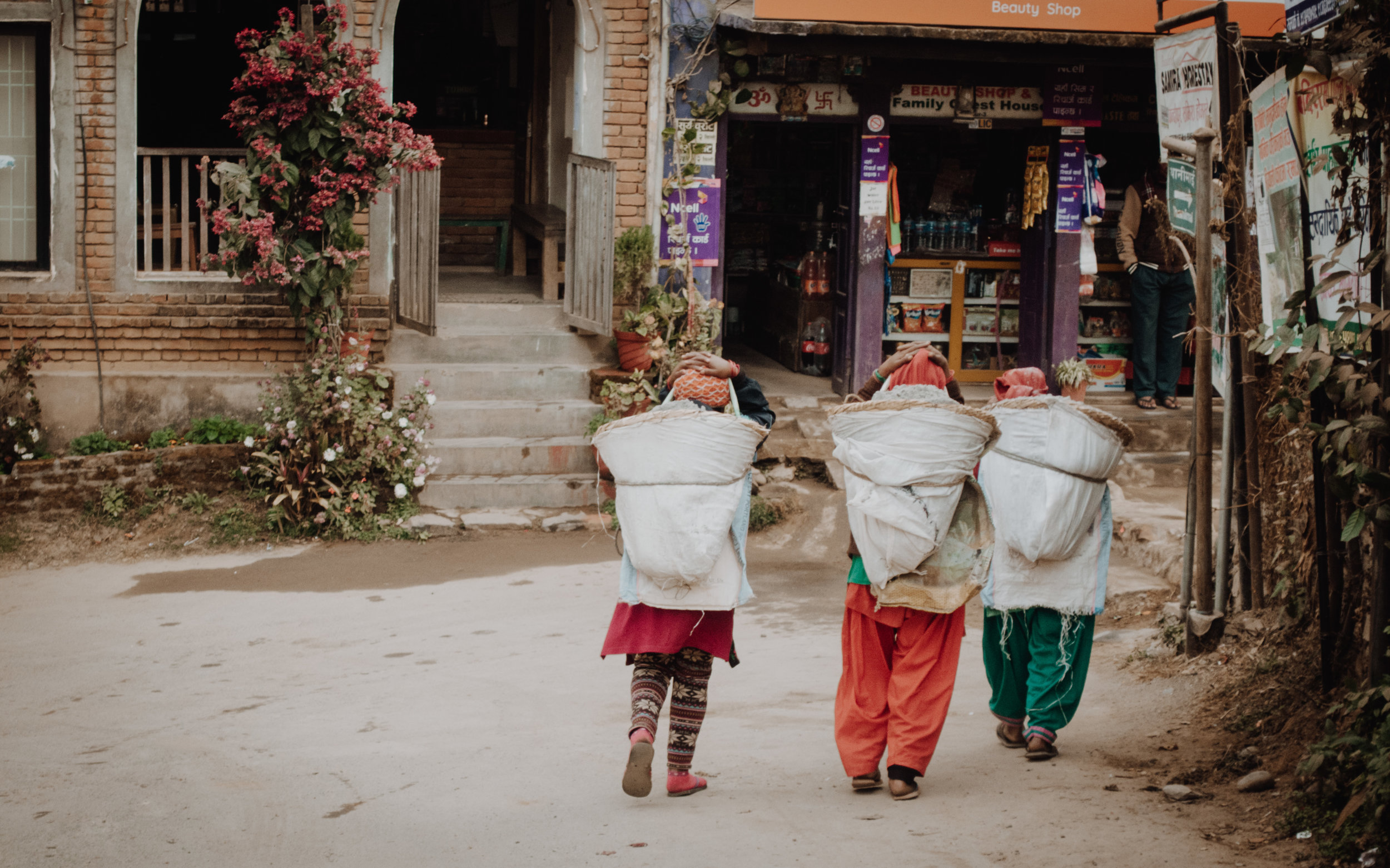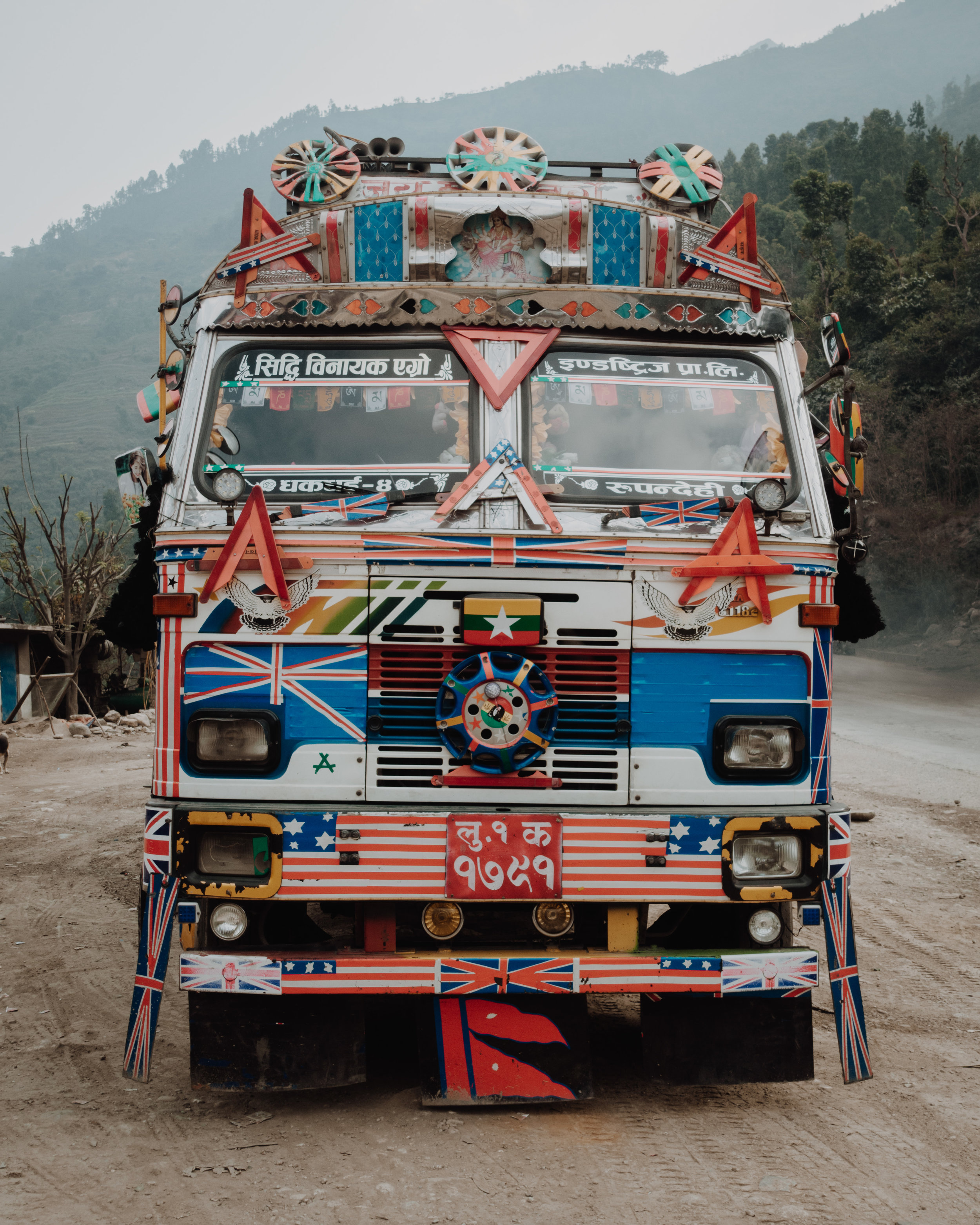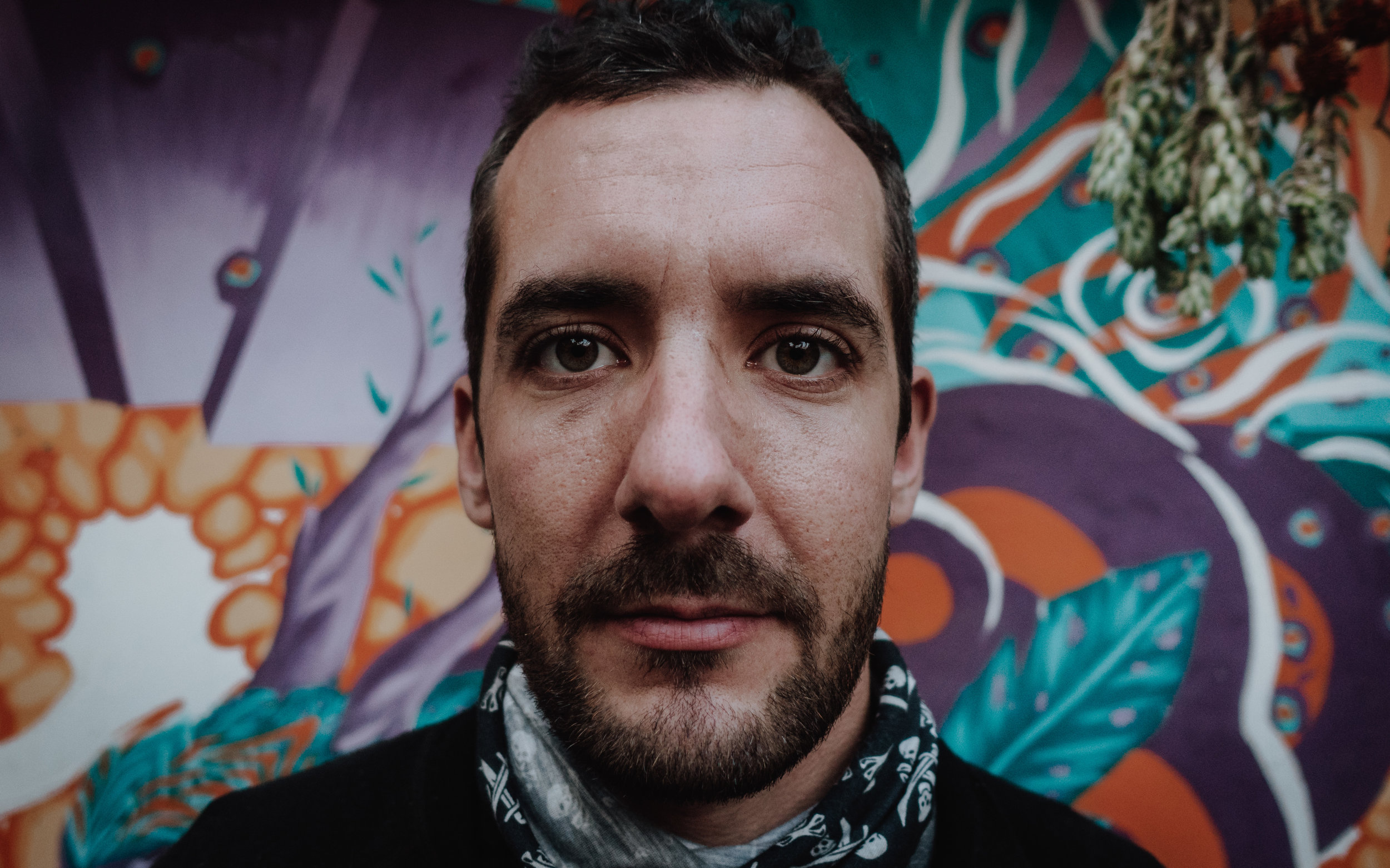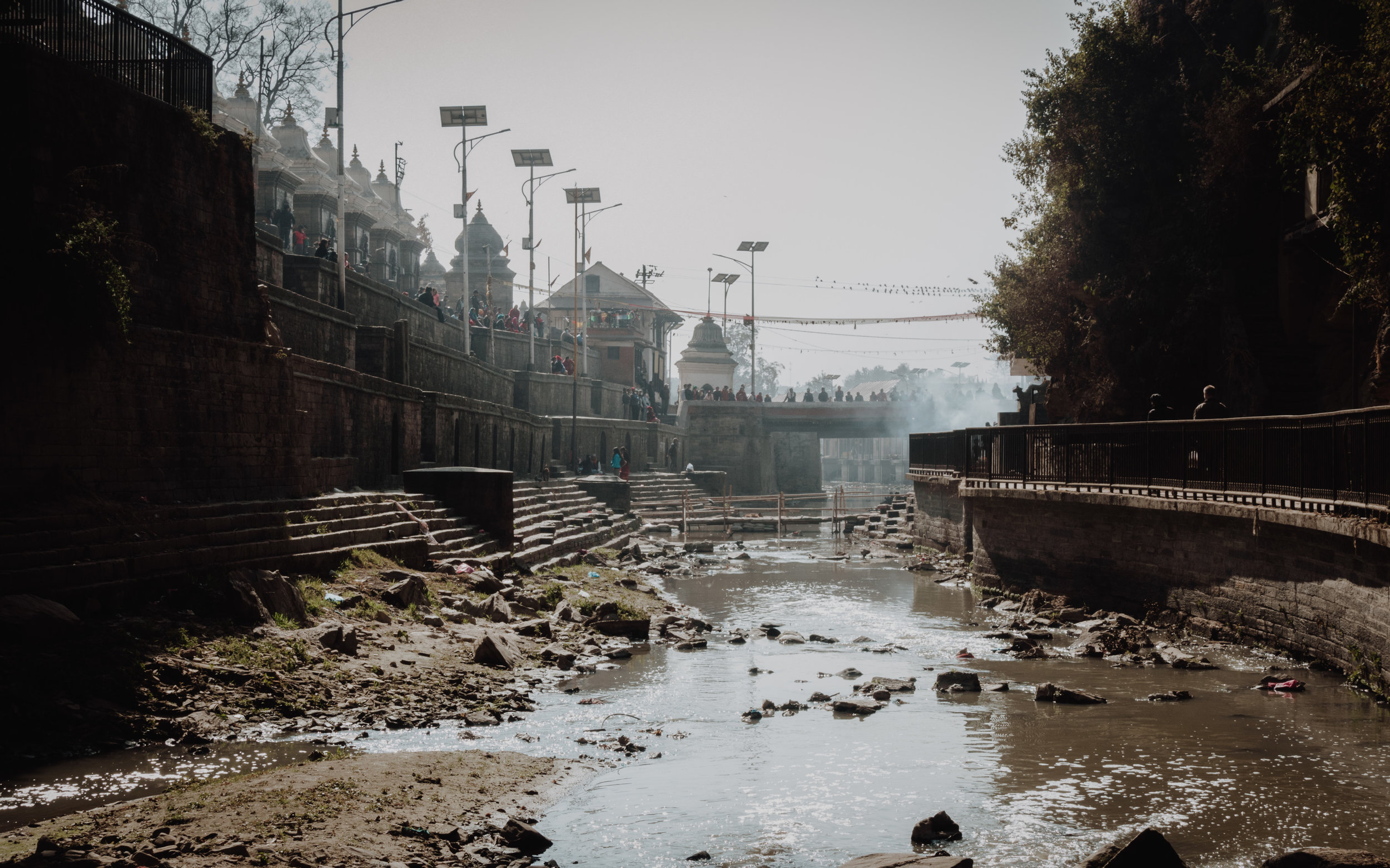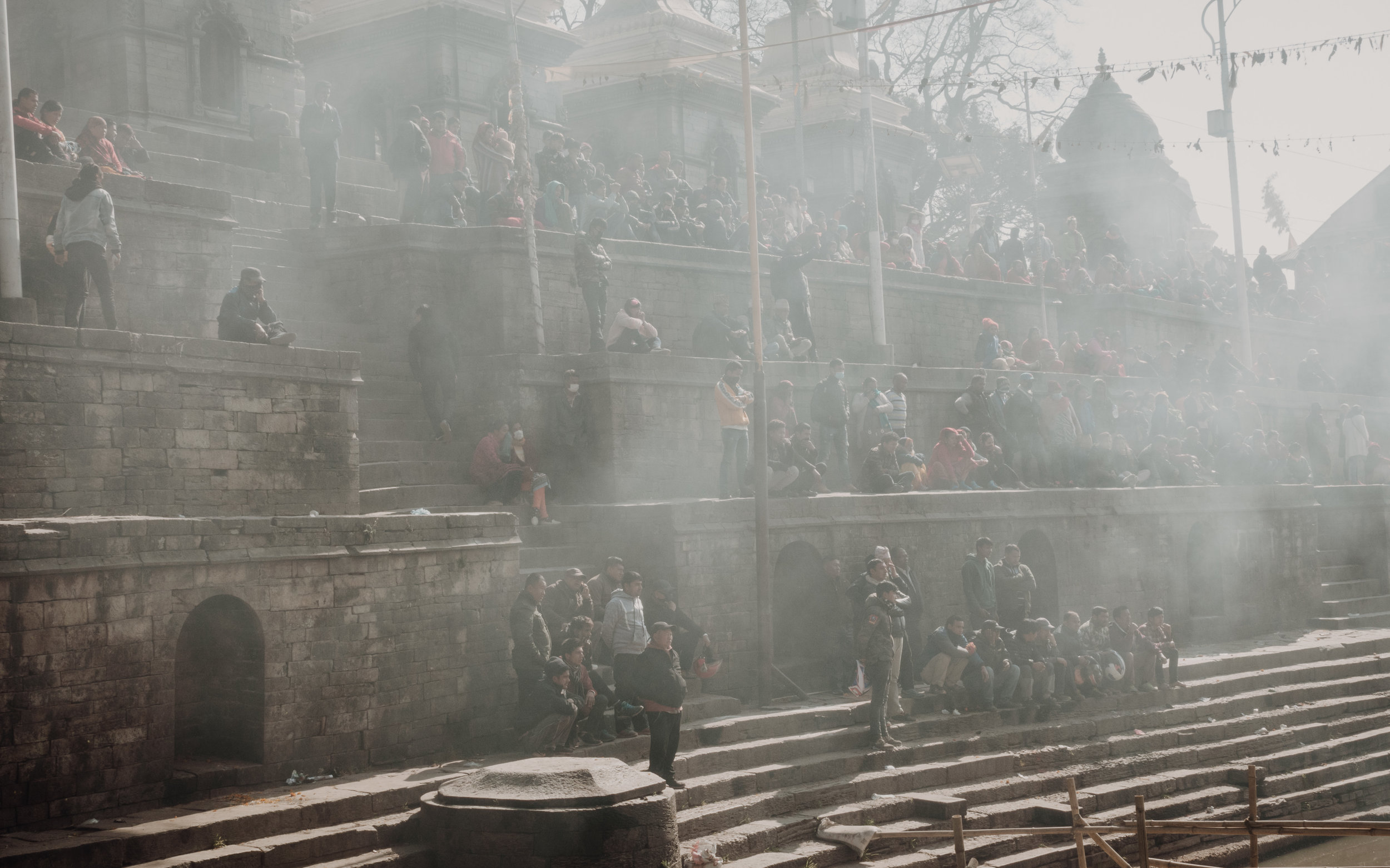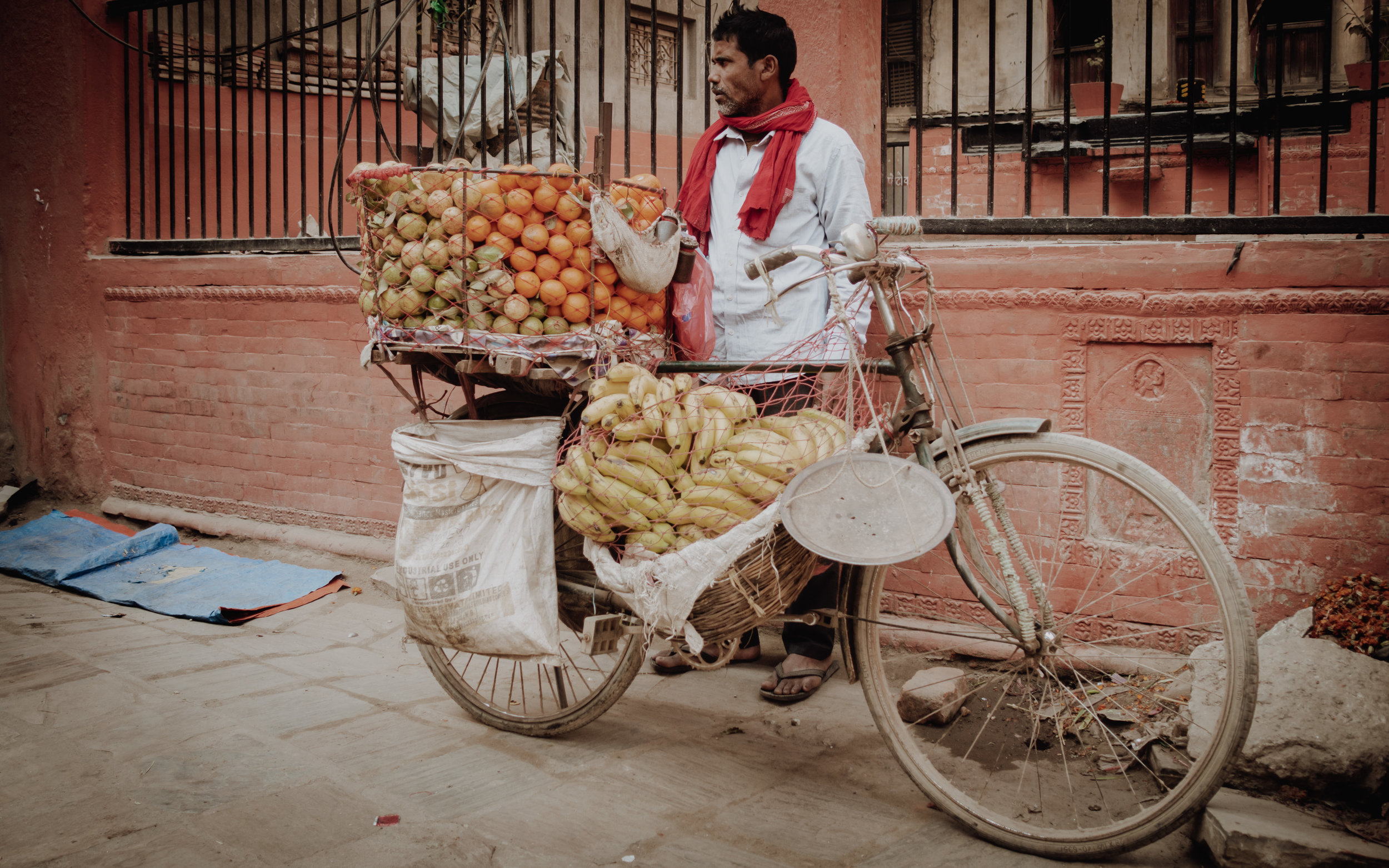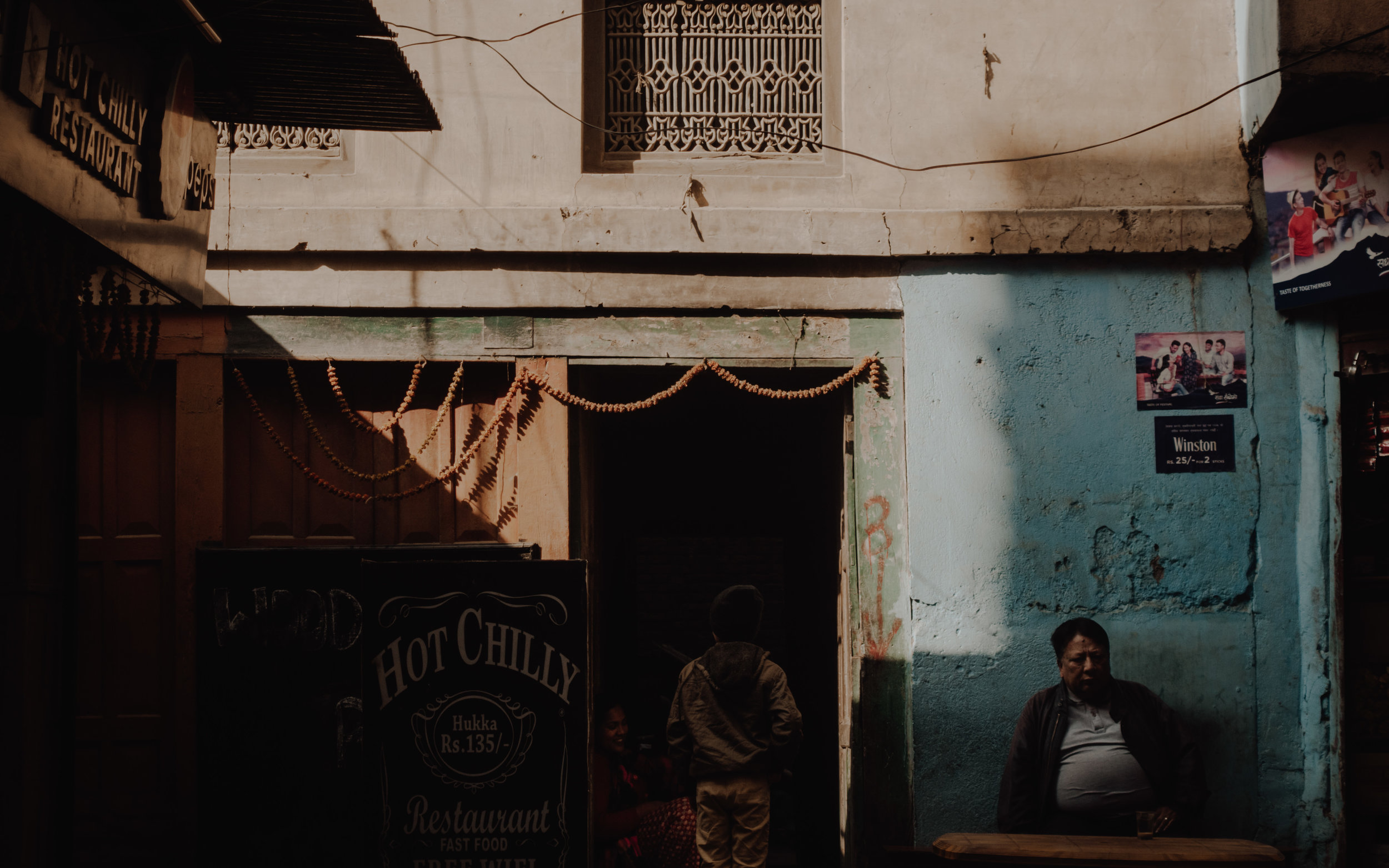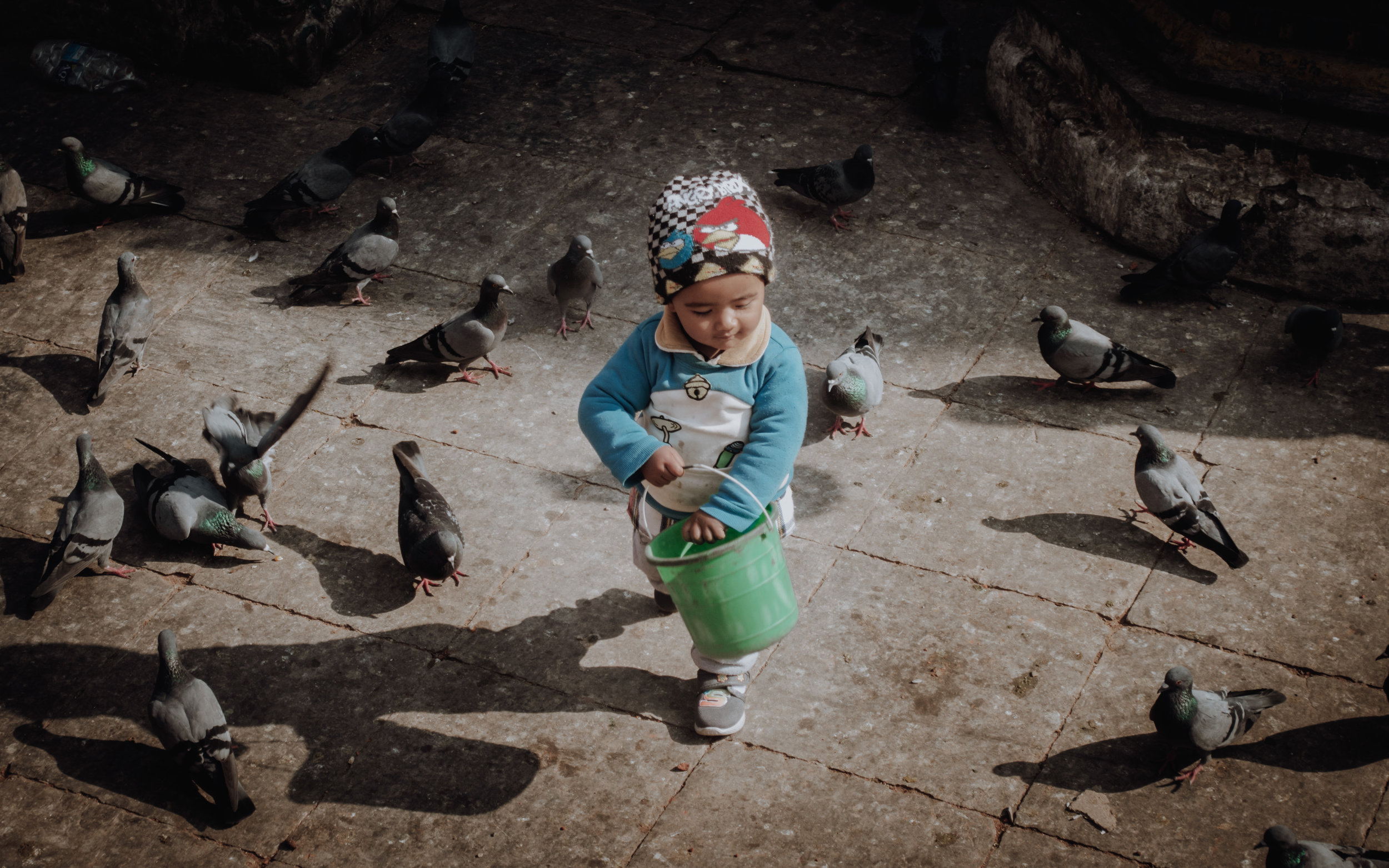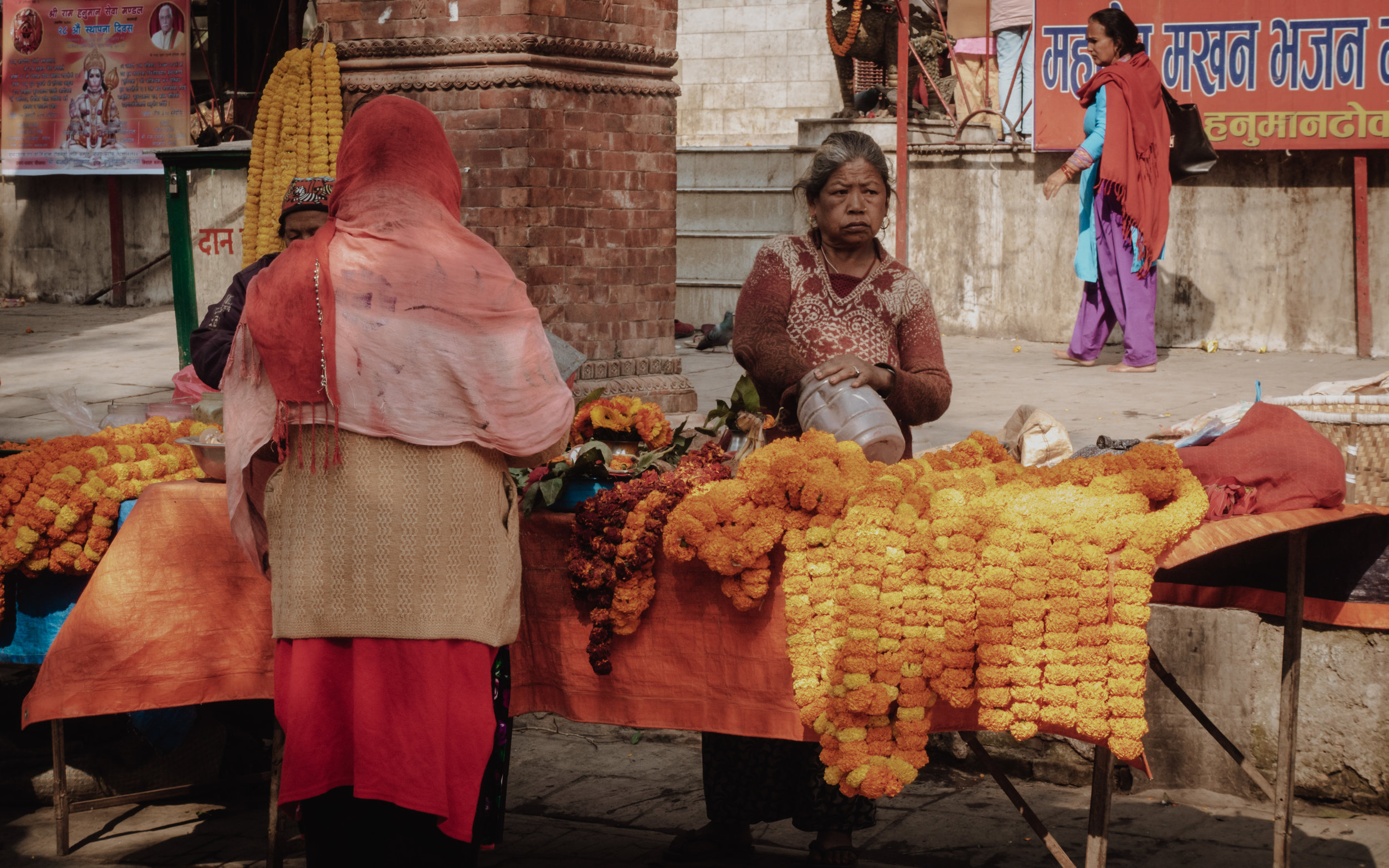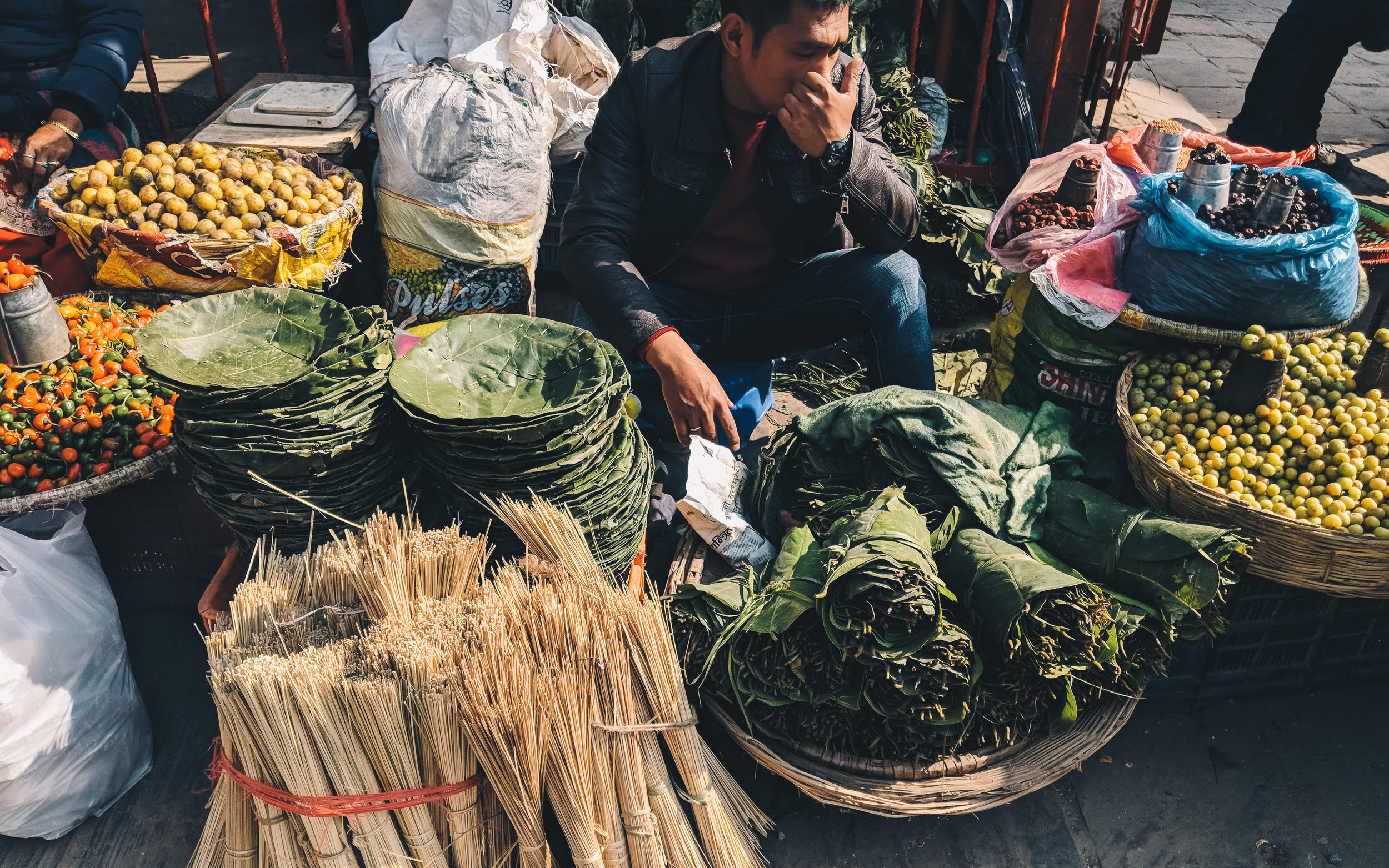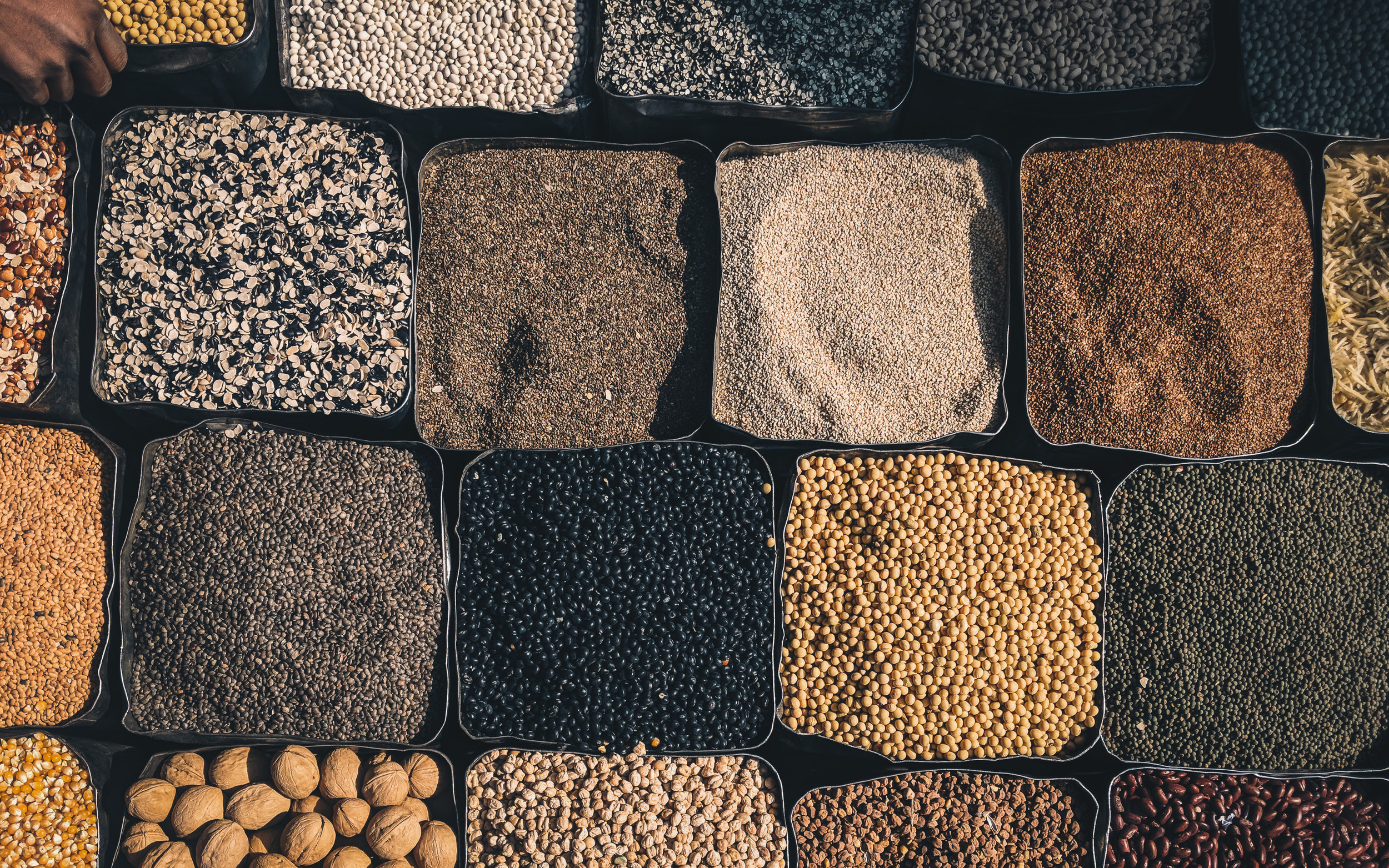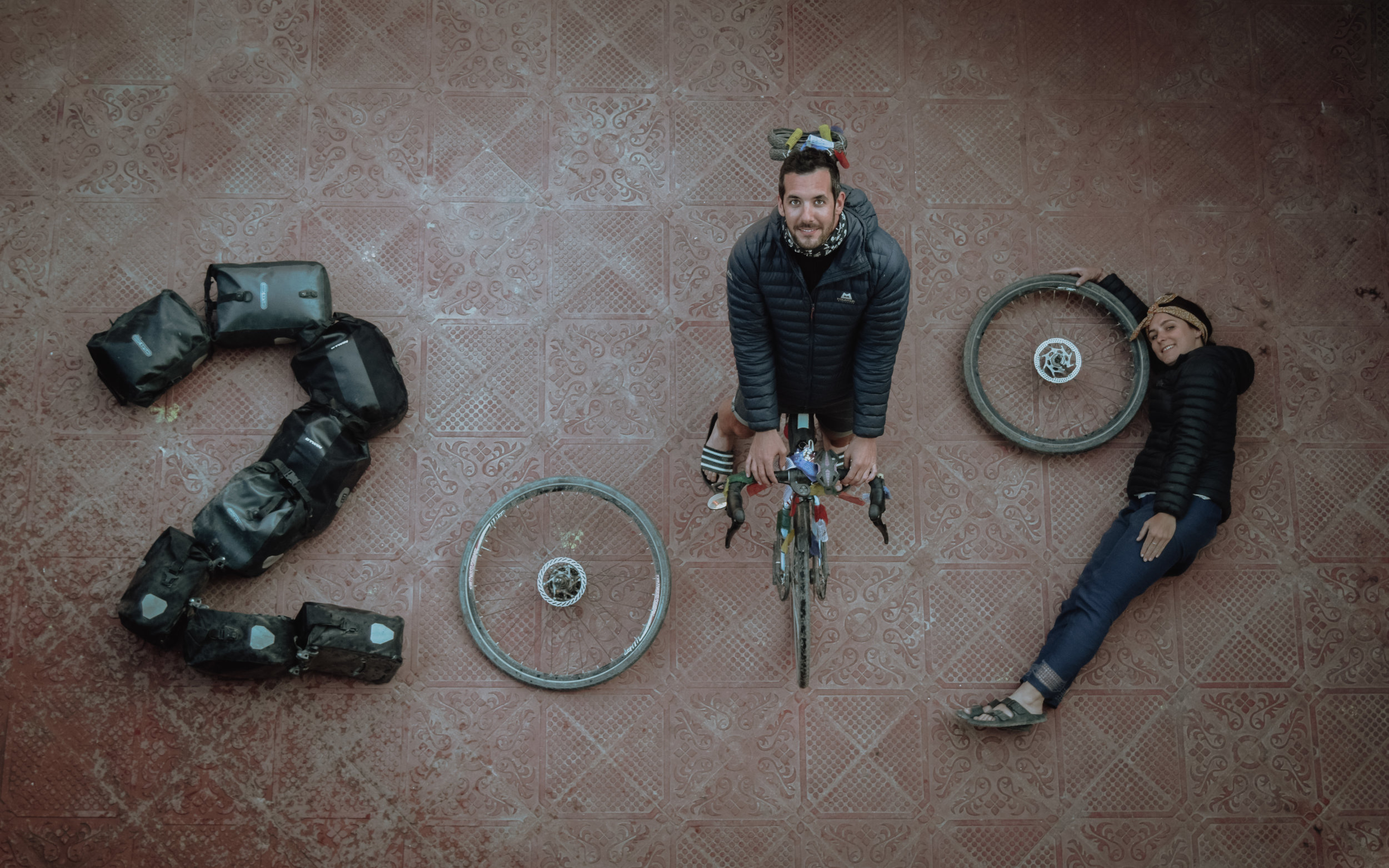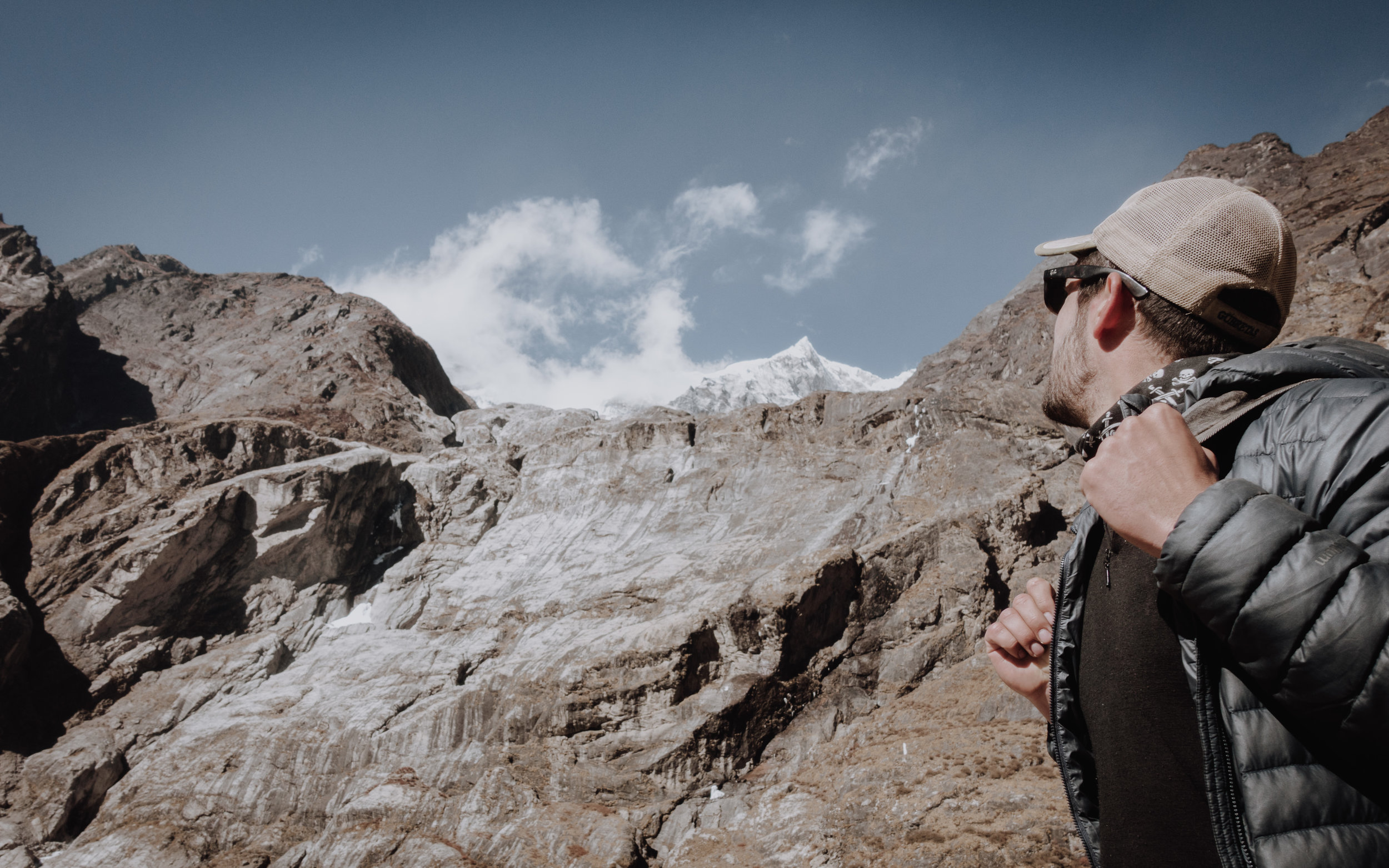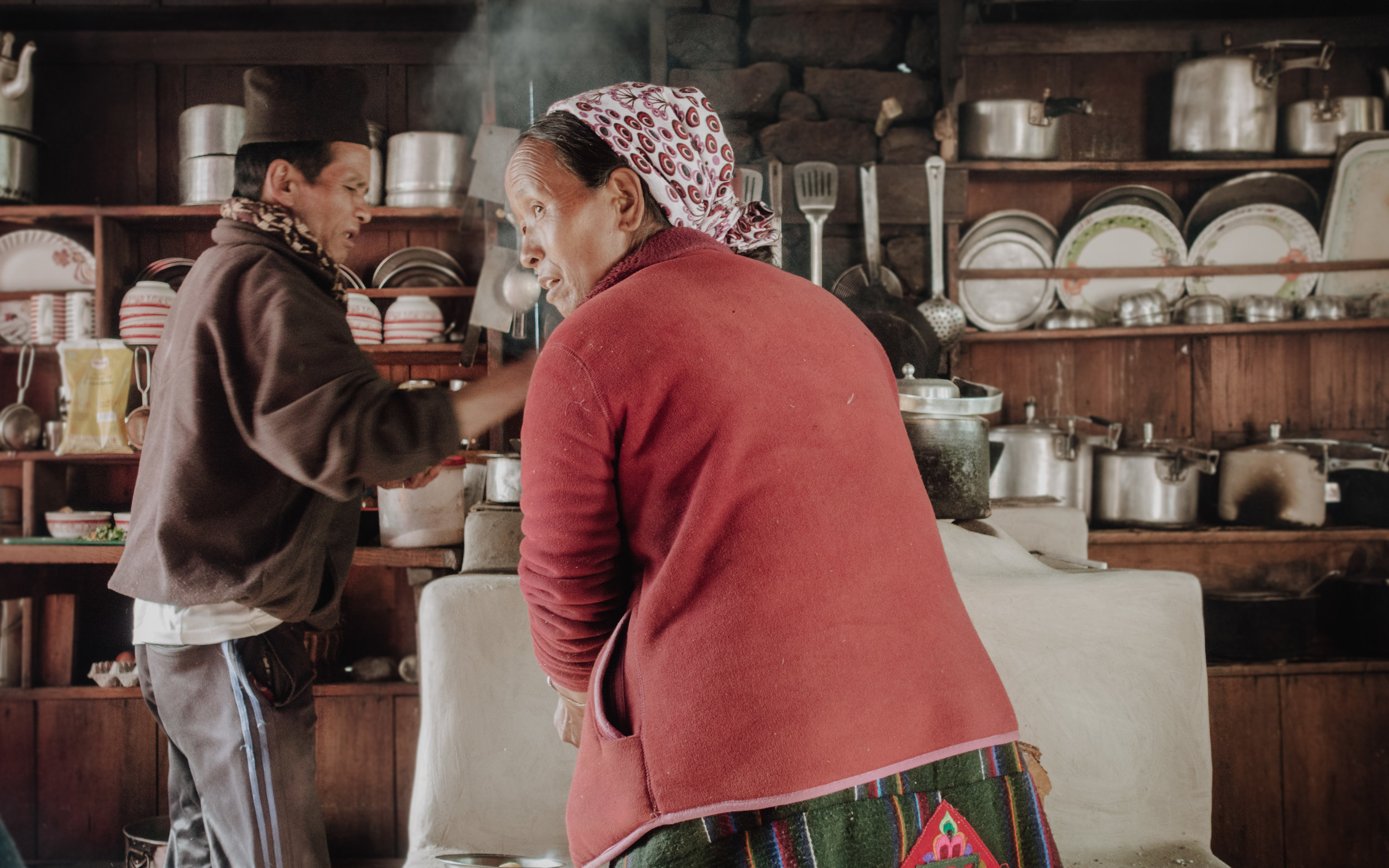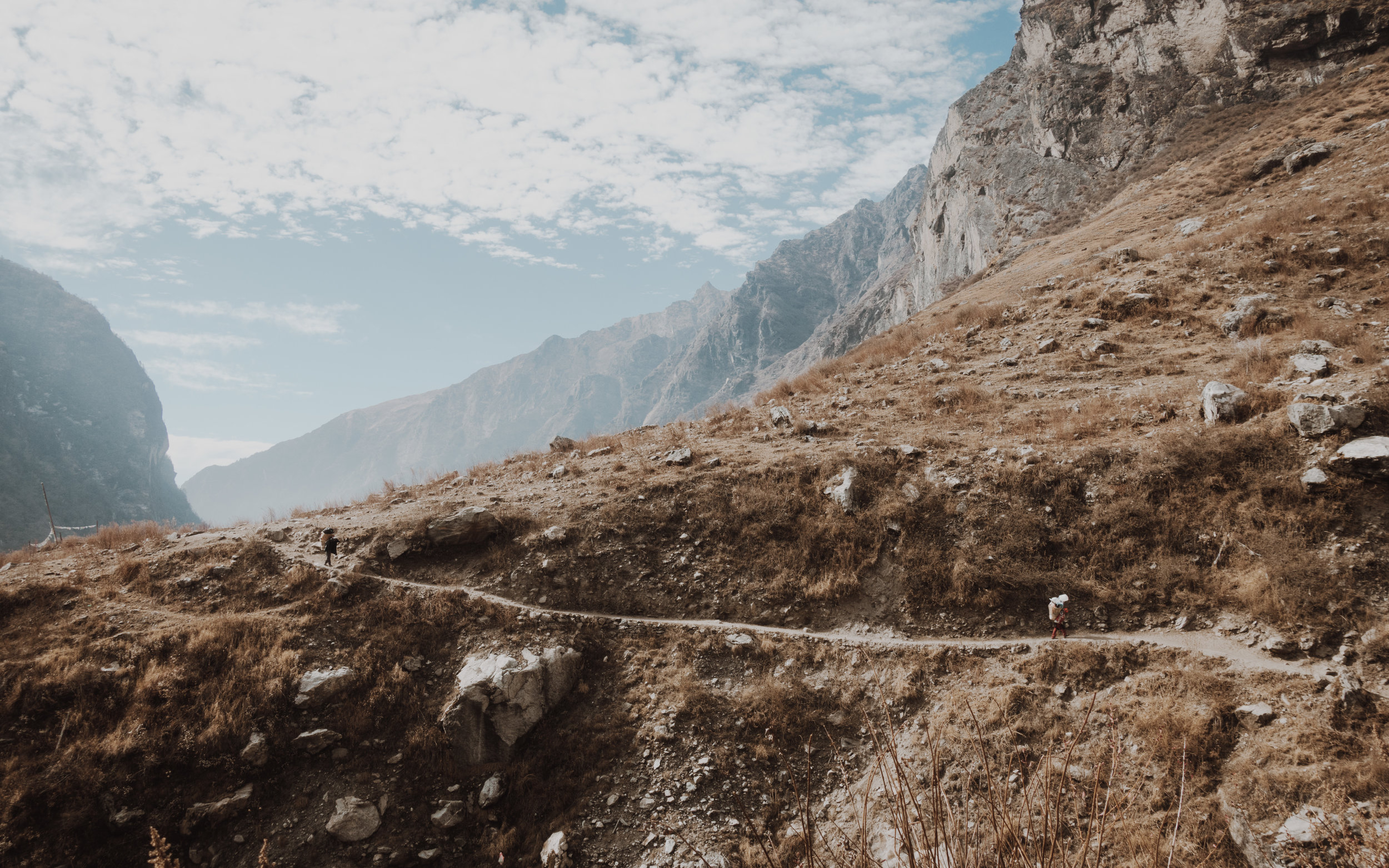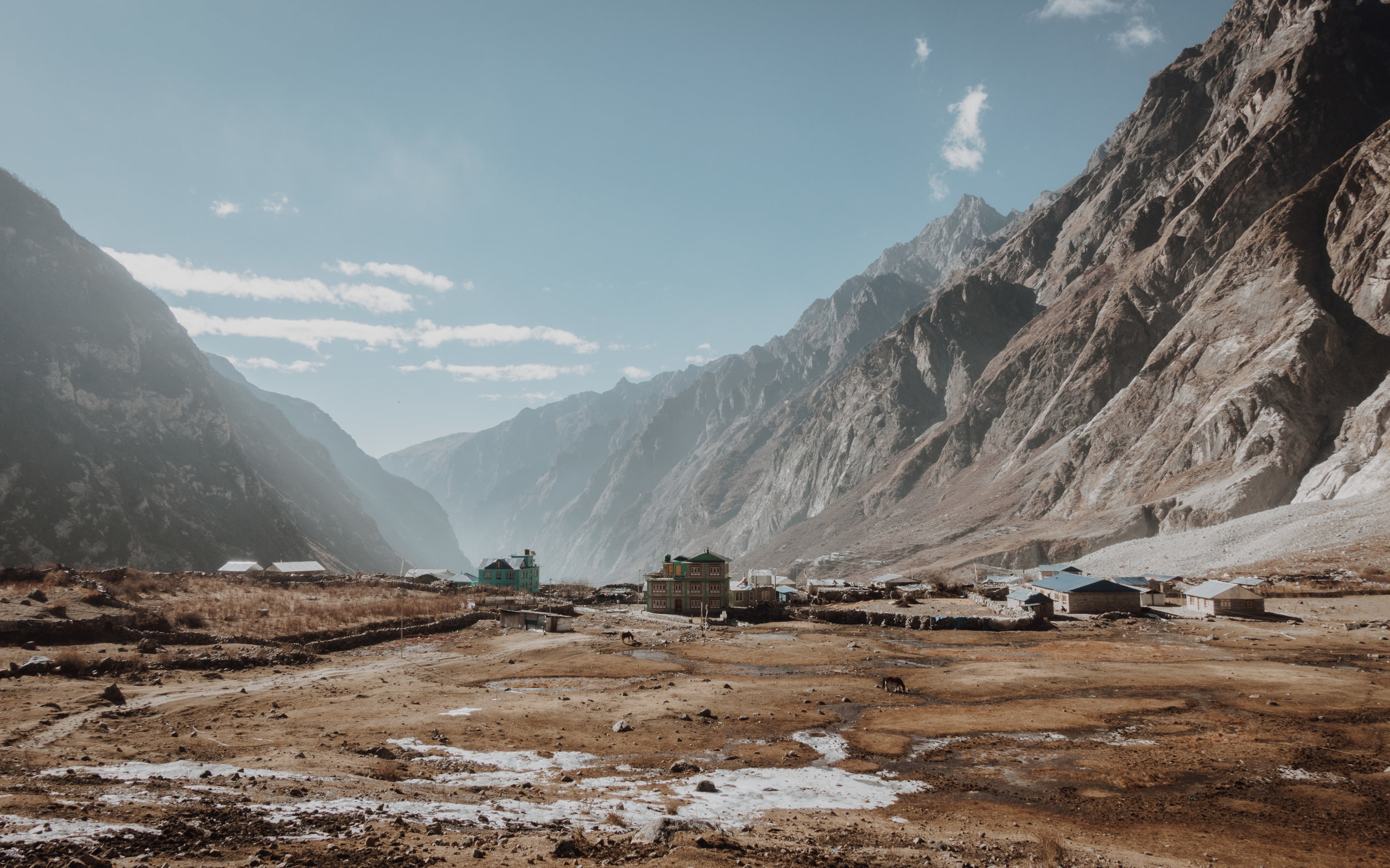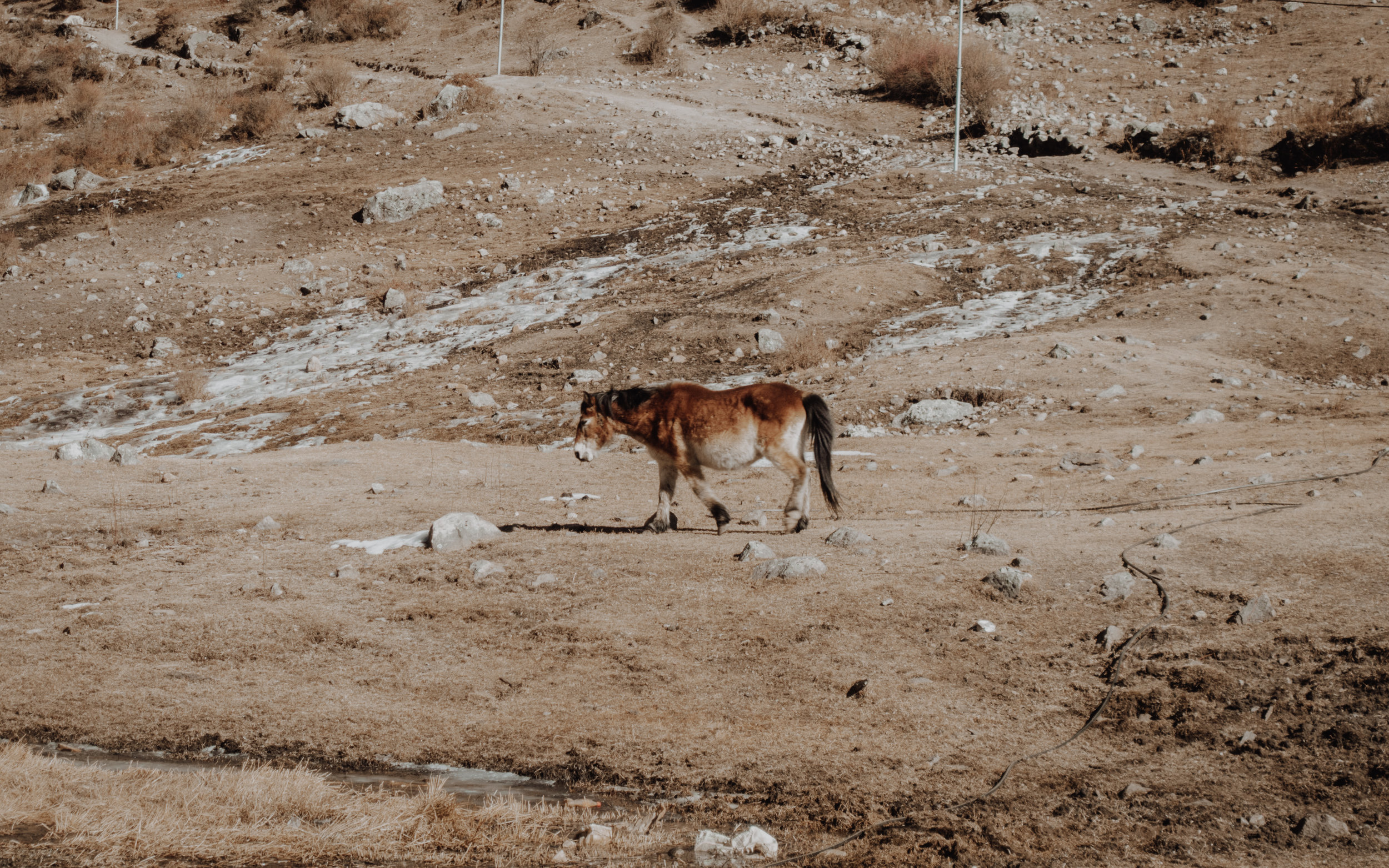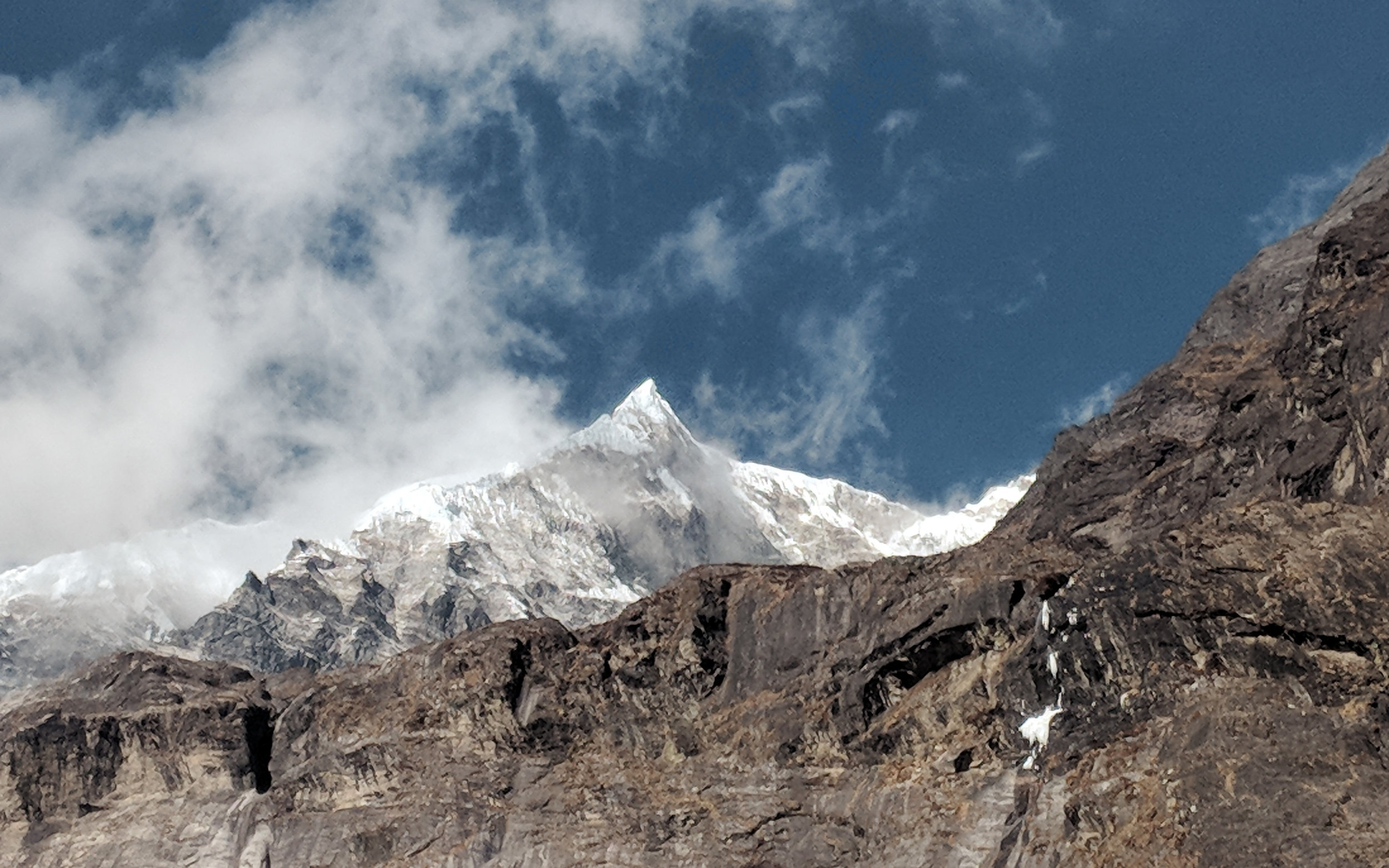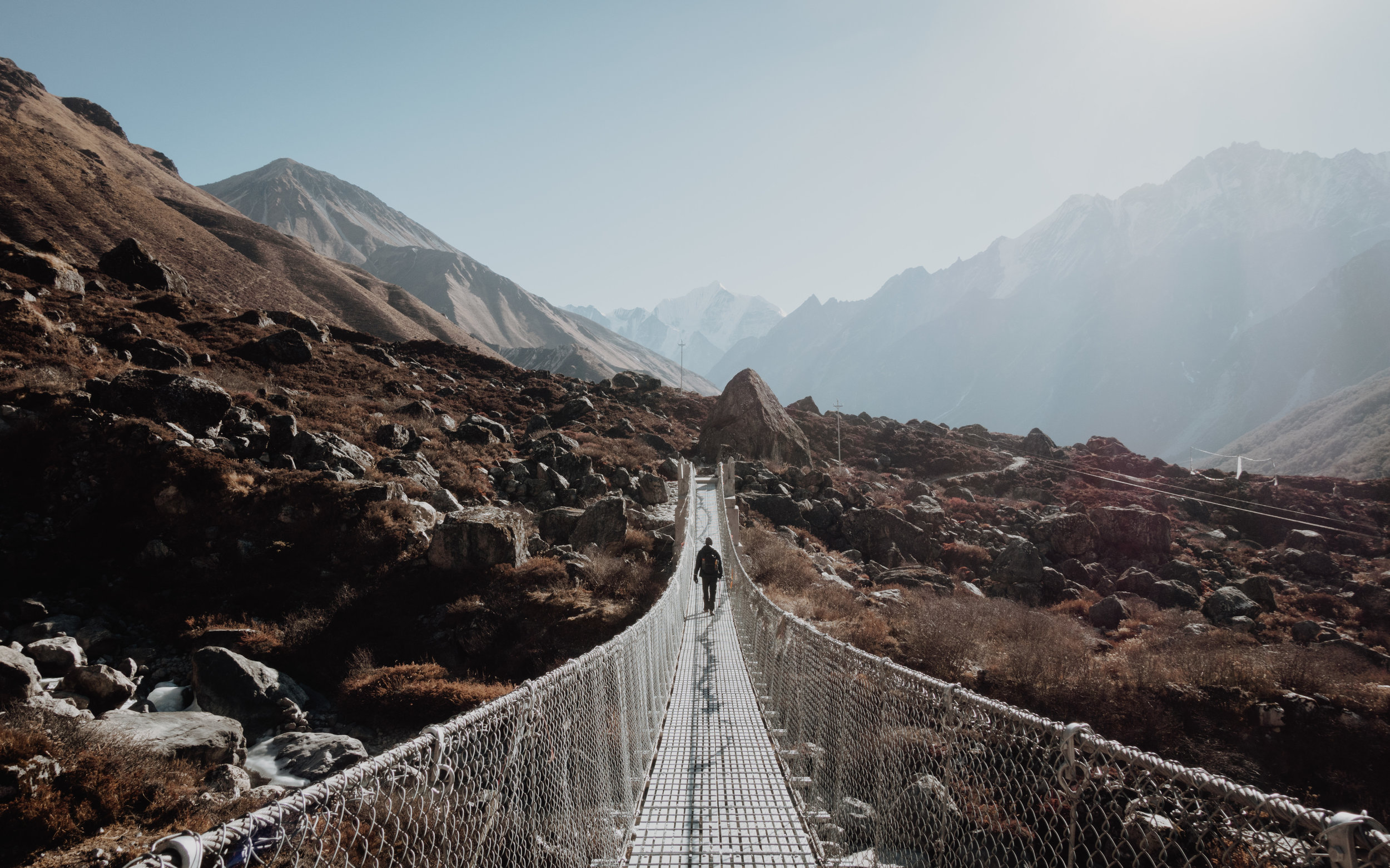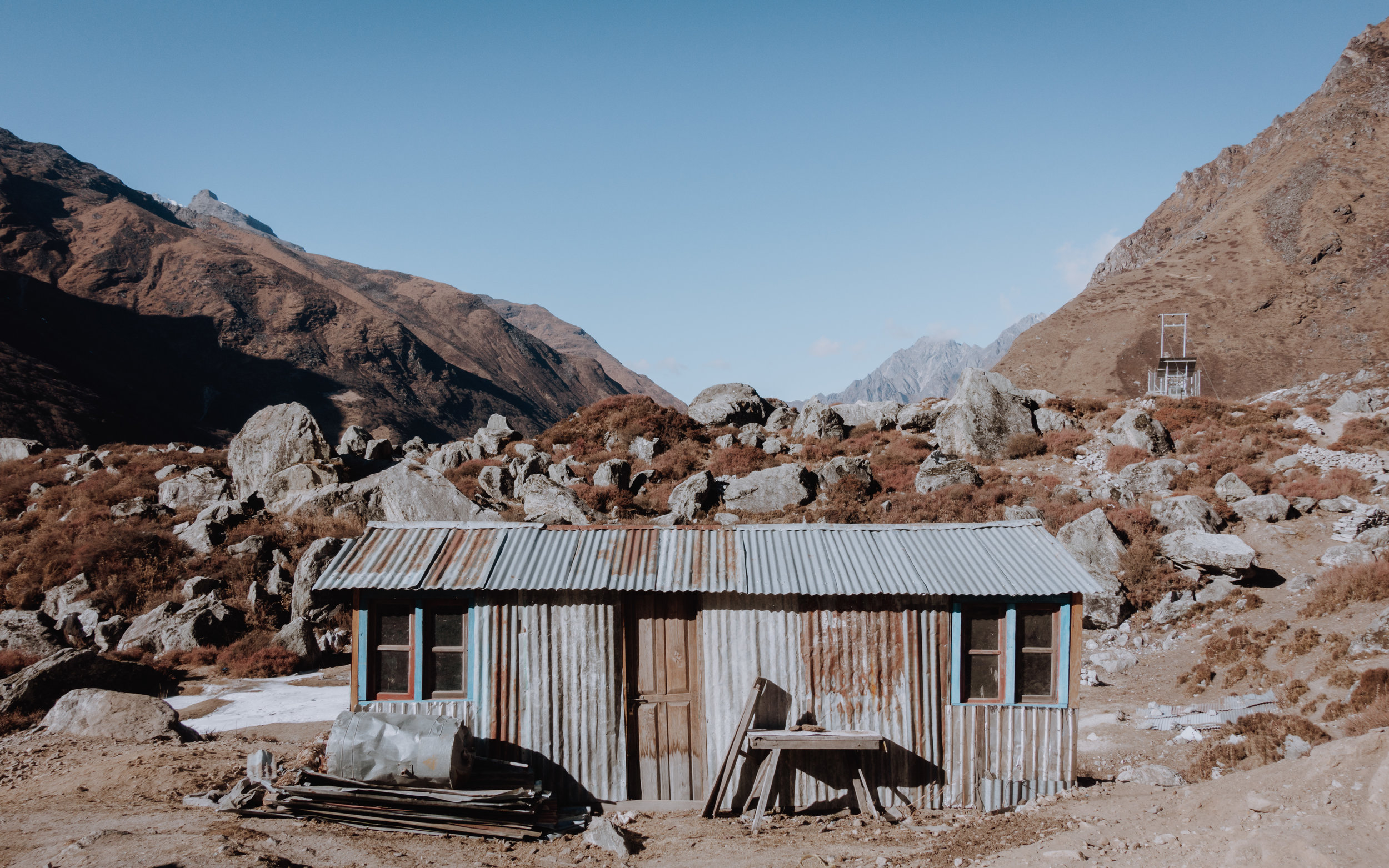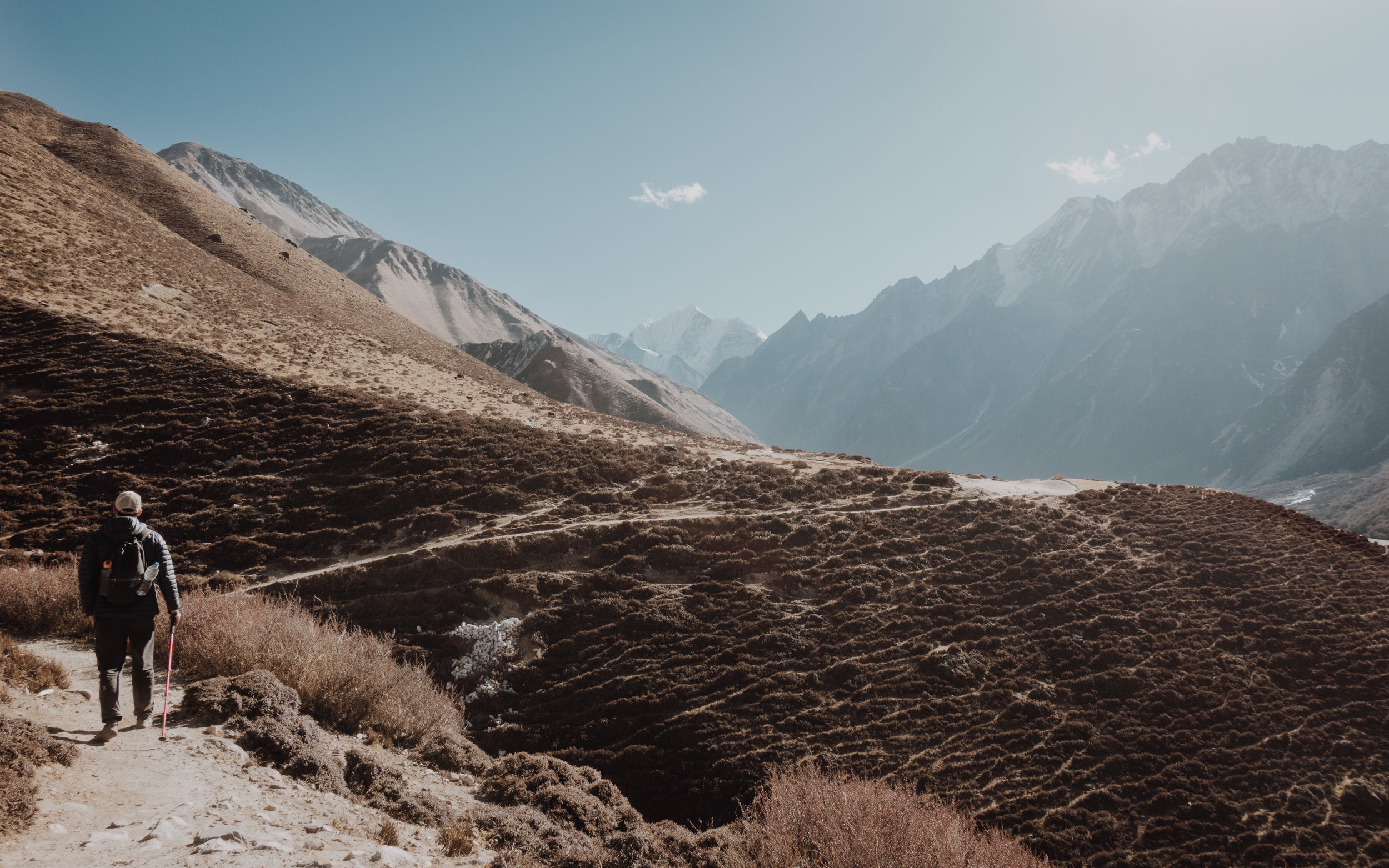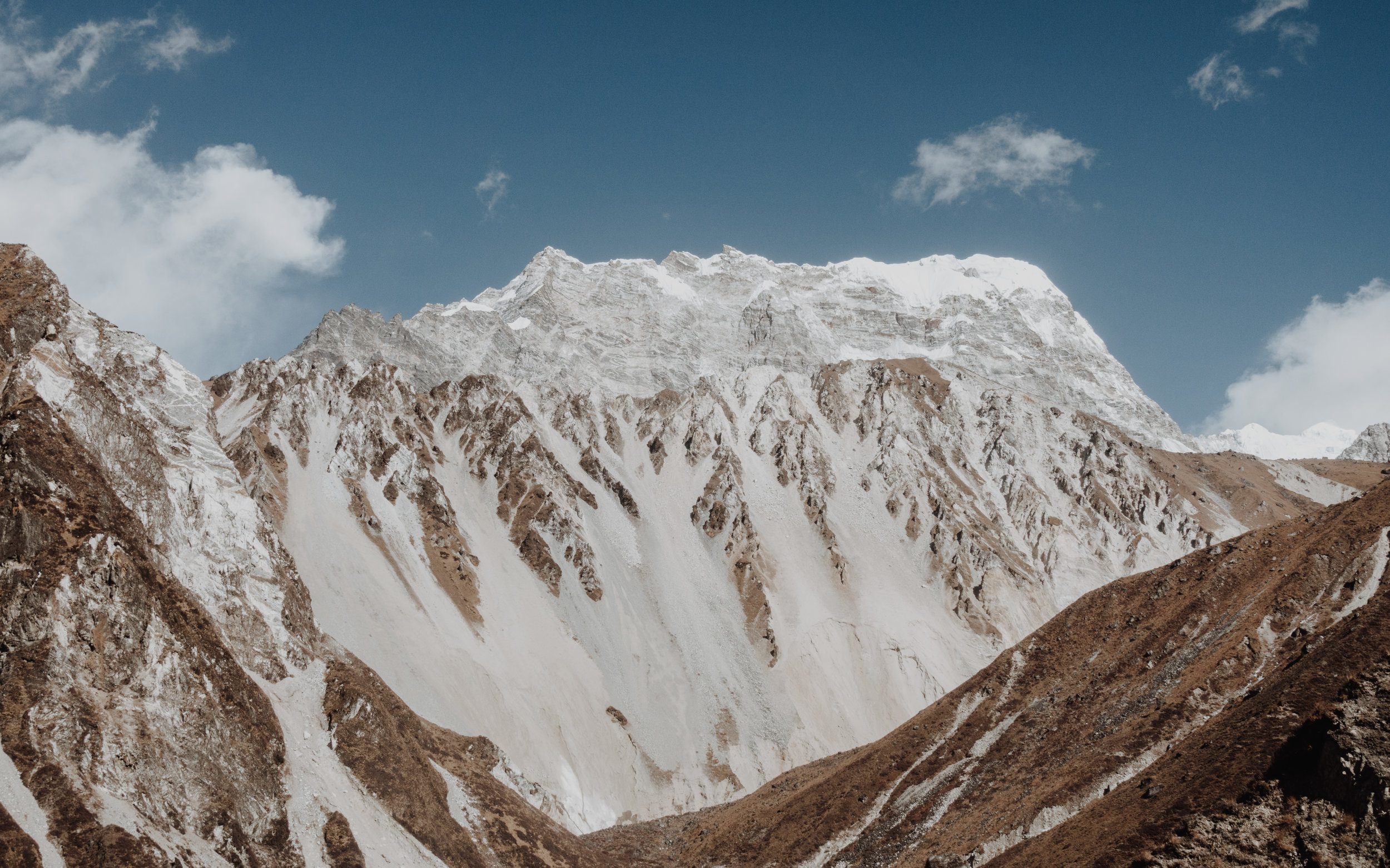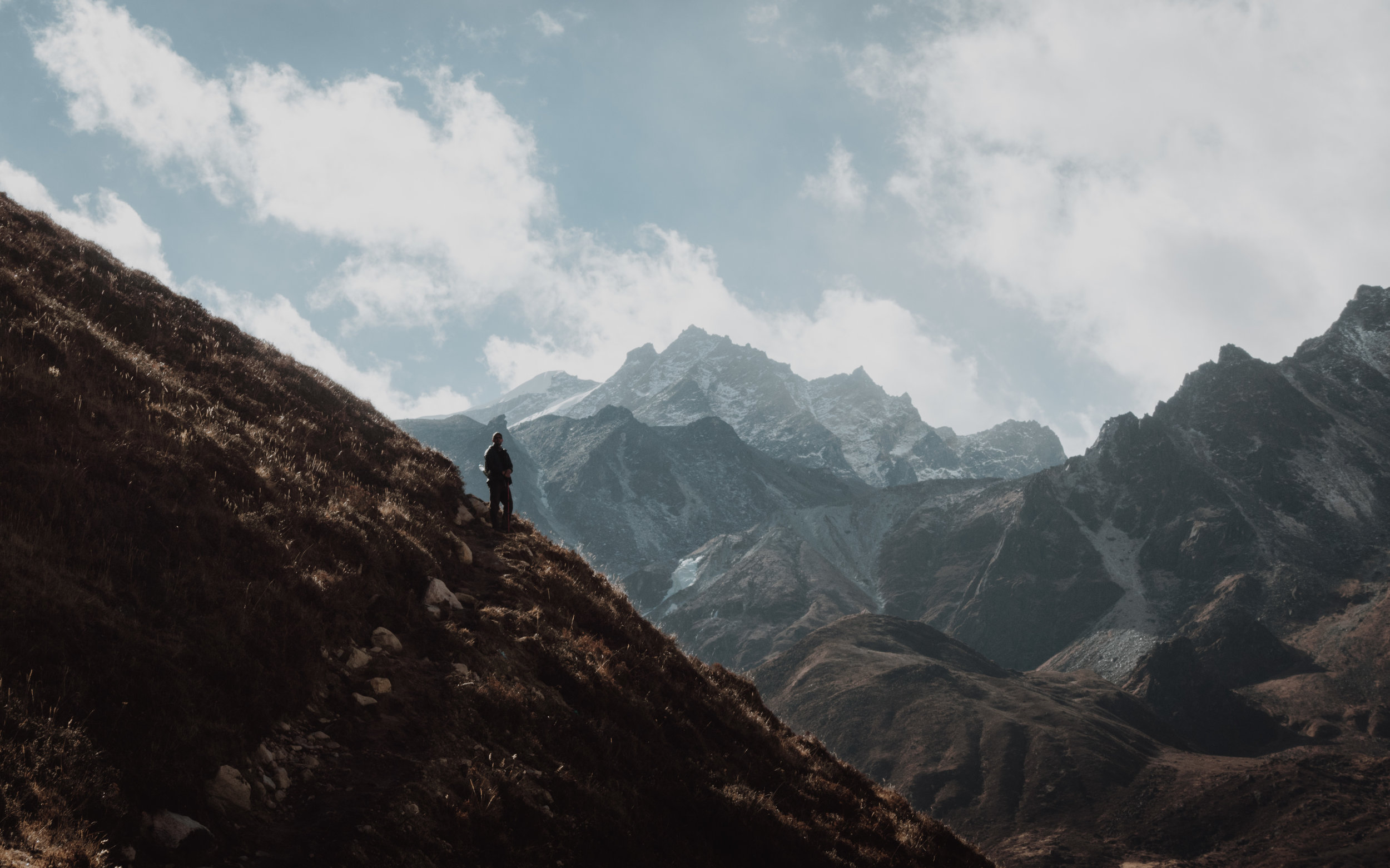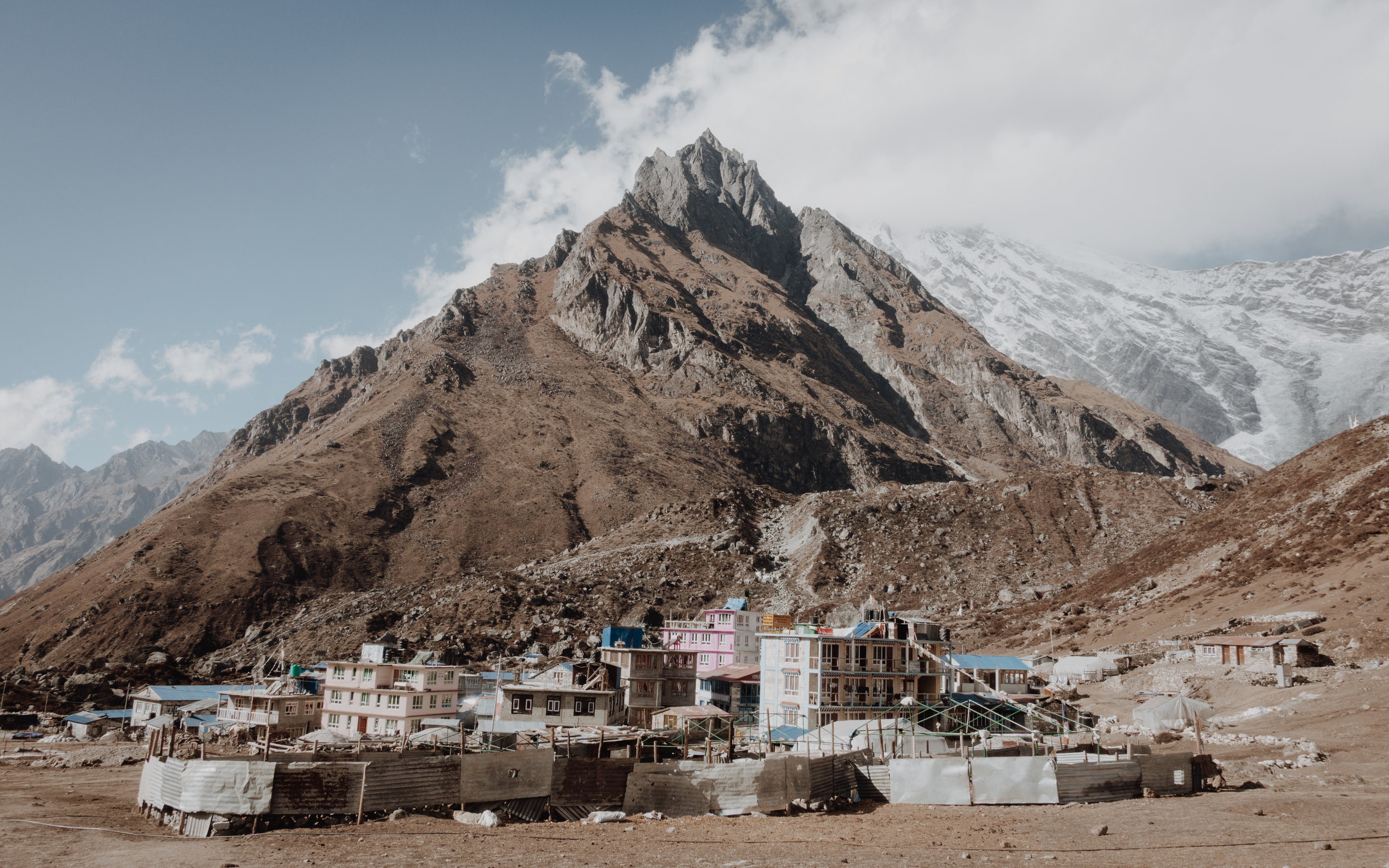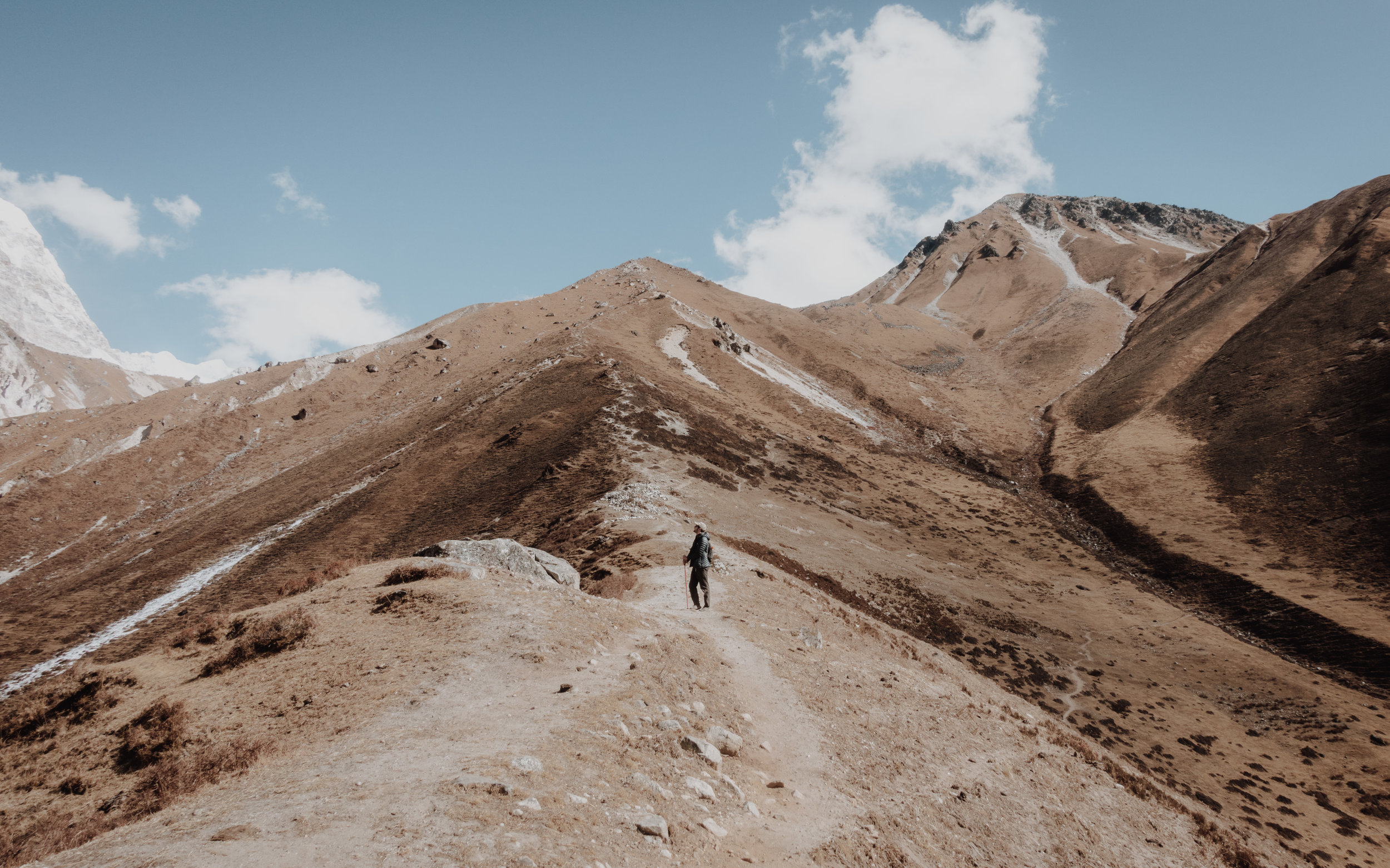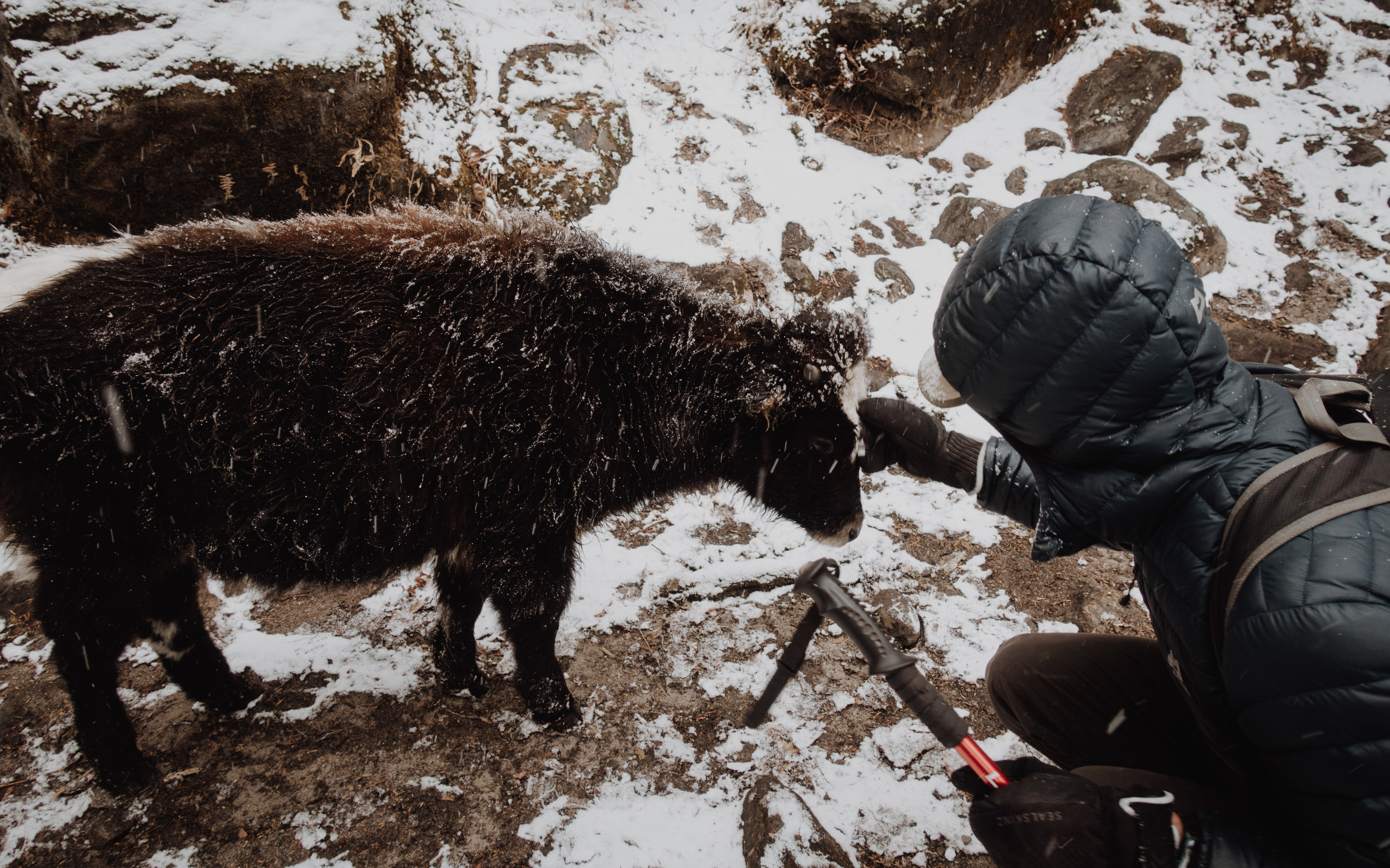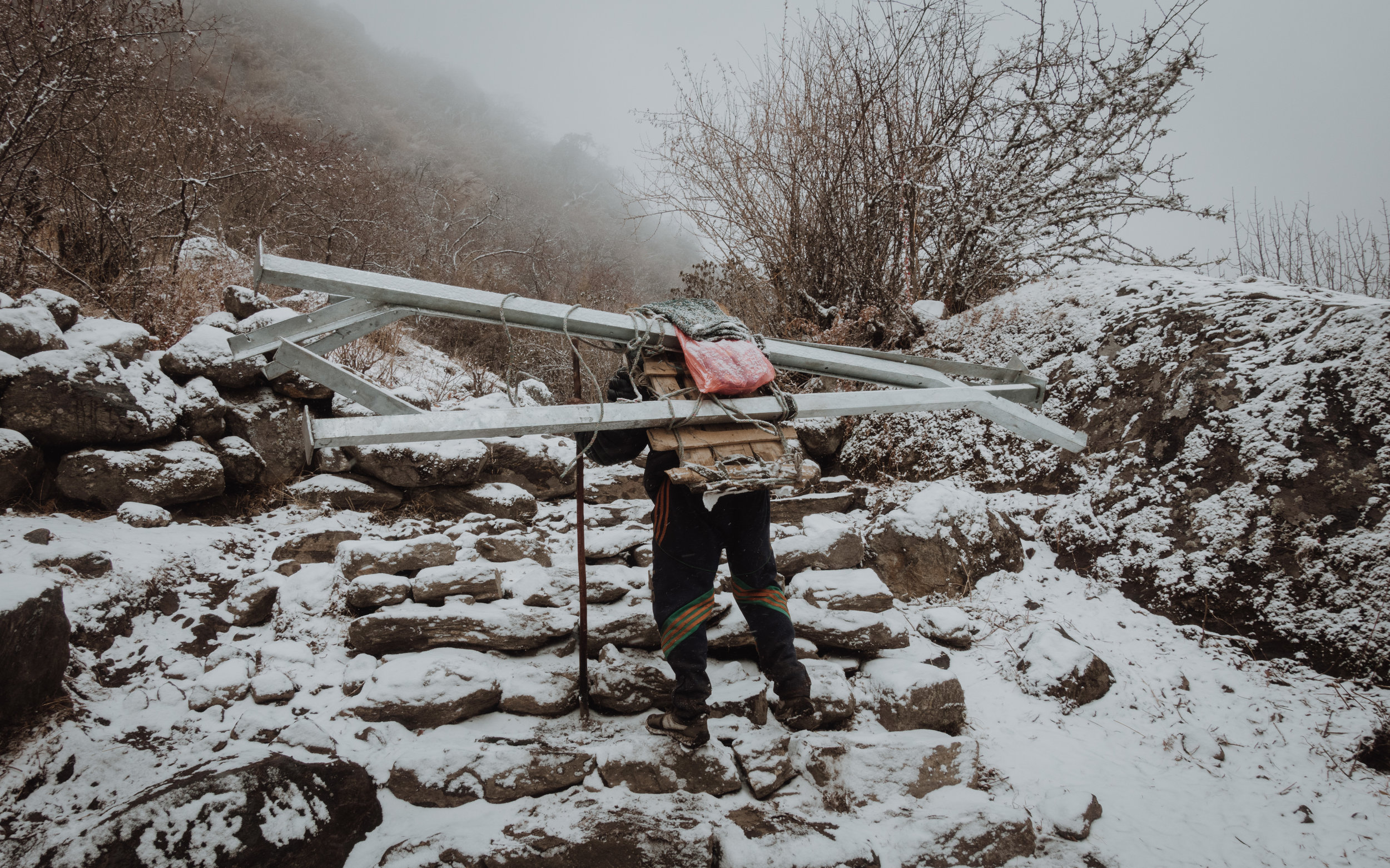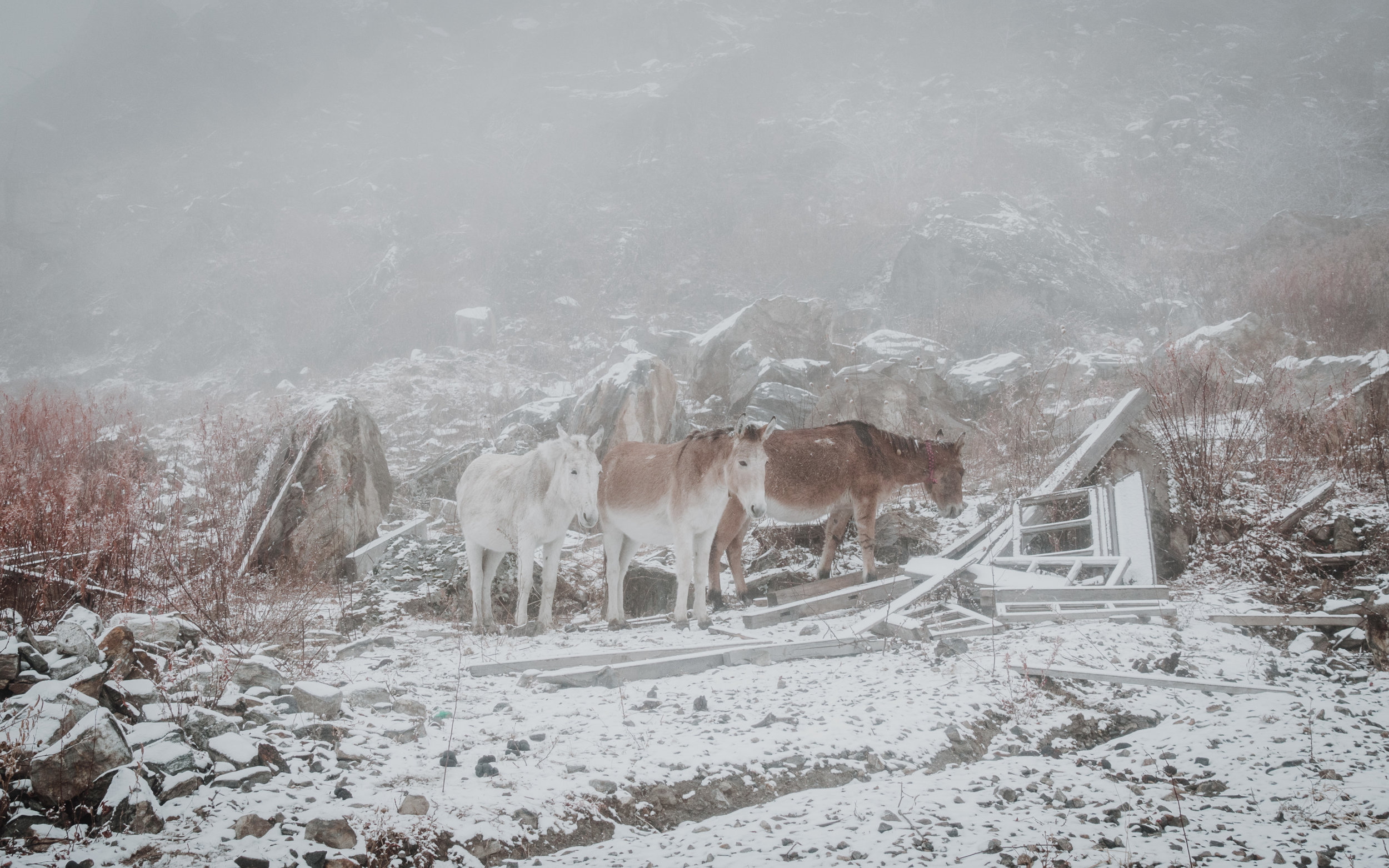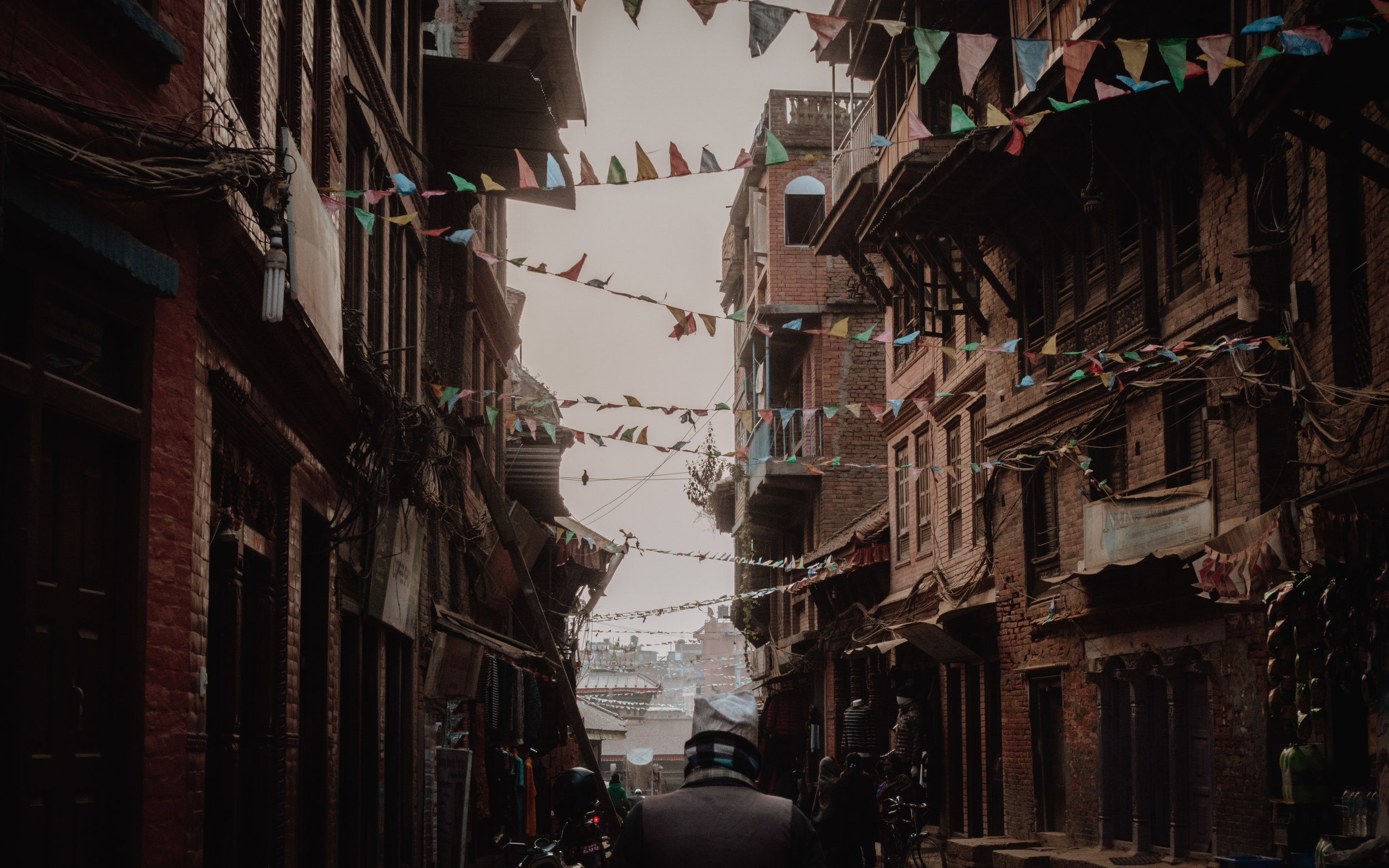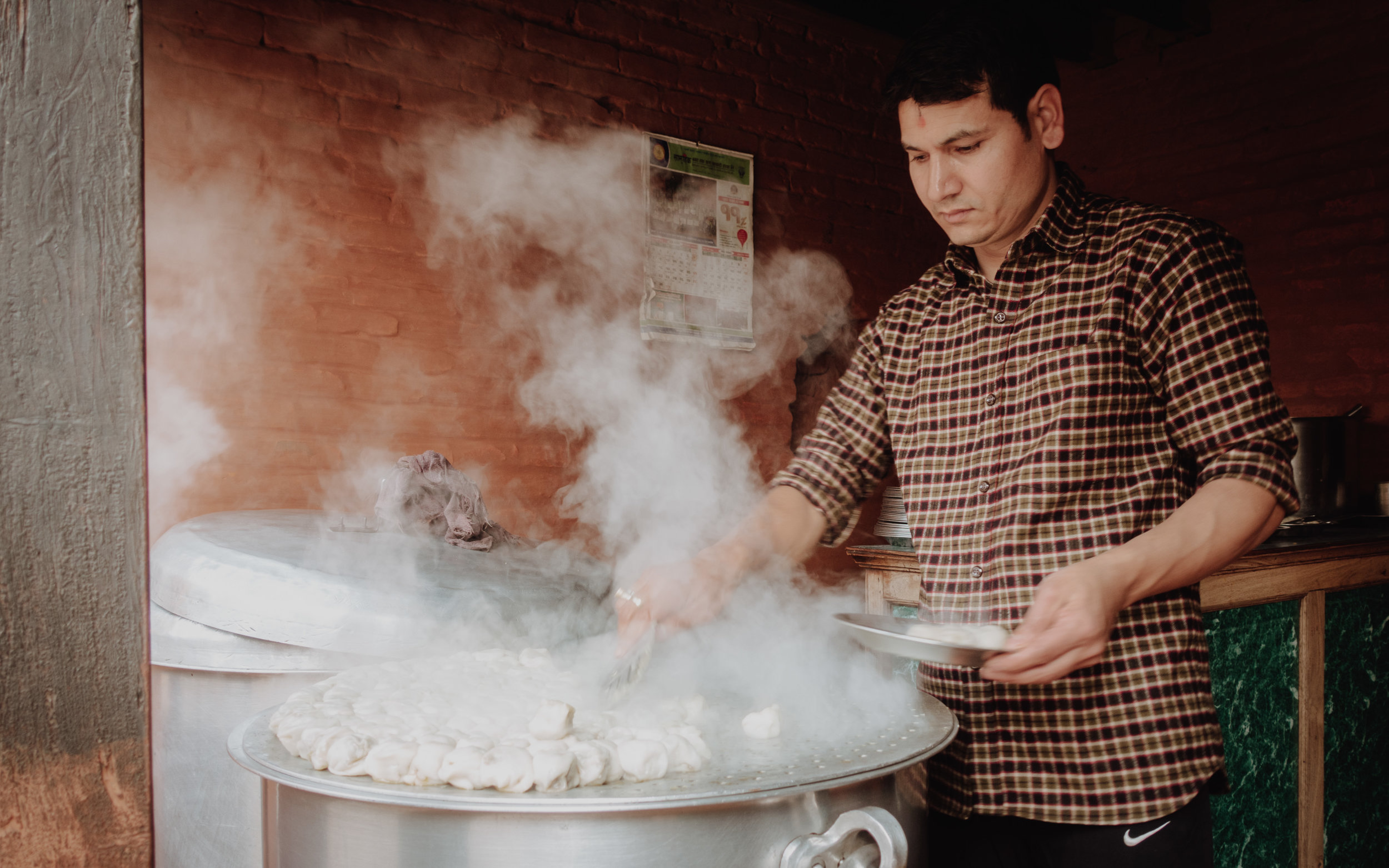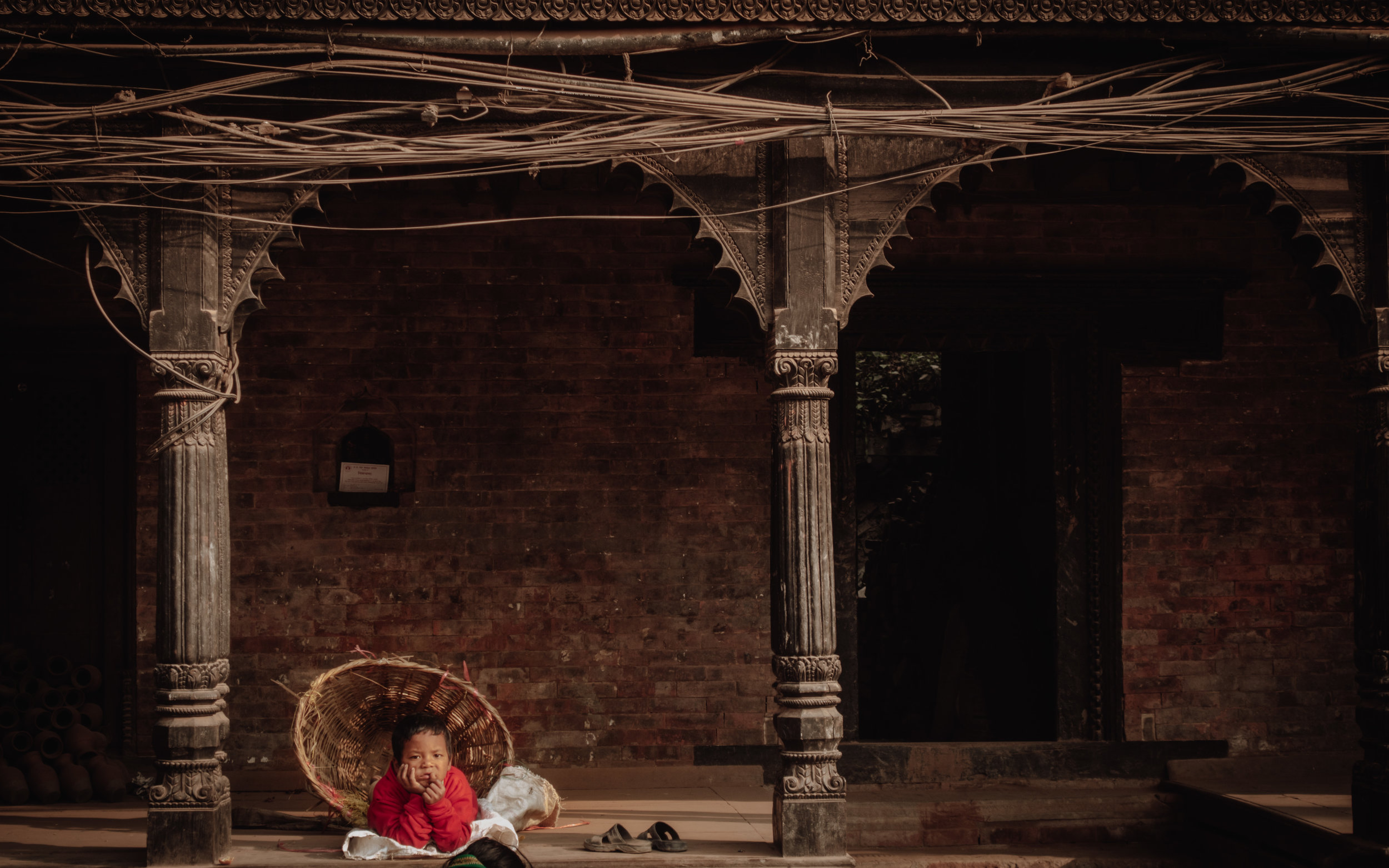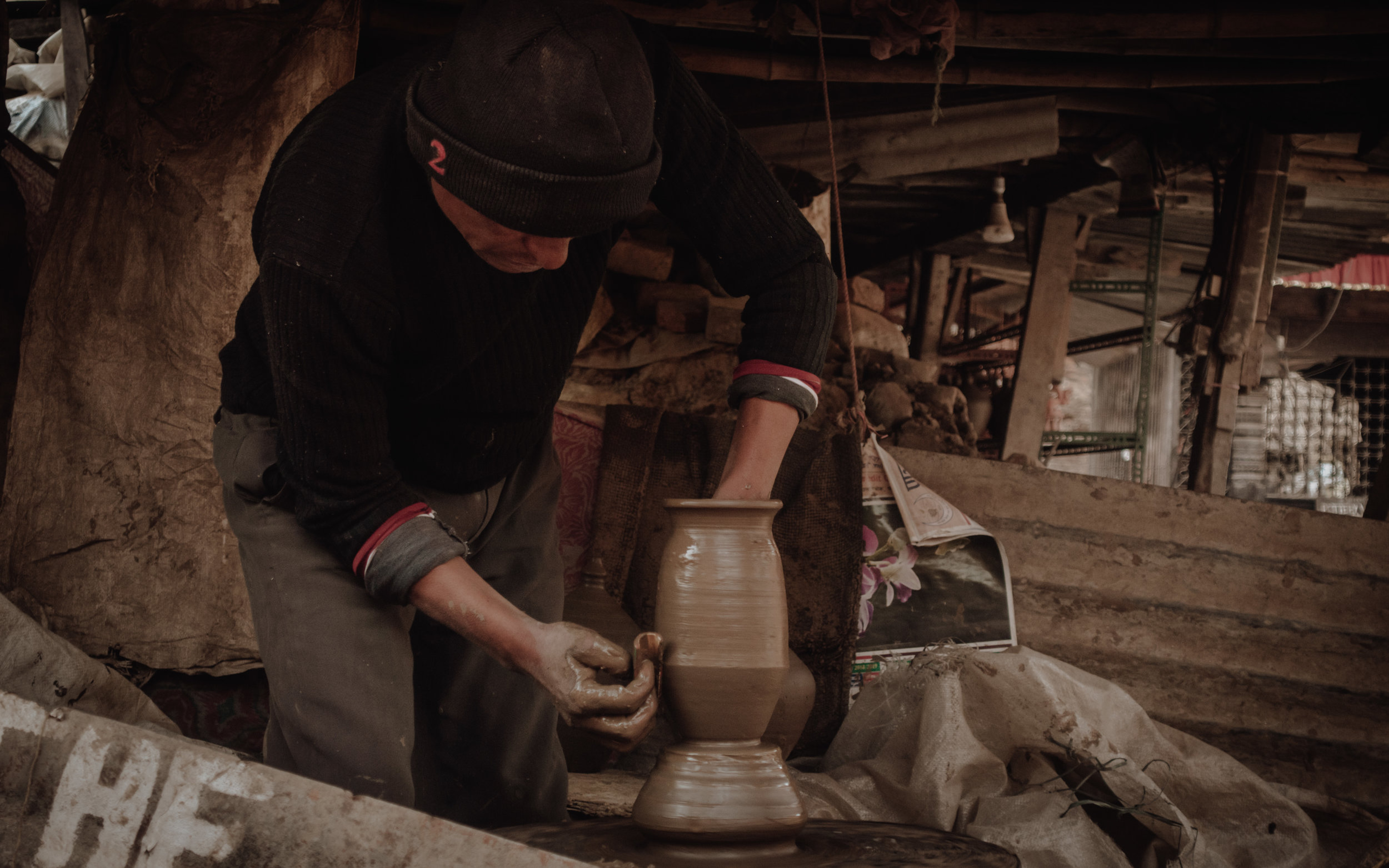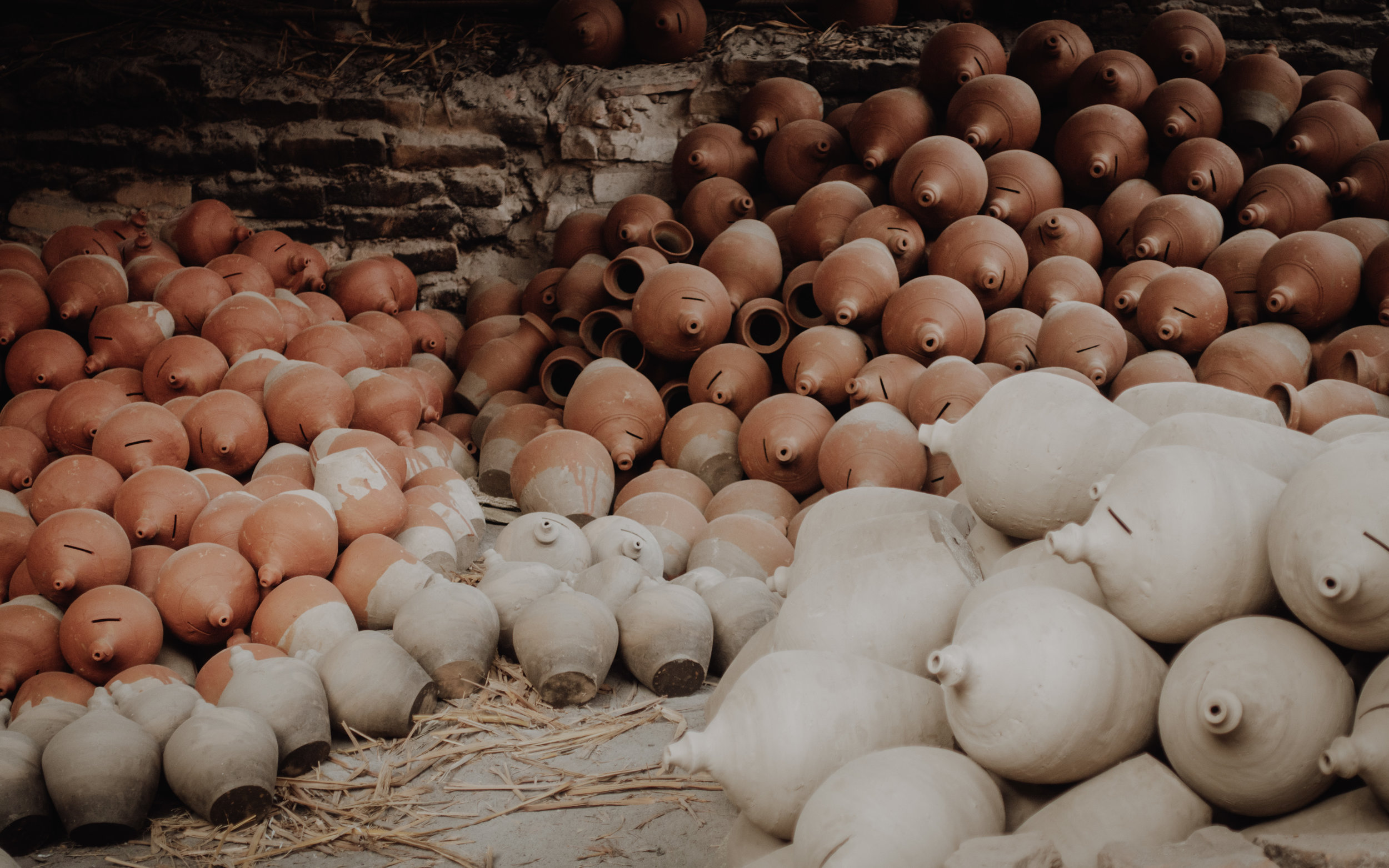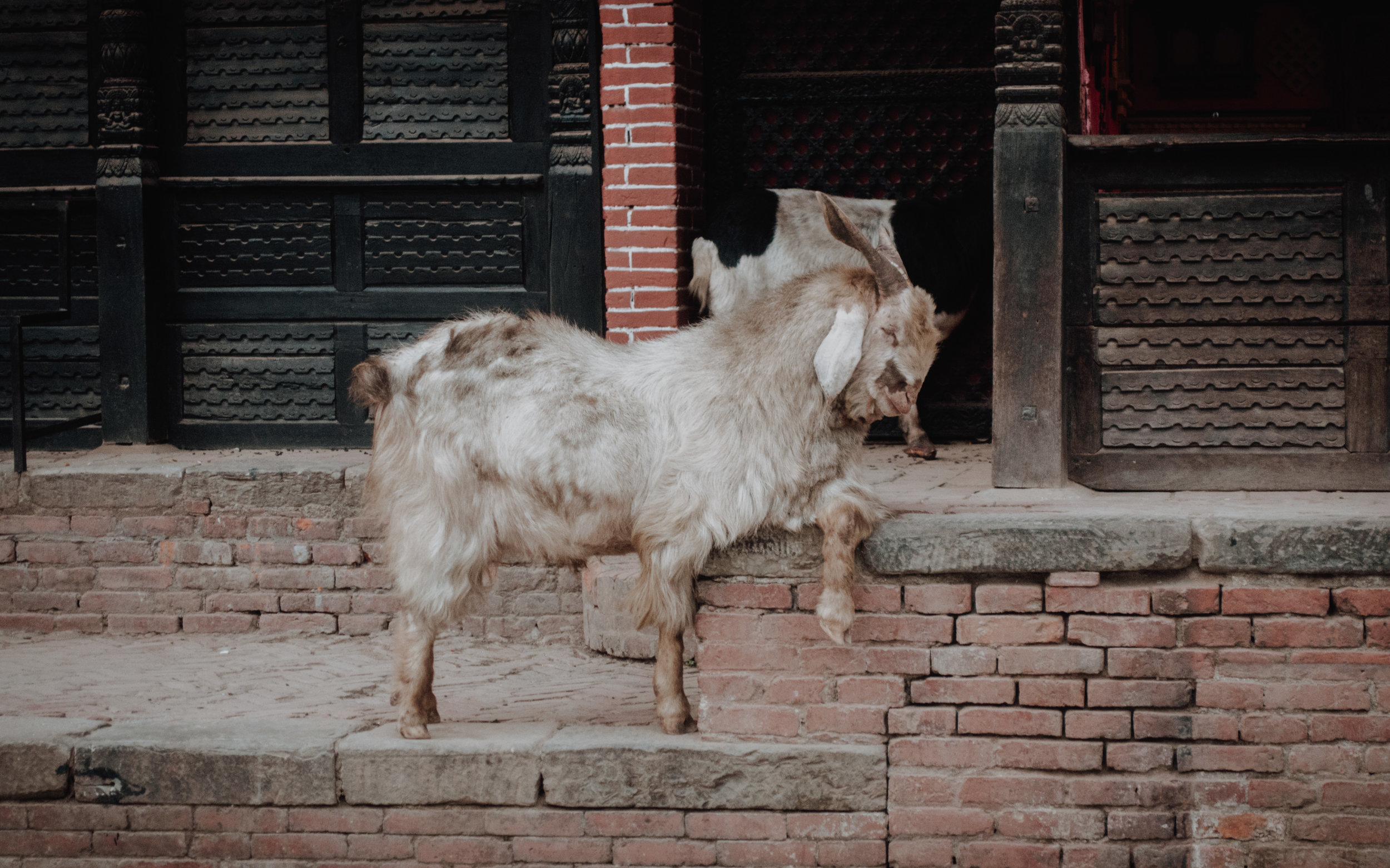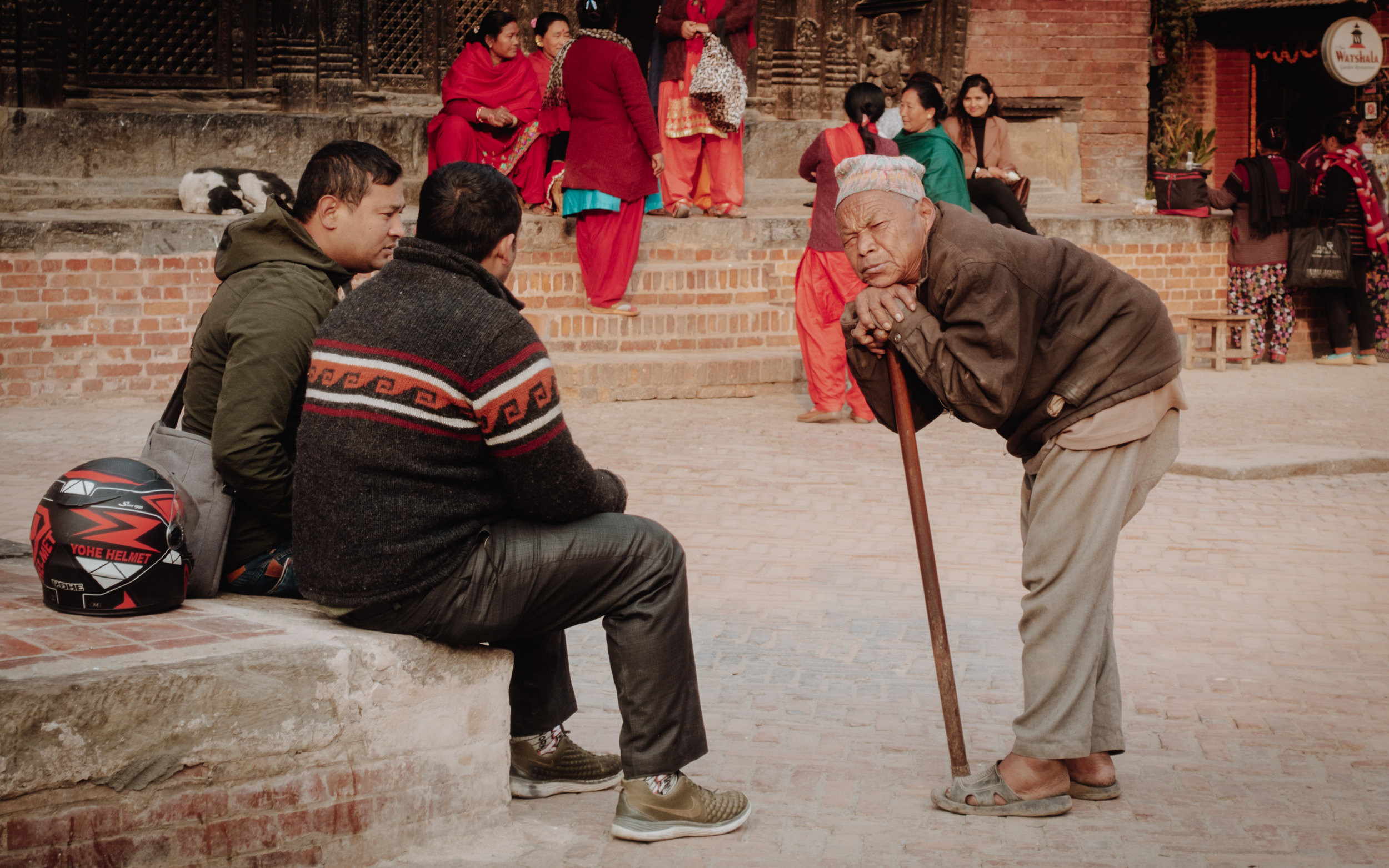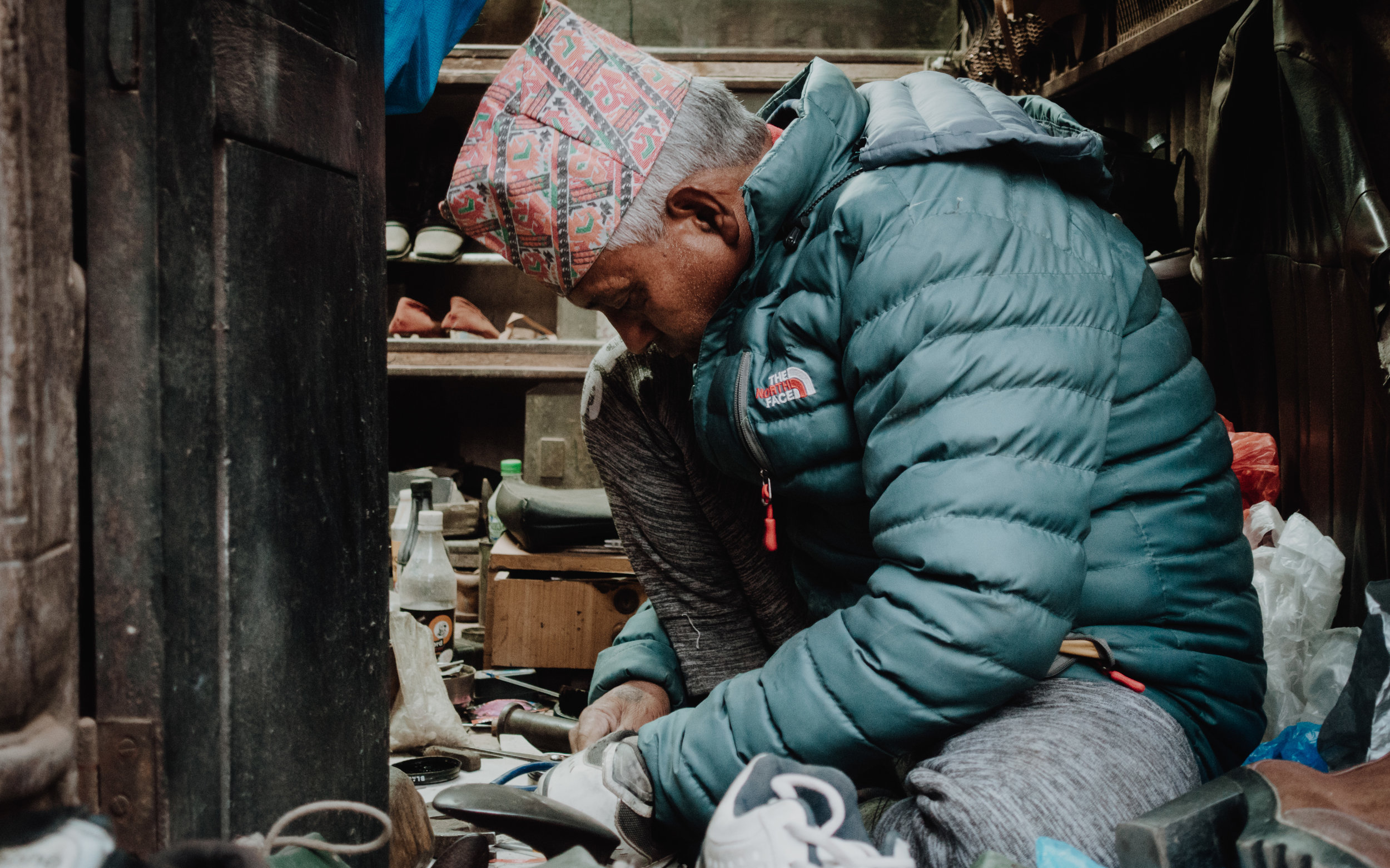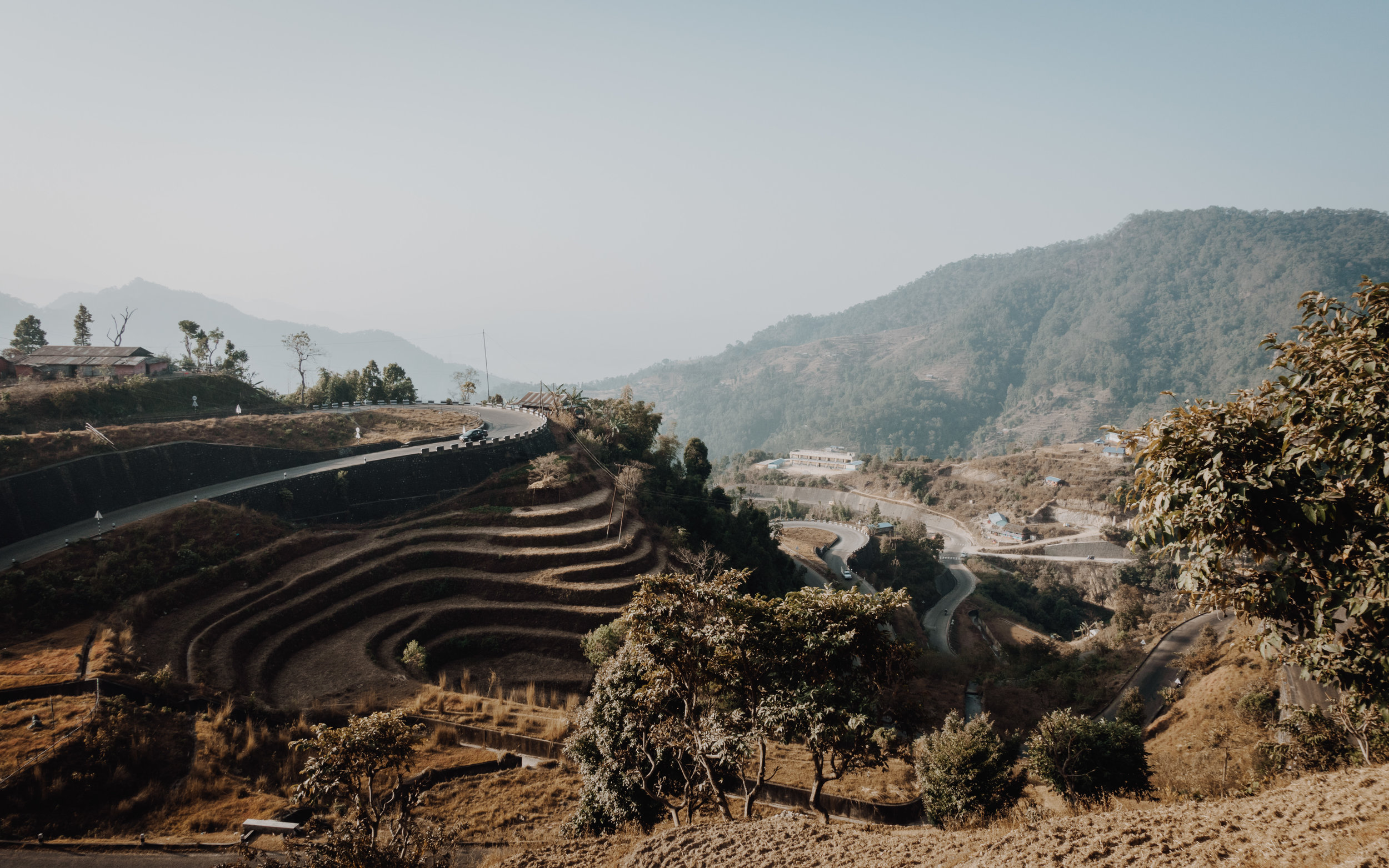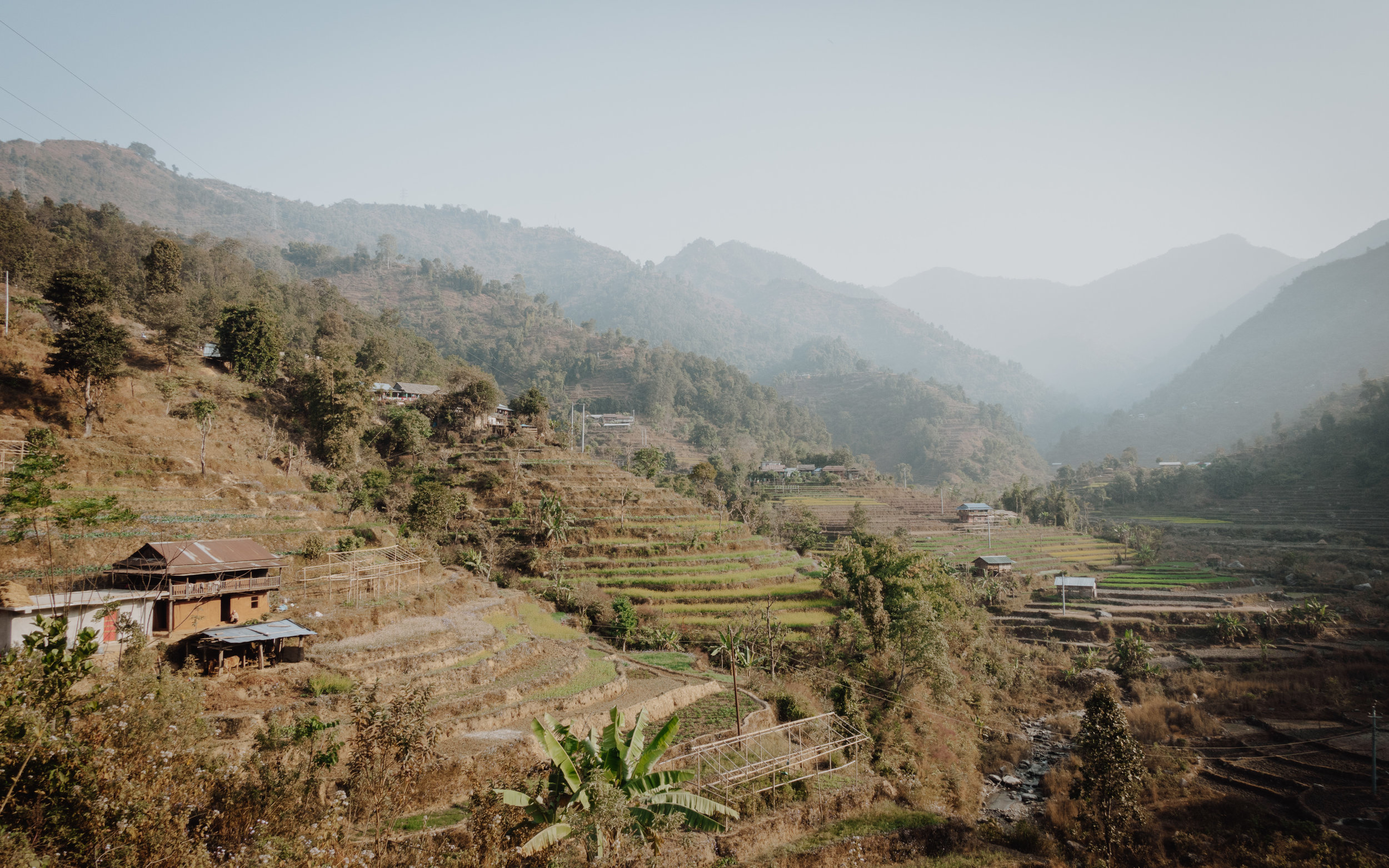This post covers our time in cycling through Nepal, from the far west to the far east. Our route took us through Bardiya National Park and to Lumbini, climbing up into the hills to Pokhara via Tansen, and finally into Kathmandu for New Year via Bandipur. We undertook the journey in mid-December and early January.
SUMMARY
As we were pressed for time (we wanted to be in Pokhara for Christmas and Kathmandu for New Year), we largely stuck to the main E-W highway. The road conditions on the whole for cycling exceeded our expectations. Western Nepal was our favourite to cycle: quiet roads and beautiful scenery. The middle is far dustier with many more fast-moving trucks and the east is less scenic. There are of course more picturesque routes however gravel tracks and tough inclines are to be expected. Food and accommodation was cheaper and easy to find, with many wild camping options - just beware of wild animals…
STORY
Pedalling into Nepal - country nineteenth - felt like a big moment for us both. Here we would be celebrating our seven-month bike anniversary, Matt’s 32nd birthday, Christmas and New Year. The first time I remember hearing of Nepal was back in school when a trip was organised (for those who could afford it) to help build a school there. It sounded so exotic. I guess I ended up taking the long route, by waiting 12 years and cycling there instead.
Following almost two months in India, Nepal provided a welcome respite. Nepal is about 22 times smaller than India in size, with a population of 29 million versus India’s 1.3 billion. The two countries share a lot of cultural similarities and both are Hindu majorities. From a cyclists perspective here are some of our own ‘facts’ we’d like to share in comparison to India.
There are:
95% fewer motorists driving on wrong side of the road
50% slower driving
80% more females in public
90% more females riding bicycles
70% less horns (more toots than aggressive horns)
85% more beer shops
10% less spitting or hawking (but just as revolting)
And so on and so on.
A different kind of cyclist
The first task once over the border was obtaining our visa. We had read they had to be paid for with crisp American dollars. I’ll spare you the details but the long and short is: this is true. You cannot pay on card (contrary to what Indian immigration told us). Finding dollars in the town in Nepal is next to impossible (contrary to what we had been told). We were eventually allowed to pay in local currency but were charged 20% extra by Immigration, apparently to cover their costs to convert it to dollars.
When we were eventually in the country, the shouts of “Hello” from giggling school kids soon lifted our spirits. The reception from locals generally felt far more relaxed than the often intimidating attention we had in India. The landscape was so vividly green and fertile. The misty cool early mornings quickly became our favourite part of the day to cycle. Camping was difficult at first and the signage declaring the presence of wild animals made us a little wary. Luckily in Nepal finding a guesthouse that would accept us as tourists and within budget was easy.
Smiling faces
Despite Nepal being regarded as a poor country, we were met with beaming smiles and generosity, evidence that there is little correlation between wealth and happiness. Locals seemed nonplus about a woman riding a bike (rather than carried on the back of one). In fact, lots of women here were riding bikes and scooters. Men wear the traditional Dhaka topi, a brimless hat symbolic of Nepalese nationality. Like in India, there are as many women doing hard labour as there are men. People are shorter in height. We found this out because Matt walked into countless door frames.
Men wearing the Dhaka topi
Roadside eateries outside of cities serve only dahl bhat (all-you-can-eat rice and cooked lentil soup), momos (steamed or fried dumplings) or chow mein. A typical dining experience would be as follows: we’d sit down at a roadside cafe. Locals surprised to see us would stare whilst a worker slowly approached to take our order. We’d struggle over a game of charades trying to order something vegetarian. A token English-speaking local would then appear out of nowhere, which would immediately diffuse the situation. The whole atmosphere would then change and we’d all be best friends and taking selfies, whilst the English speaker translated our story.
Male and female labourers
The first stop we made in Nepal was to visit Bardiya National Park: home notably to Bengal tigers, elephants and rhinoceros. We stayed at Nepal Wildlife Resort which allows camping, useful for those on a budget. They promote walking over jeep safaris here to protect the wildlife and they did in fact campaign for it for over a decade prior to it being recently implemented. The staff made our stay here pretty unique - along with one particular guest Seb from Bristol (@life__of_seb). Here’s why. We woke early for our walking safari with our guide Bali. Less than thirty minutes in, we heard the Vervet monkeys give their alarm call warning of a predator. Then came the roar of a tiger closer than I’d have liked it to be. We were instructed to run in the opposite direction towards the bank where we’d have protection (yes, I was panicking a lot at this point). The dry riverbed also commanded a good view giving us a high chance of seeing the big cat.
Here we joined up with another group from our hotel led by Baba, the self-proclaimed tiger king and the guide everybody wanted (@wildplanet_photography). The group included Seb from Bristol and a guy from the Netherlands, Jillian. Baba instructed us all to start walking along the riverbed, towards the roaring. It was then that half the group, Matt included, saw the female Bengal as she lifted her head above the grass before quickly retreating. We’d pushed our luck getting too close and scared the tiger away. King Baba felt the burden of his mistake and so made it his mission to ensure every one of us saw another tiger before the day was through. I am happy to report that we did in fact see another Bengal later that day and it was worth our patience (thanks to Jillian for the photograph!).
Copyright @jilliangroeneveld
In the late afternoon sun, two deer we were observing suddenly scattered, the monkey alarms soon following. At that moment, a male tiger stepped out of the tall grass and into the river around 150m away. He rolled around cooling himself off in the water before stalking confidently back into the bushes. The whole group was ecstatic and quietly cheering to the days events. Seb instructed a ‘Tiger party’ to commence that evening to celebrate. He, along with a few other guests, had spent five unsuccessful days in the jungle before that point so had reason to celebrate. It made us realise how lucky Matt and I had been on our first and only day. The party took place at a surprisingly polished bar in the middle of nowhere, complete with lasers, plasma TV backdrop, lots of alcohol and loud music. We played ‘Ring of Fire’, drank too much beer and danced Nepali-style to Baba’s favourite song. All fun and games until you wake up the following day with a stinking hangover, don’t leave until midday and only manage to cover 50km on pan-flat roads.
Camping with the locals
Our next port of call was Lumbini, said to be the birthplace of the Lord Buddha. The area is 4 square miles and therefore too big to walk around in a few hours. Ironically, the least interesting part was the building said to be where Lord Buddha was born.
Lord Buddha was born at this spot (apparently)
The following day was Matt’s 32nd birthday. We wanted to make it to a hill-town called Tansen to splurge on a ‘luxury’ hotel. This meant 8,800ft of uphill ascent over a distance of 60km. We commenced the celebrations with cake at a big supermarket in the city of Butwal before we started climbing. The road from this point started out extremely rough and dusty. Thankfully the road conditions improved and after a seriously testing day in the saddle, we made it to the town. We chose the best looking hotel, which included no shit on the walls, clean sheets and a hot shower, along with a mattress and pillows that had some give. Tansen has an interesting history and was an important trade route between India and Tibet in the 18th century. The streets are steep and narrow, lined with Newari-style shops, which made for an interesting descent the following day.
Thirty-two and happy!
The road from Tansen to Pokhara was really stunning, a winding cliff road with a backdrop of impressive terraces. We also managed to get our camping mojo back. Generally speaking Nepali people do not care at all about foreigners camping anywhere. One experience however drew more attention than we’d have liked (despite the spot being chosen for its apparent secluded nature). We waded through a quiet river to a spot on the opposite side. After we’d pitched the tent, it was apparent that we’d camped next to a popular path for school kids. Children walked by shouting over to us, asking questions and stopping to observe us cooking dinner. Some older locals told us to be careful as the spot was popular with local drunks. One guy even offered us a place to stay but we politely declined, insisting we’d be fine. We were awoken that night by said loud drunk people but they were by no means threatening and soon cleared off.
Beautiful terraced fields
We chose to spend Christmas in Pokhara, the second largest city in Nepal. It is a relaxed city situated around Phewa Lake with the stunning Annapurna Mountain range rising above. Emil (@theoddtrip) happened to be there at the same time, so we spent the festivities together. These consisted of a screening of True Romance at the outdoor Movie Garden, pancakes by me on Christmas Eve morning, a boat trip and hike up to the World Peace Pagoda on Christmas Day, followed by pizza and Home Alone. We decorated the bikes with gifts we’d bought one another, sampled Emil’s homemade Danish Christmas dessert, and of course devoured lots of happy-hour cocktails.
Christmas mug shot (+ Annapurna mountains)
Next up was Kathmandu for New Year. Arriving at the turning to the highly-regarded town of Bandipur, we decided to head up there for a night before continuing towards the capital. The uphill climb was some of the steepest we have endured and requiring me to push my bike up part of the way. The 8km ascent took us two hours to complete but it proved to be worth it. The hill town is a well-preserved Newari town complete with a car-free cobbled streets and traditional wooden architecture. It felt more like France than Nepal with charming cafes and guest houses decorated with hanging baskets. We woke early the next morning to complete a short hike up to a viewpoint to watch the sun rise over the Himalayas.
Sunrise in Bandipur
The road to Kathmandu was a dusty uphill slog, with many truck-surfing attempts to get us quickly to the top. The chaotic cycle through the city to our hostel earned us a rewarding hot shower followed by a big plate of trashy Western food. In fact much of our stay in Kathmandu involved food. I can safely say the weight we drastically lost in central Asia has found its way back to our bodies quite comfortably.
Pizza on Christmas Day
Aside from resting and eating, we enjoyed fighting our way around the markets in old Kathmandu, witnessing a traditional Hindu cremation ceremony at Shree Pashupatinath and celebrating New Year with hostel friends. Whilst we were waiting for our second Indian visa to be processed (the whole affair was a shambles but I will not bore you with it), we decided to go on a 5-day trek in the Langtang Valley. After all, you cannot come to Nepal and not go trekking. It can get expensive here but we were determined to complete it within budget and with only the gear we had. This included taking just our 10lt daypacks, basic trainers, a sleeping bag and our thin down jackets, with a cheap set of walking poles bought to share (these now double-up as bike stands - win). Despite it being winter, our kit was perfectly adequate for the hike. We felt pretty smug with our neat backpacks as we marched past fellow hikers struggling with their 60lt packs.
Observing a Hindu cremation
The bus ride to the start of the hike in Syabru Besi was an adventure in itself. The distance of 150km took 8 hours by bus due to the terrifying road conditions which involved scaling a cliff edge. The plastic bags we had noticed strewn across the roads whilst cycling finally made sense to us. We had thought people were throwing out food but it turns out these bags are handed to passengers on the bus for puking into (or for depositing their spit).
Typical teahouse kitchen, Lama Hotel
The following day we commenced the hike up through the Langtang Valley to Lama Hotel. Accommodation is easy to find at one of the many tea houses dotted up the mountain. They provide warmth by the stove, hot food and a basic room for sleeping. The price of food increases as you make your way up the mountain, as supplies have to be carted up on the backs of porters. On the second day we were blessed with clear blue skies as we made our way above the tree-line and got our first view of the Langtang Lirung peak (7,227m). In the village of Mundu we took our first ‘shower’. This involved a bucket of lukewarm water and a bar of soap whilst we stood naked and barefoot on the cold stone floor in minus temperatures.
Looking back through the Langtang Valley
We reached Kyanjin Gompa at 3,870m by mid-morning the next day and decided to attempt the crown of the Langtang Valley, known as Tserko Ri (4,984m). This was a bad idea. The climb was so steep that I started to suffer with altitude sickness. As thick black cloud rolled in overhead, I chose to head slowly back down feeling pissed and defeated, whilst Matt continued on ahead. The views had been worth the failed attempt though.
That’s the top, right up there…
The descent the following day was interesting in thick fog and periods of scenic snowfall. We passed more heroic porters who, despite the weather, were heading up the mountain carrying lengths of steel on their backs. My handling of the bus journey back to Kathmandu was far less heroic.
Heroic mountain porters
We had paid for the same bus, however a mix up meant we found ourselves on a local bus taking a different route back to the city. The road was unpaved the whole way and our seats happened to be above the rear axel. We were thrown around like rag dolls from start to finish. The stress of being sat in constant tension was mentally draining, but the weird thing was not one Nepalese person seemed to find it even slightly irritating. After 8 hours we staggered deliriously off the bus back into the city.
Festive baby yaks
After waiting patiently and handing over an obscene amount of money for our second Indian visa, we received the holy grail stamp in our passports. We left Kathmandu and headed for the ancient city of Bhaktapur only 20km away. Bhaktapur is a UNESCO world heritage site which was badly affected by the 2015 earthquake. In the historic Durbar Square heritage buildings are still being repaired and rebuilt. We had some of the best momos here and sampled the Juju Dao (yoghurt ice cream) which is only made here.
Bhaktapur, Kathmandu Valley
The final leg heading east along the Highway H06 was a welcome surprise. Whilst the west had been green and flat, the middle was far dustier and the roads congested with trucks. The newly-built H06 was a cyclists dream with smooth tarmac, breathtaking views and impressive switchbacks, albeit an arduous climb. This was to be our final climb in Nepal before descending down to the flat plains of the east. After the highs of Christmas time (and the H06 highway), along with the subsequent lows of missing family, we started to feel quite demotivated towards the end of our time in Nepal. Having left the Kathmandu Valley, the poorer outer settlements of central Nepal seemed a far cry from the verdant lands of the West. The cycling had sadly ceased to interest us, the limited diet failed to entice us even on the hungriest of days and we were ready for something new. That’s when we met Rajan.
Meet Rajan (and that’s my bike).
Eating lunch in a small cafe, a local guy began to make conversation with us. He spoke great English and introduced himself as Rajan. It didn’t take long for him to show us his music videos on Youtube (he has a very good voice). Rajan lives in a small village just north of where we were and asked whether we would like to stay the night with his family. After kindly accepting his offer, he informed us that he was getting married the next day. A little taken aback we confirmed if it was okay for us to stay the night before his wedding. He casually replied that it was no problem and that he was in fact waiting for his fiancé to finish having her wedding henna. After meeting his fiancé Durga, they arranged for us to catch the local bus back to his village (with the bikes strapped precariously to the roof).
Rajan’s family home
Arriving at Rajan’s home, we met the whole family including nephews, neighbours and family dog. He gave us a grand tour of his extensive fields of homegrown vegetables, fruit, grains and animals. That evening they cooked dinner for us on the fire whilst we drank (too much) local wine. The night ended with the family inviting us to join the wedding the following day. We of course accepted.
Rajan + Durga (bride and groom)
Early the next morning I was led into a room with Durga and her sister-in-law to be dressed in a beautiful emerald green saree. I was lent earrings, a beautiful necklace and they completed my outfit with a traditional bindi. I felt amazing. Rajan’s mother kept looking at me with pride dressed in the saree, like I was her own daughter.
Scrubbed up okay!
Once the wedding party guests were all dressed, the twelve of us bundled into a car to drive the 30km journey to the local temple for the ceremony. The traditional ceremony was fascinating to witness, particularly as it was such an intimate gathering. This was followed by a meal at a local restaurant where we met more family and friends. It was such a great experience and we felt so honoured to be a part of it. The ease at which the family opened their door to us and the generosity they showed was very humbling. The Western world could certainly learn a lot from these people. B
Matt, Rajan + his wonderful family
To see more wedding photographs, click here or for our Nepal album, click here.
_____________________________
Current Stats (as of 18.01.19)
Total days cycled: 150/229
Total rest days: 79
Total distance completed: 9,300 Km
Weight gained post-Christmas: 4kg
-
March 2019
- Mar 26, 2019 Welcome to Nagaland: Cycling across North-east India Mar 26, 2019


